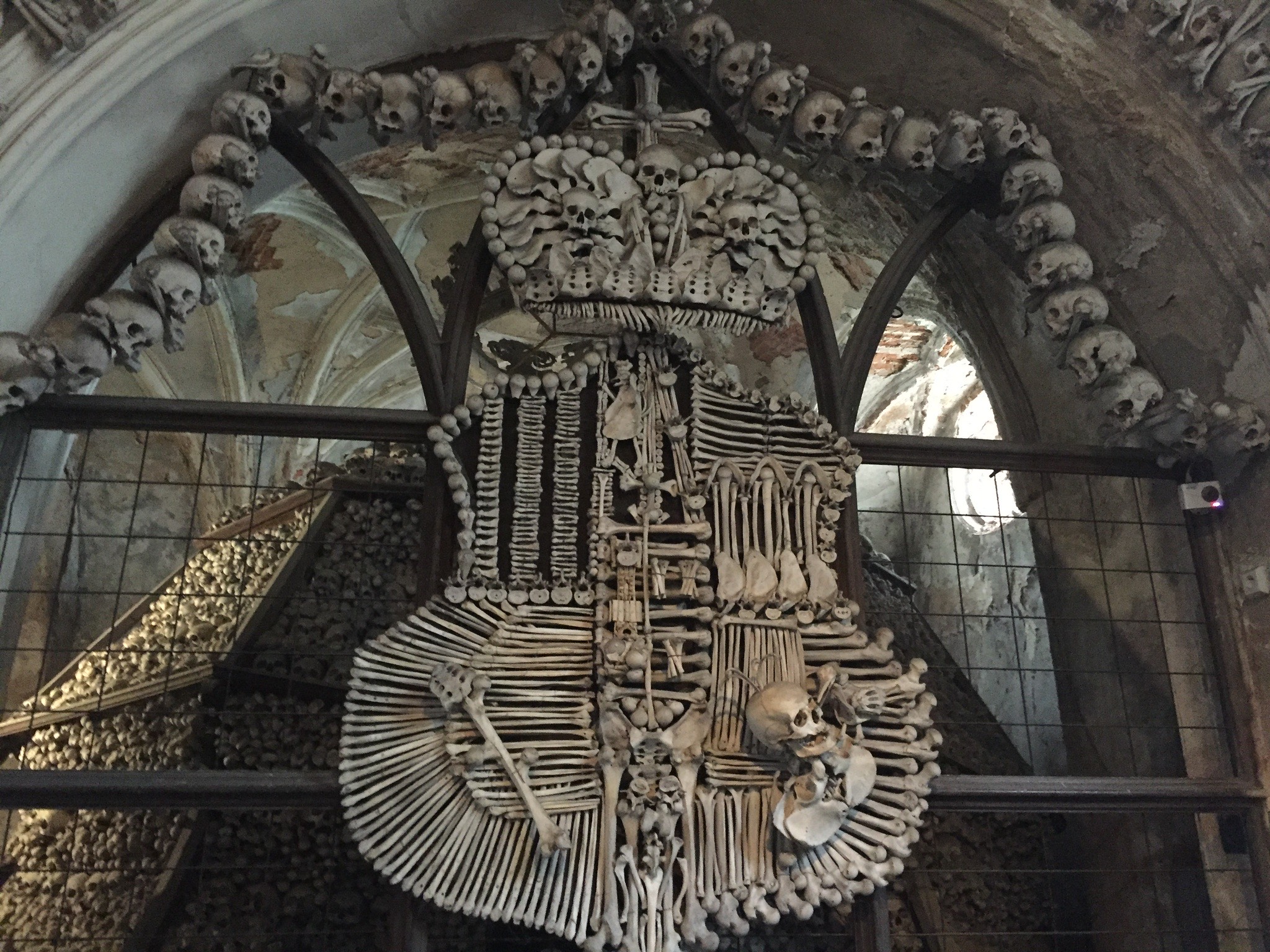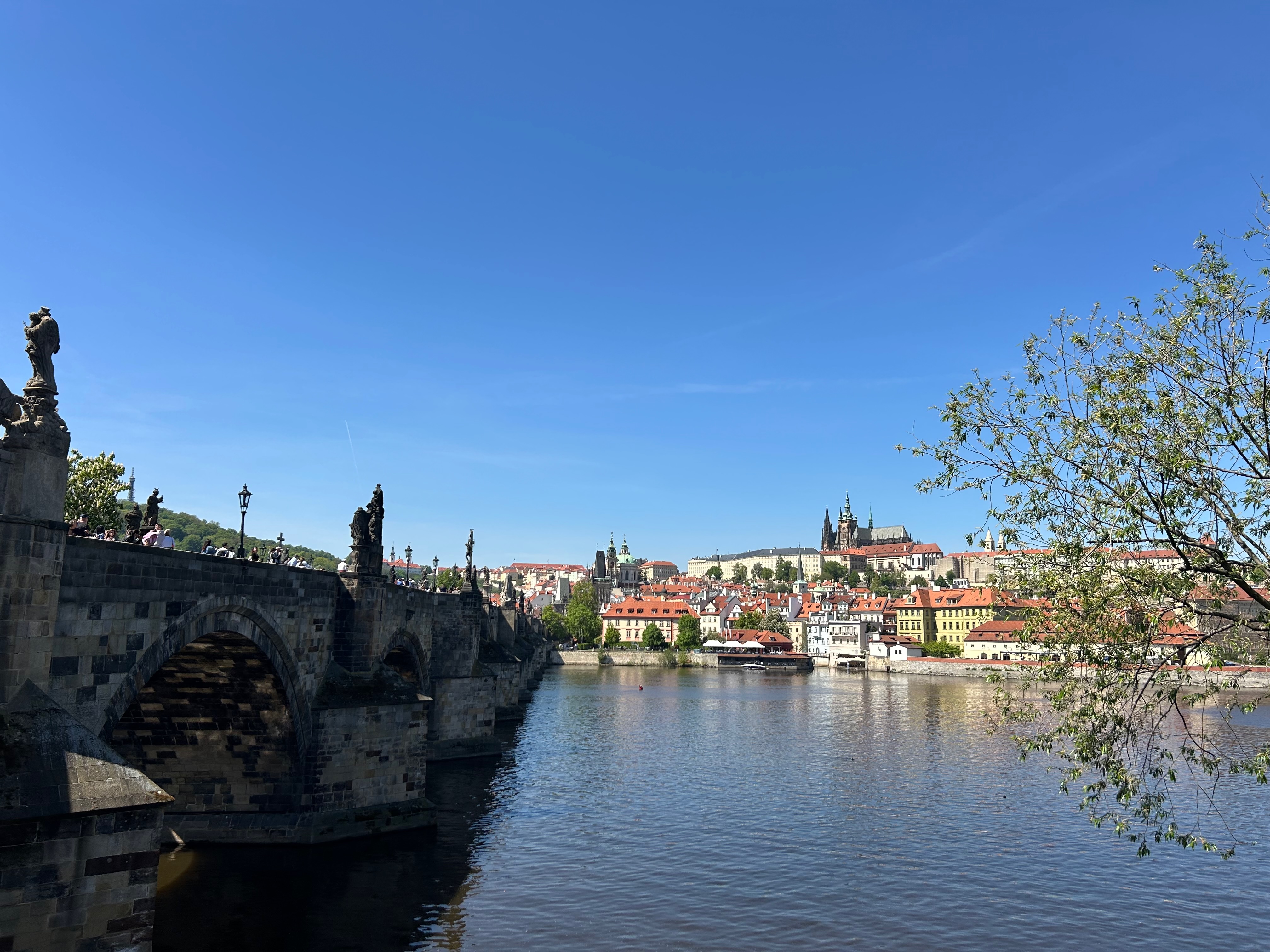
Czech Republic Bohemia

Many thanks to my employer (R) who allowed me the privilege to travel with flexibility. It’s a perk that I am so thankful for.
Some aspects of my Czech Republic trip that I found really unique:
- Formerly areas of Bohemia, Moravia, and Silesia, then many centuries under the Austro-Hungarian Empire, before succeeding as Czechoslovakia in 1918.
- One of the “Big 6” hockey countries; hockey is a point of political pride, like the 1998 Winter Olympics win over Russia in Nagano, Japan. A year prior to my visit in 2024, Czechs won the IIHF World Championship.
- There’s a large Vietnamese community; in the 1970s, Communist Vietnam sent many students to learn from European Communist countries. After the war, to repay the debt for aiding Vietnam, many indentured workers were sent to work in Czechoslovakia.
- “Good day” is “Dobrý den” in Czech; Czech marionettes are famous (second only to Italian ones), and I am so happy to have one as a souvenir; Uses the Czech Koruna as currency despite being in the EU.
- I was surprised by how much I enjoyed Czech food, like the goulash with bread dumplings, the duck with sauerkraut, and the pork knuckle.
- Because of all the religious conflicts, present-day Czechs are about 70% atheist, some even filling in Pastafarian as their religion.
Arriving in Prague
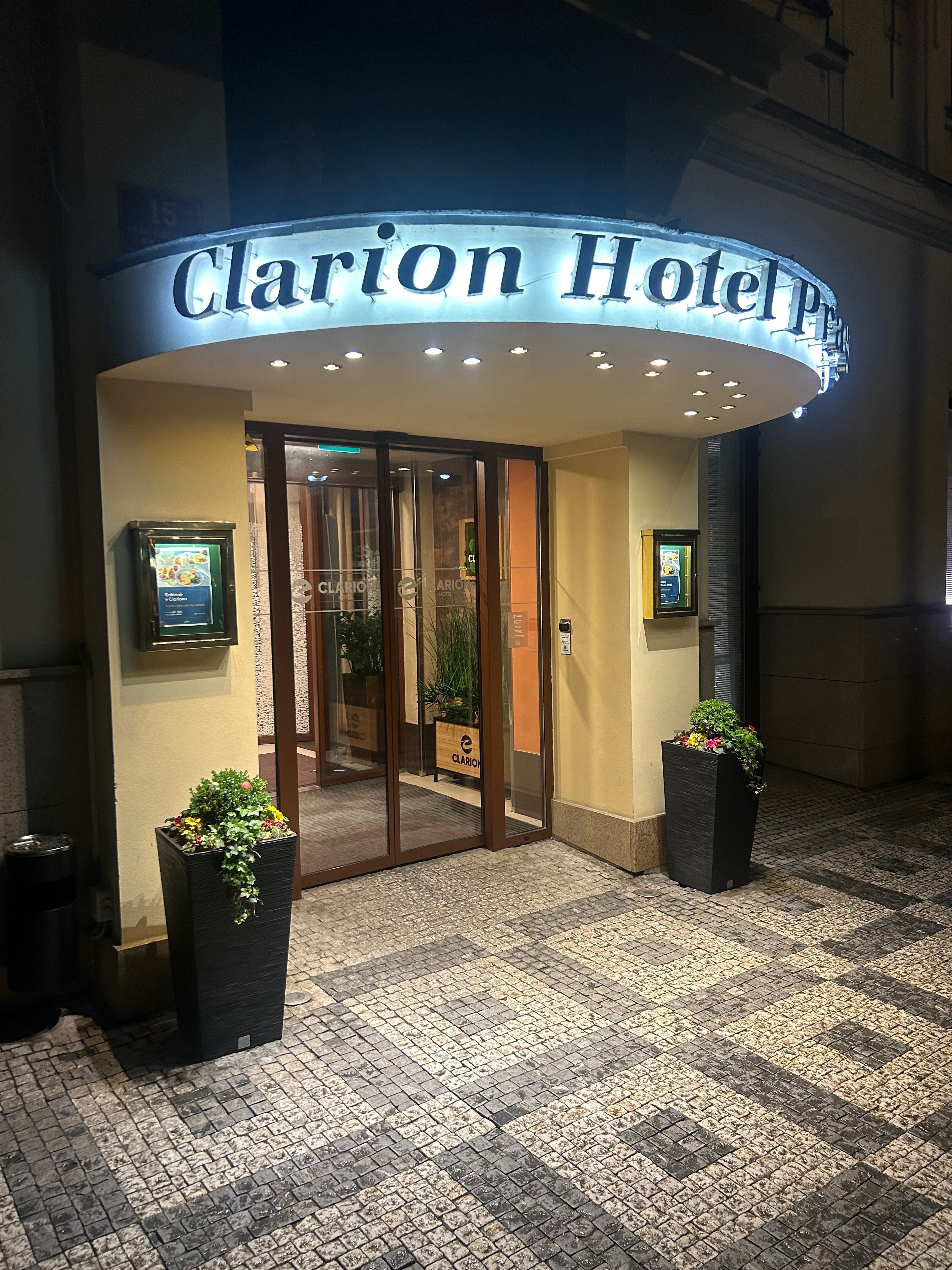
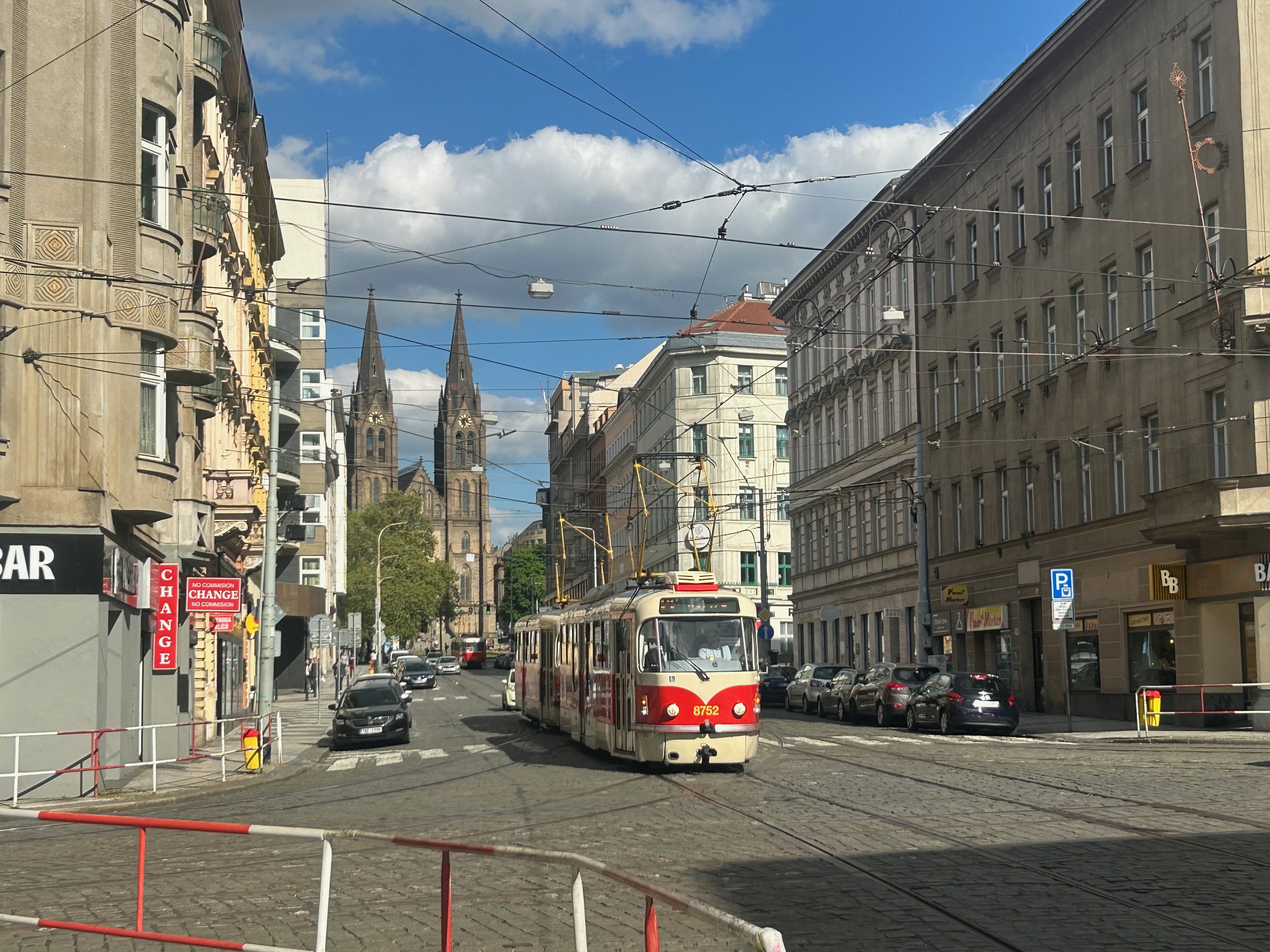
Arriving at the airport on Friday evening, I was pleasantly surprised by an Uber machine at the airport, and many black Uber cars painted with the word “Airport.”
I decided to take the bus. After transferring, I hopped on the tram to get to the city center. Almost immediately after we got on, the ticket checkers came in, and an Arabic couple got caught without a valid ticket, which led to heated arguments for the next five stations.
Imagine my culture shock when I visited a McDonald’s and the bathroom had a gate, which could be unlocked by credit card, or visiting KFC and seeing poke and boba on the menu.
Prague is zoned by numbers instead of neighborhoods. The zones 1–22 spiral out from the city center, Praha 1 (just like how Paris is zoned).
Day 1: Exploring the Greater Neighborhoods
Waking up extra early from jet lag, I meandered through the streets of Prague for the first time. The European beauty of Prague’s architecture immediately captured me.
I made my way across town, across Charles Bridge, then to the Saturday Farmer’s Market, before going back to the Metronome and more.
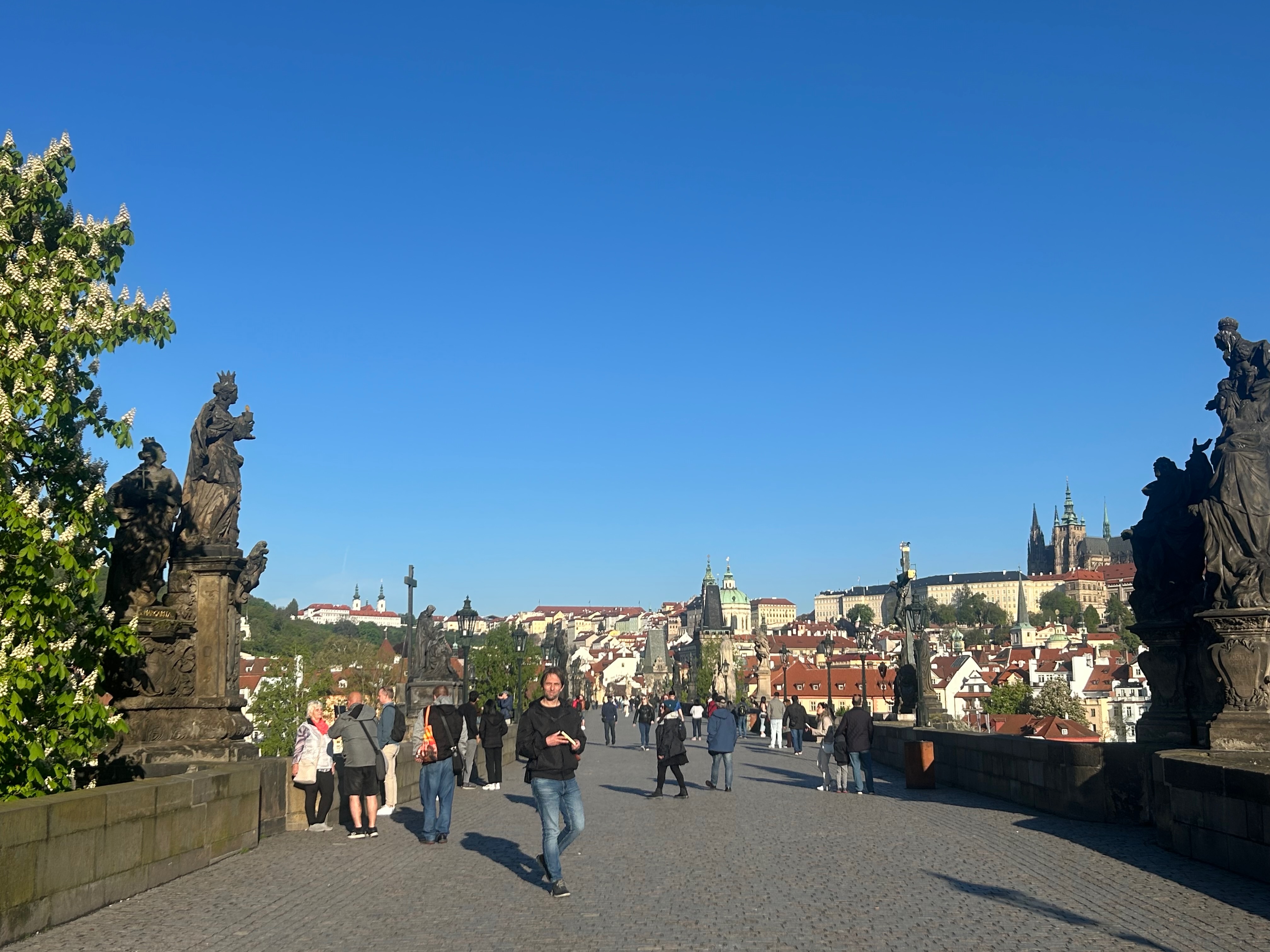
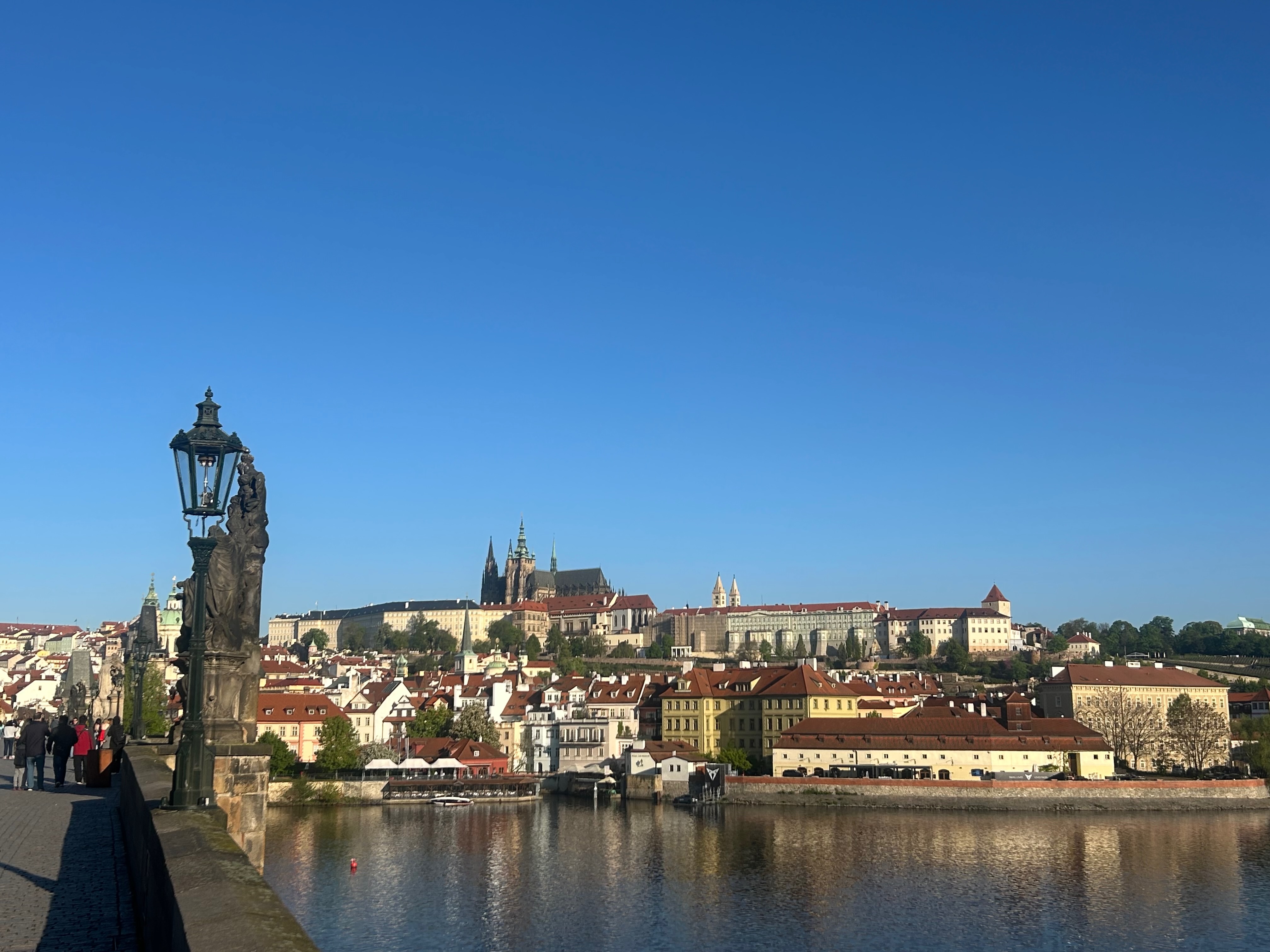 Walking across Charles Bridge with the magnificent statues, so much history from Charles IV to the Reformation to the Habsburgs to today.
Walking across Charles Bridge with the magnificent statues, so much history from Charles IV to the Reformation to the Habsburgs to today.
Built by Charles IV, the Charles Bridge is magnificent and full of statues. The Prague Castle is serene, and the mix of architectural styles is amazing. On the bridge, despite the tourists and vendors, you can see such beauty from all sides.

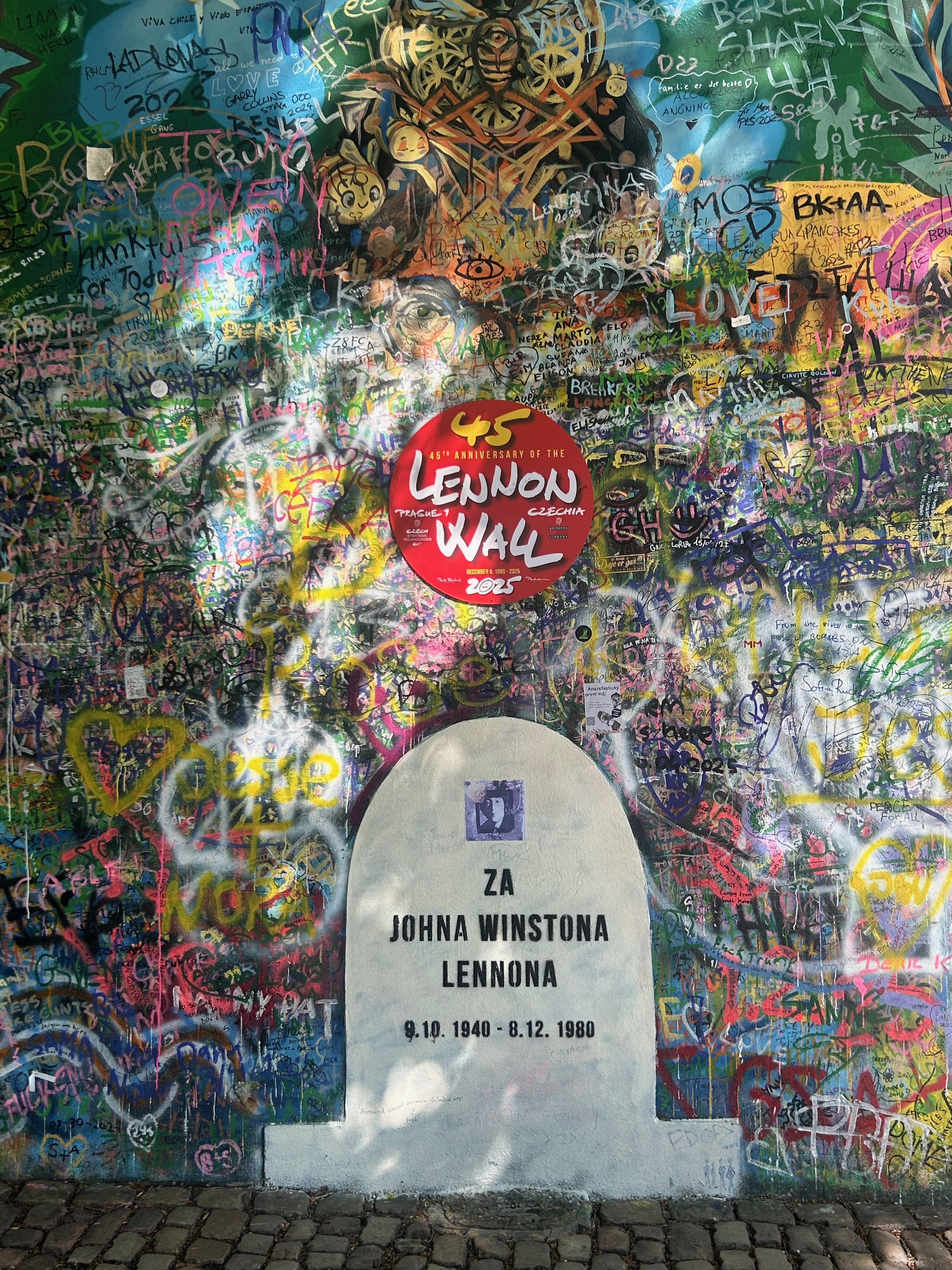
The Lennon Wall is super special, despite John Lennon never visiting. During the Communist era, Western music was not easily accessible, and the Beatles’ songs about peace, like “Let It Be,” became an instrument for the youth and rock and roll artists to defy the authorities and express their discontent. The walls have been painted over and over; unfortunately, today, you can no longer write on the wall as it has become such a tourist attraction.

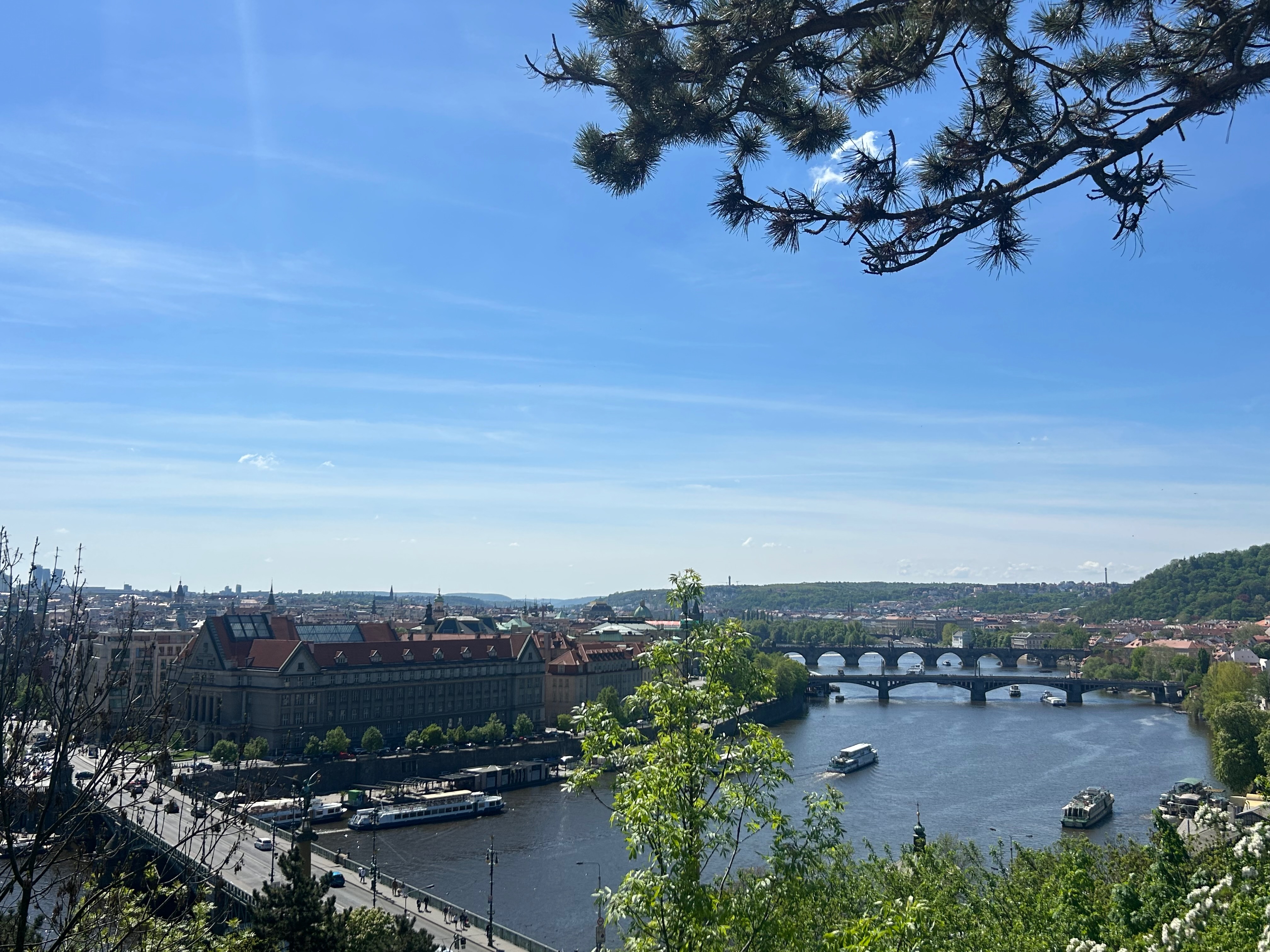 There are many vantage points for soaking up the city’s views.
There are many vantage points for soaking up the city’s views.
In the afternoon, I tried the amazing goulash at a fairly local restaurant away from the city center. The dumplings, like Chinese mantou, were amazing for soaking up the goulash’s sauce.
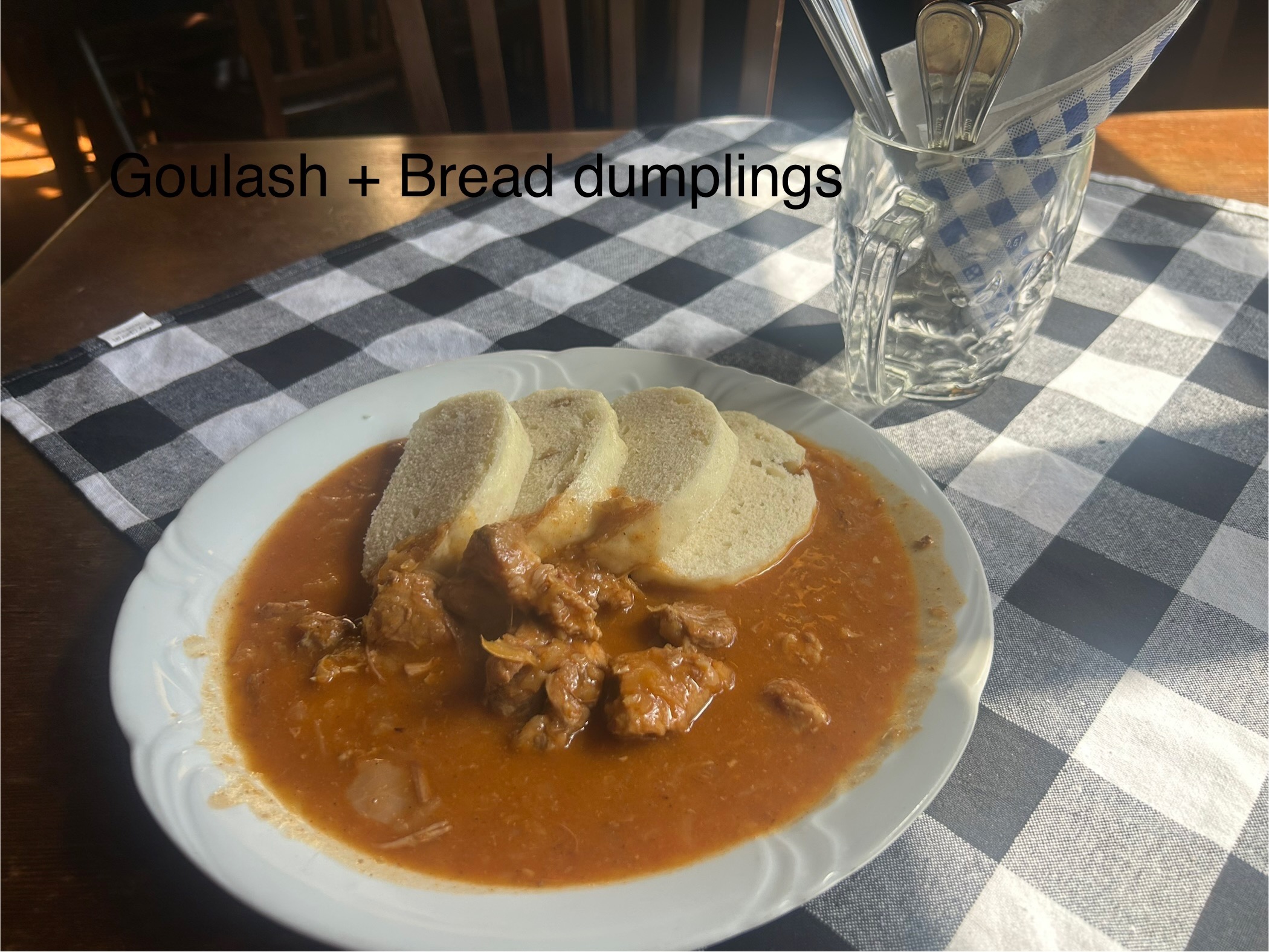
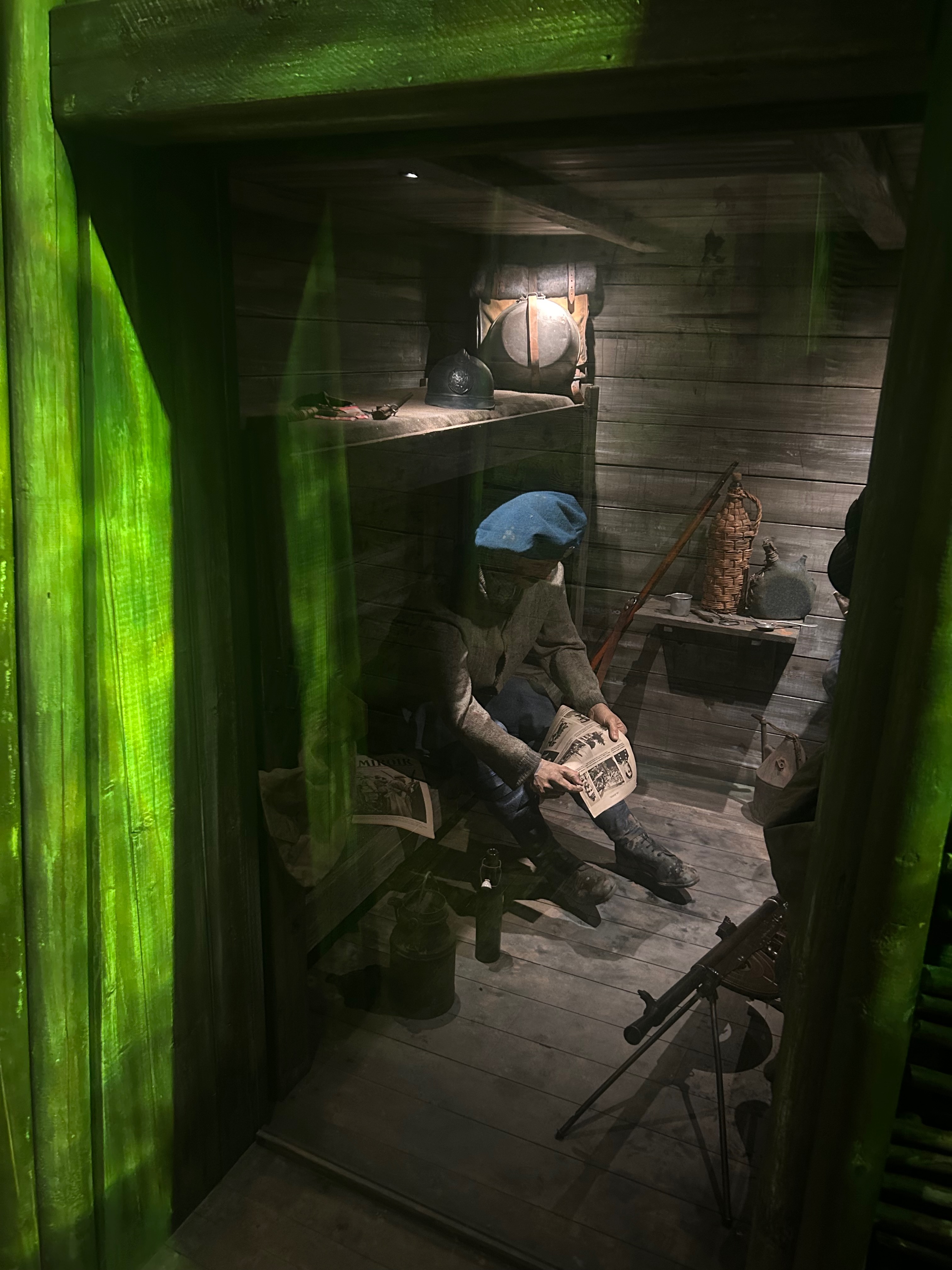
I then visited the military museum. I learned about the Czechoslovak Legion’s story on the Trans-Siberian line as the country fought for independence and battled the Bolsheviks in Russia.
I spent a lot of time soaking in details of how Czechoslovakia prepared for WWII with very advanced tanks and machinery, but ultimately surrendered the Sudetenland and became a protectorate of the Third Reich in 1938 with almost no resistance.
Czech Marionettes
Czechs are famous for their marionettes. Just watch this marionette show of Mozart’s famous Don Giovanni.
The puppets are so life-like, telling unique stories.
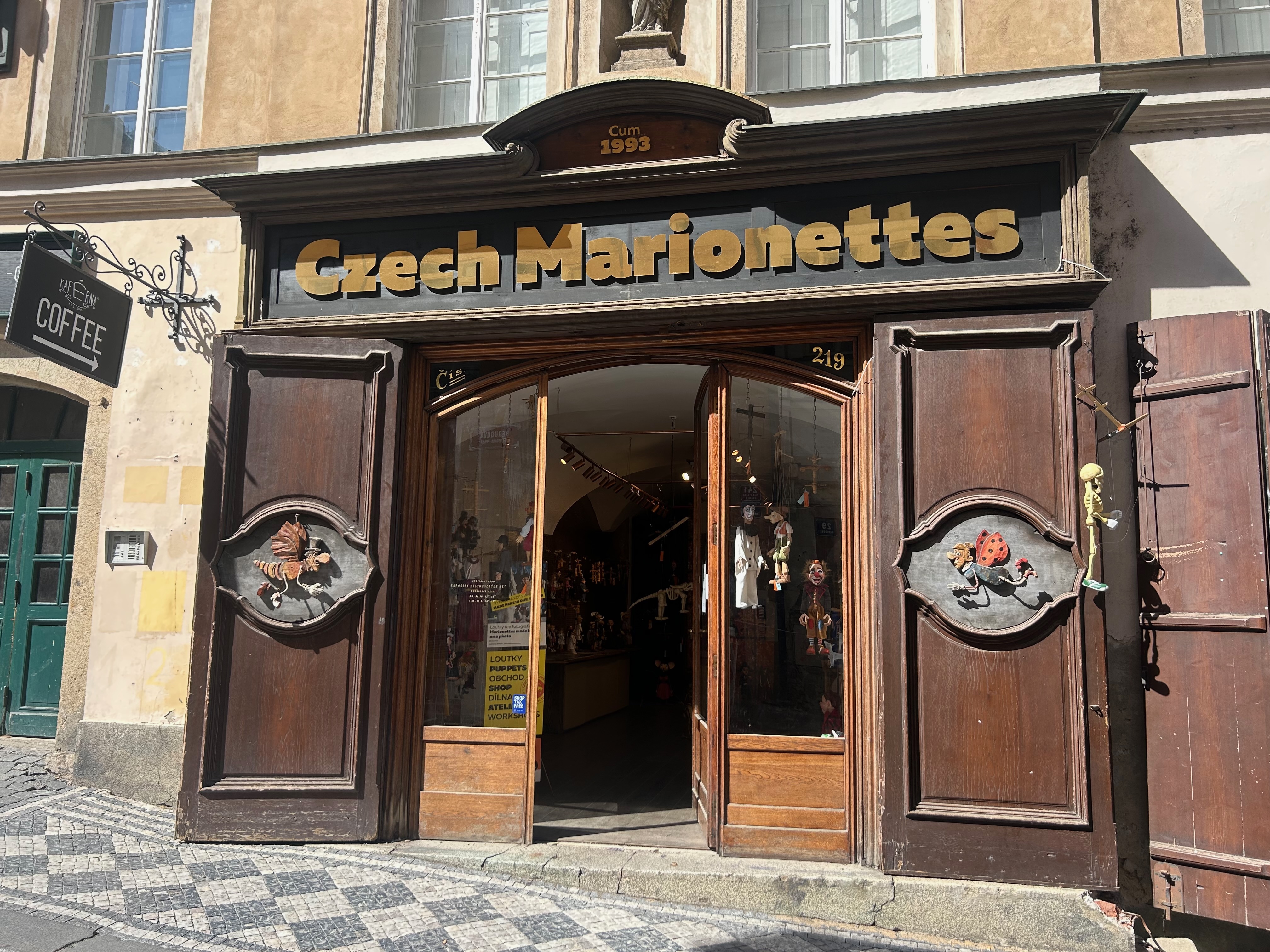
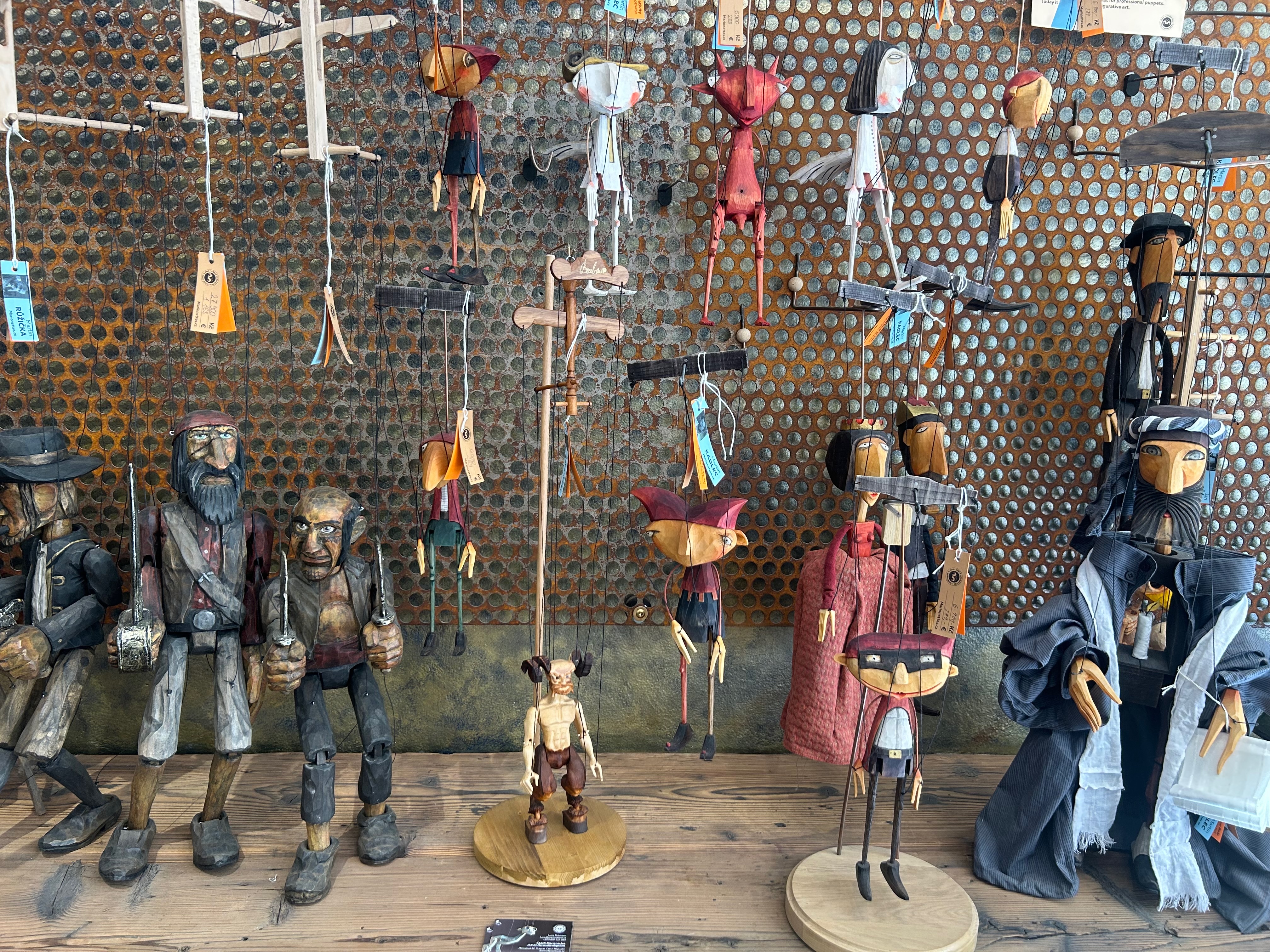
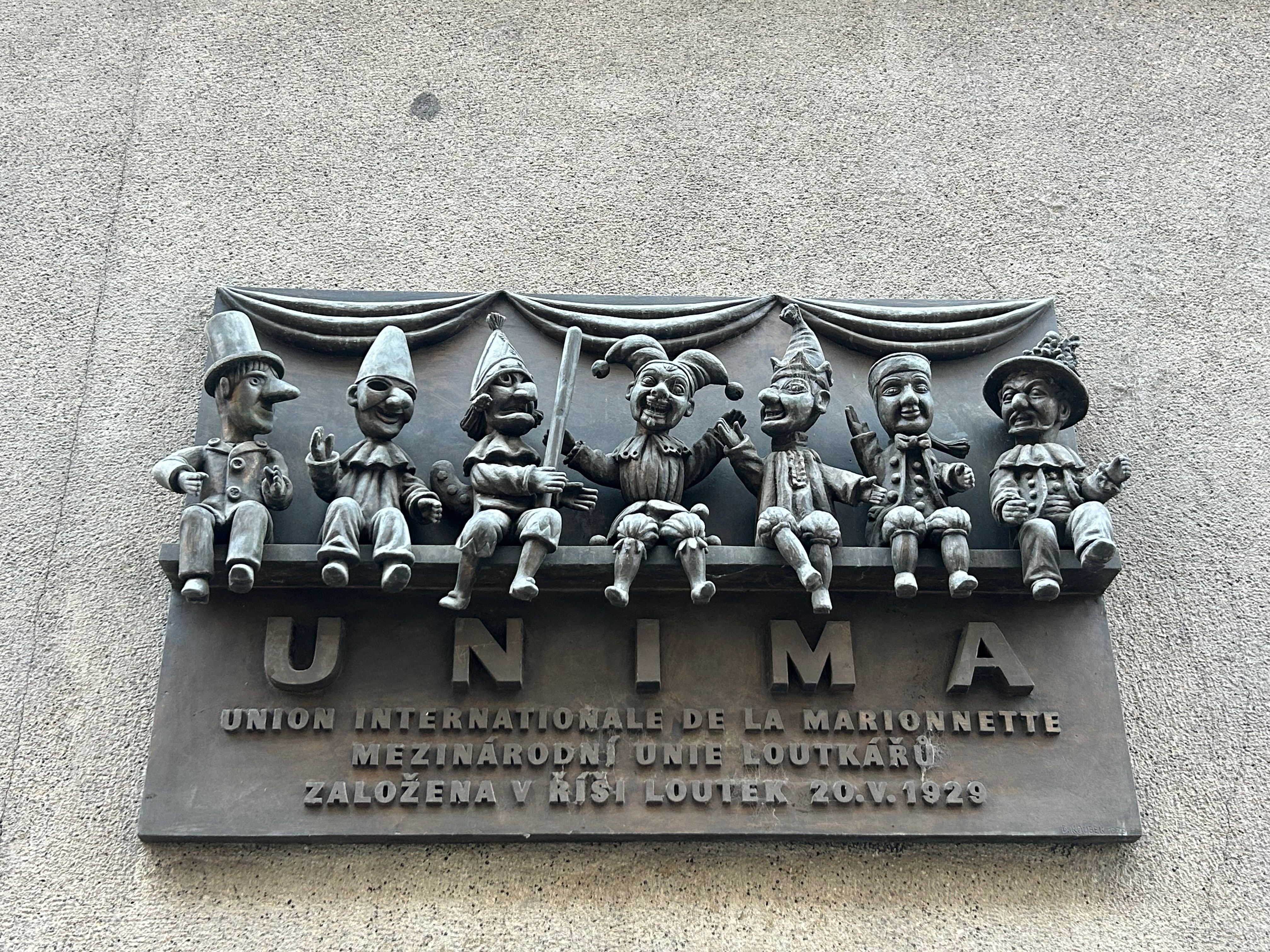

I am so happy to visit the Czech Marionettes store, which I had watched prior to visiting Prague by watching Youtube.
I got a marionette for myself themed after a man drinking Pilsen beer, and got Ms. Q a soldier marionette with a sword.
Day 2: Trip to Cesky Krumlov
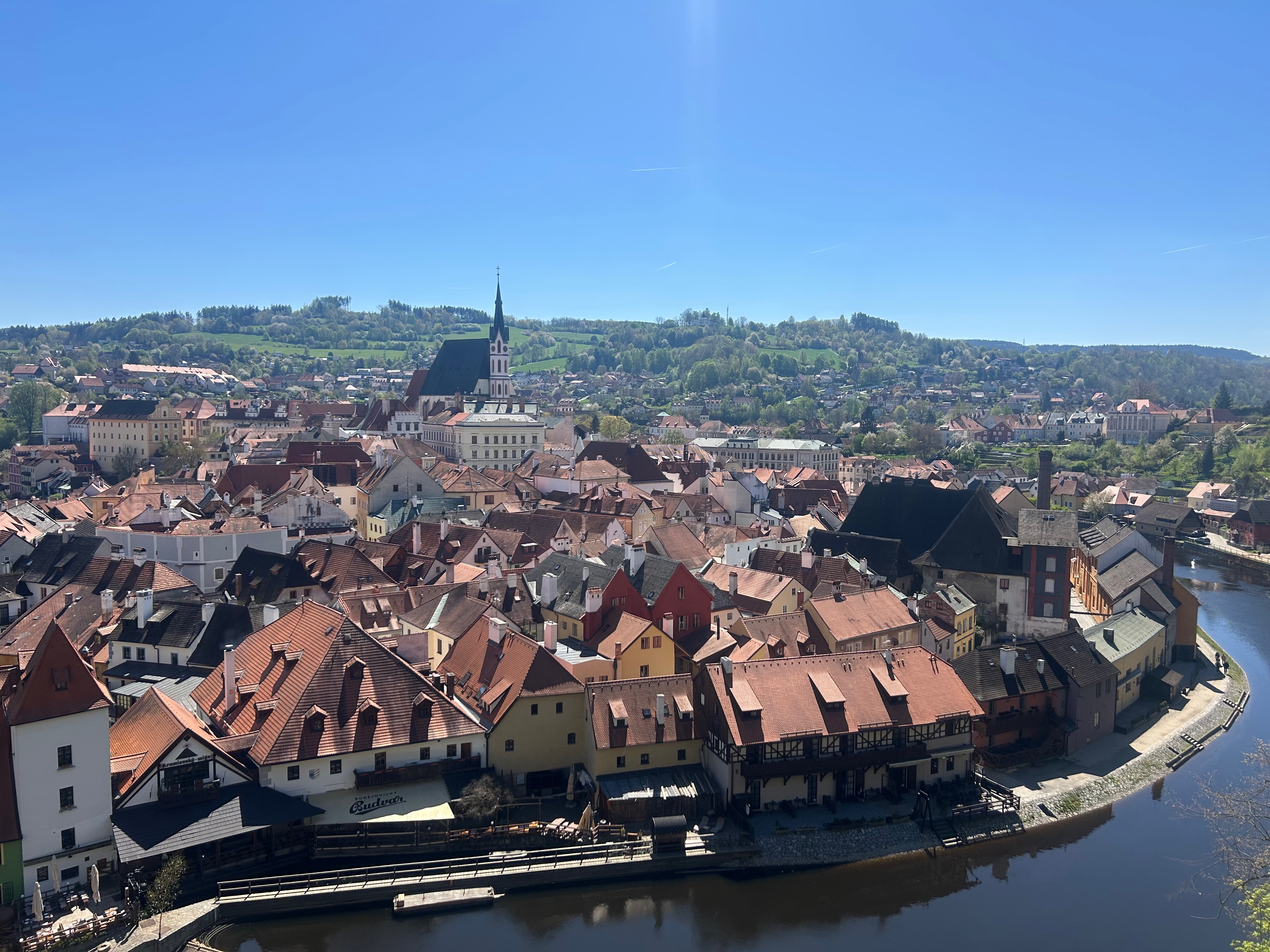
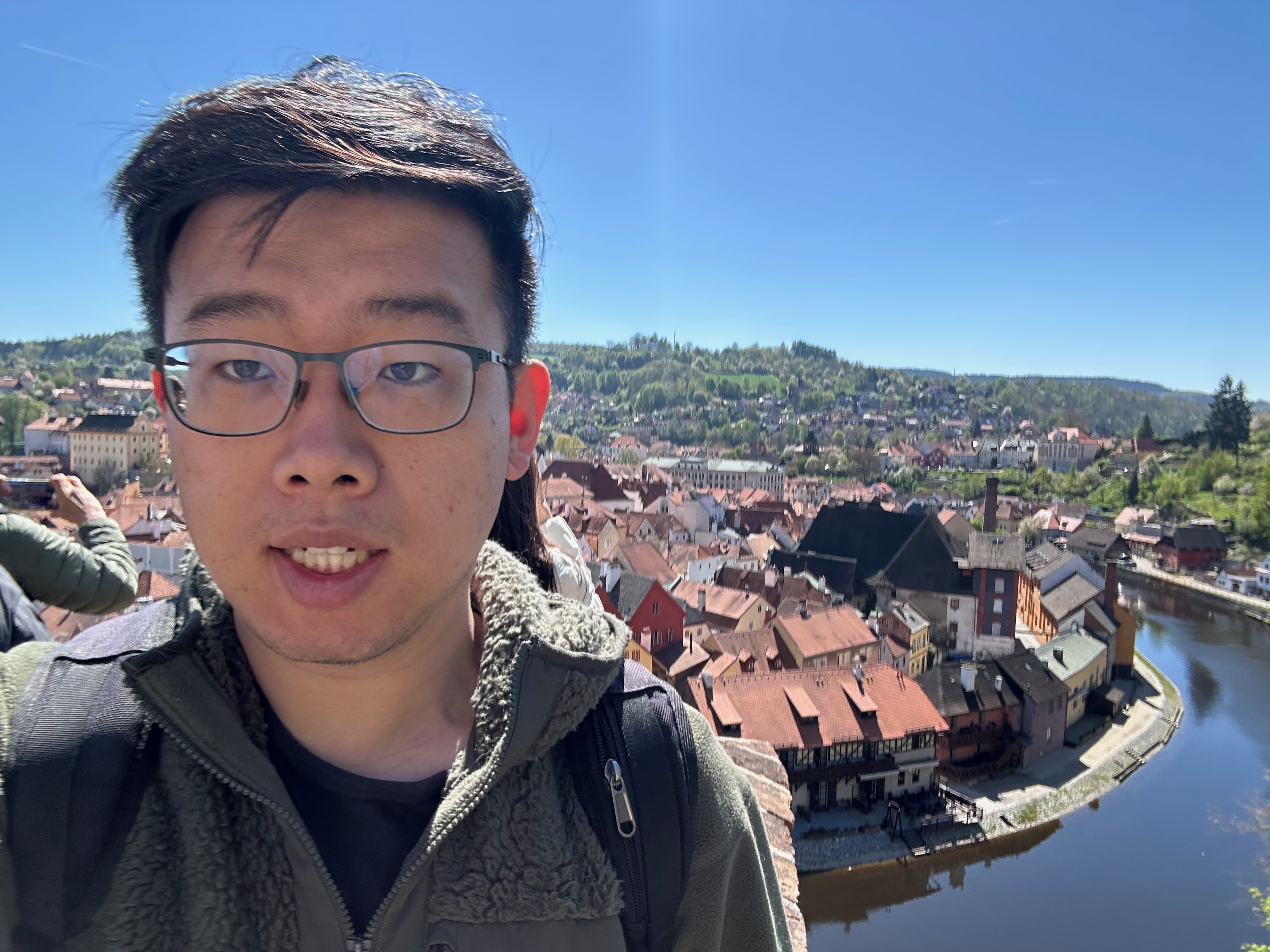 The beauty and wow-factor when seeing that beautiful little town for the first time
The beauty and wow-factor when seeing that beautiful little town for the first time
On my second day, I visited the Southern famous town of Cesky Krumlov by 3-hour tour bus.
We started the tour on top of the CK castle, with an amazing view of the town.
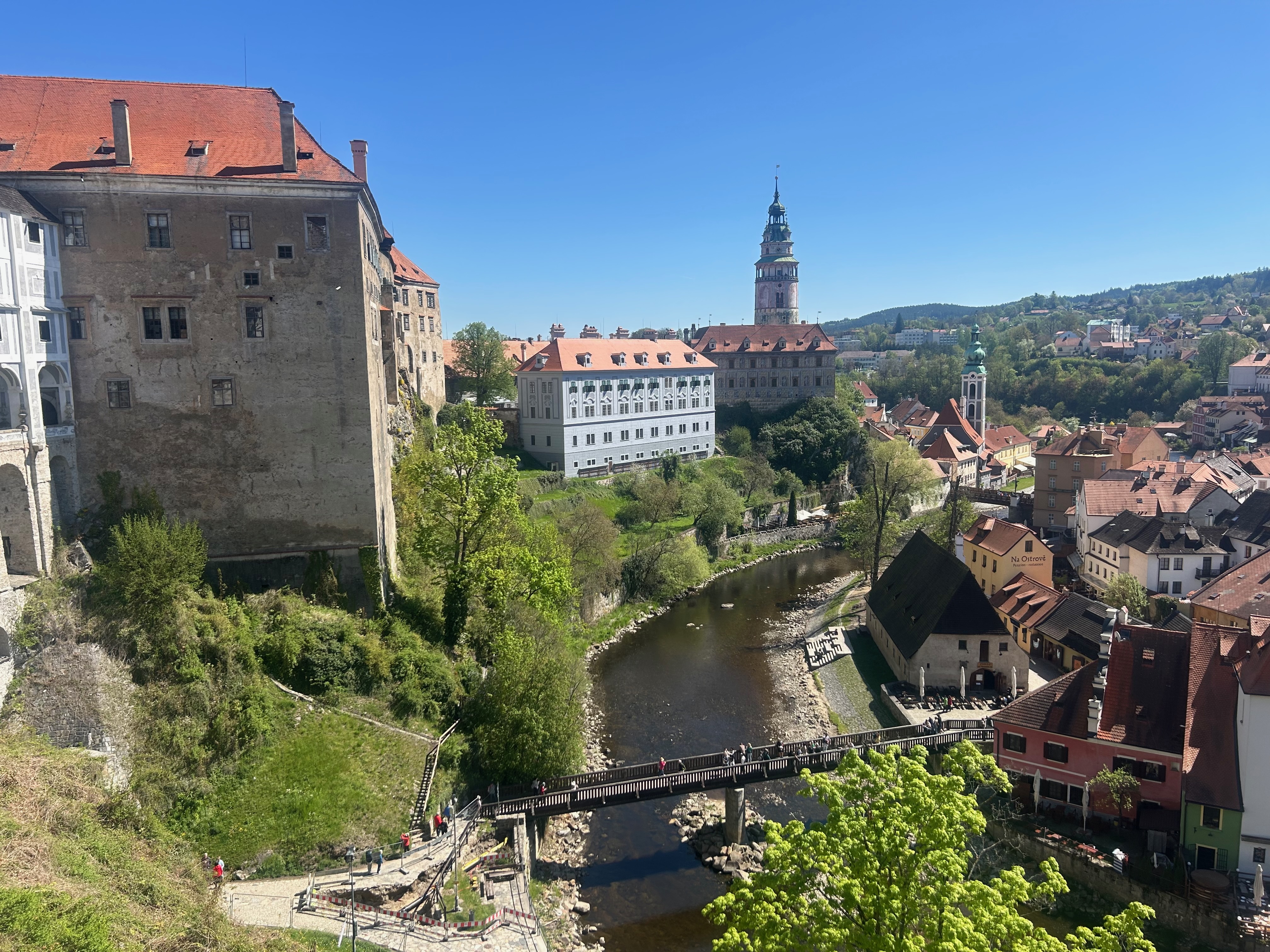
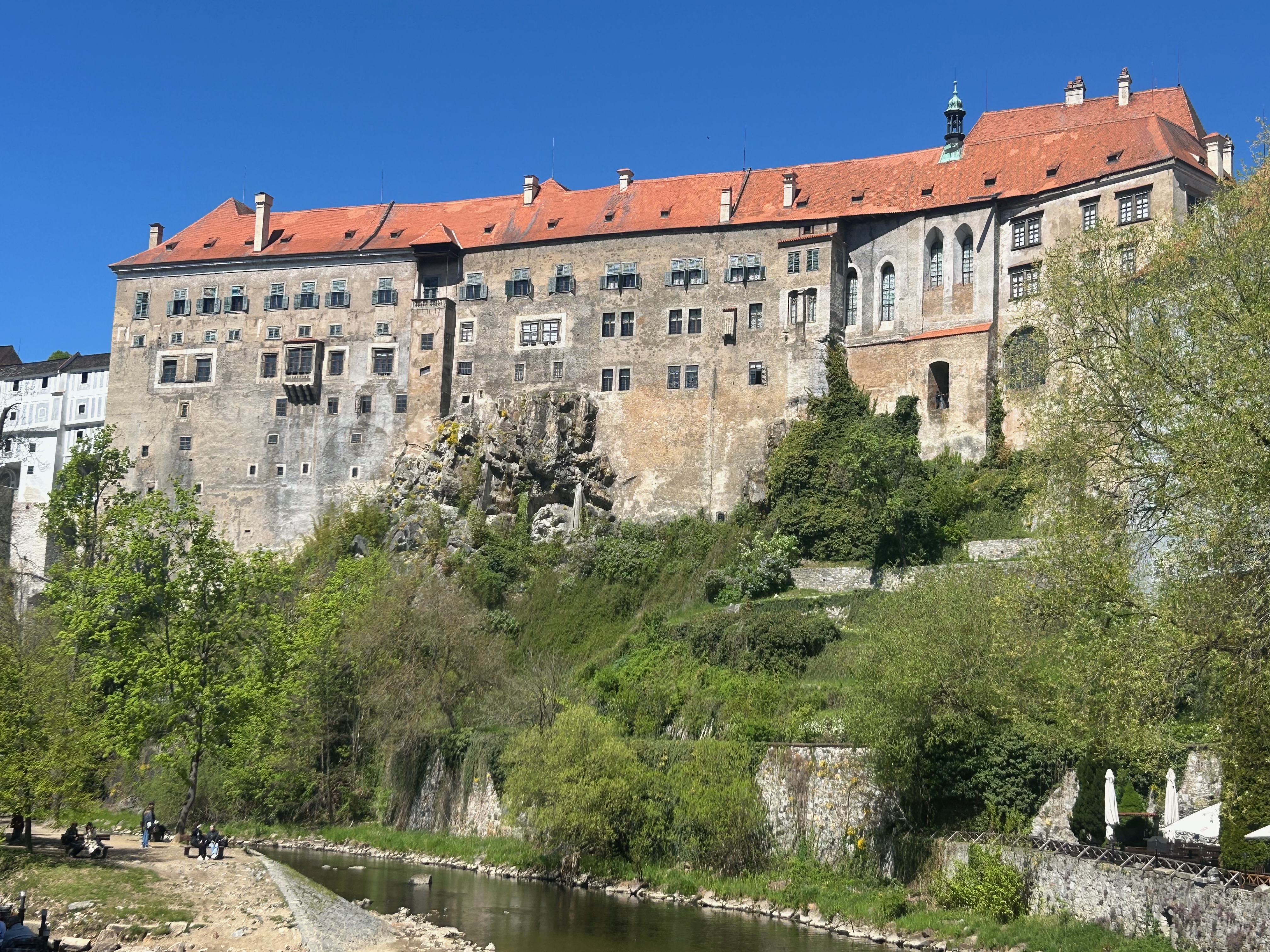
We toured the historic Krumlov Castle, learning about the families that built and ruled including the Rosenberg and Schwarzenberg.
We saw the amazing Baroque and renaissance decorations, and the painted decorations on the stuccos.
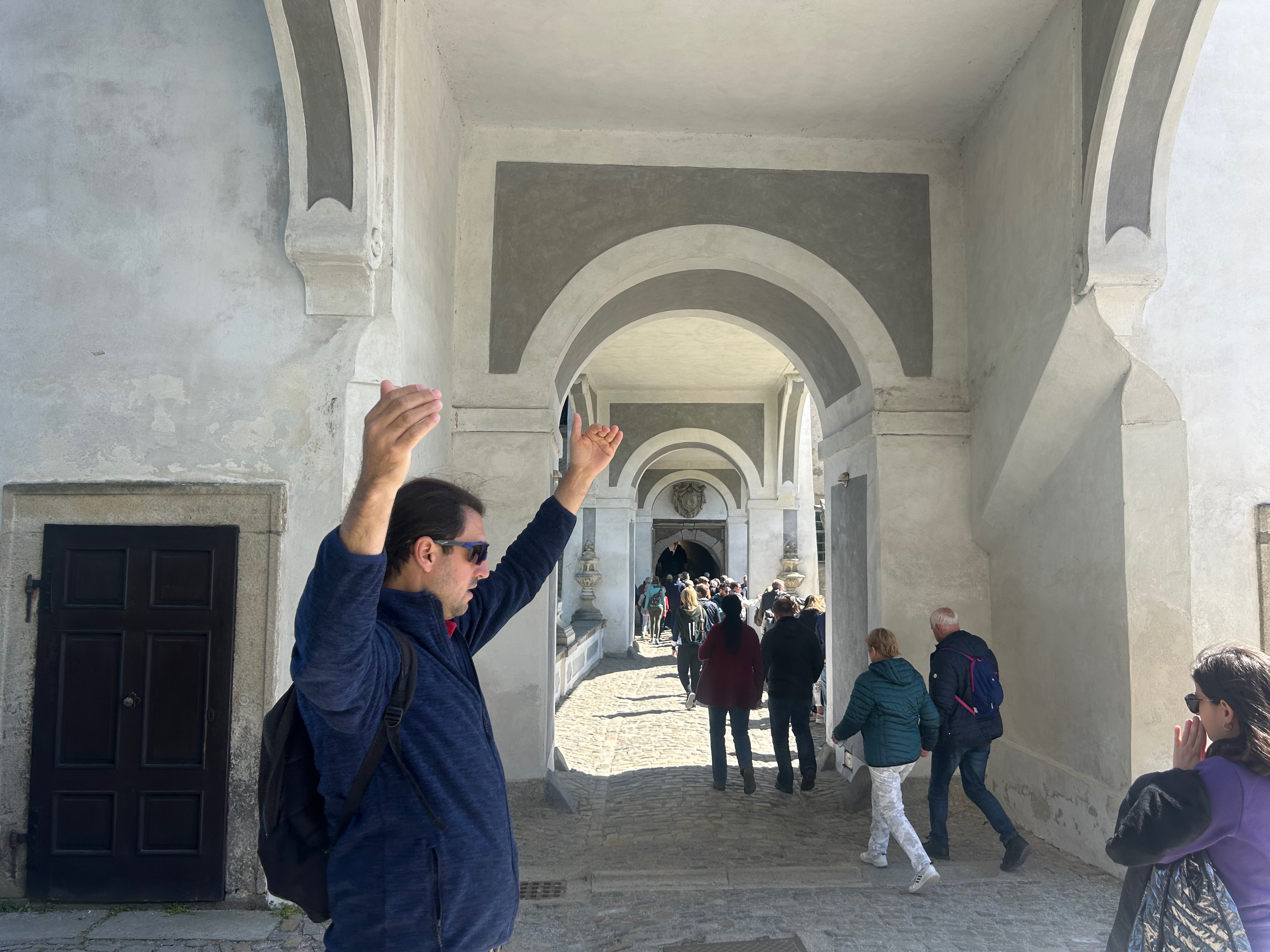
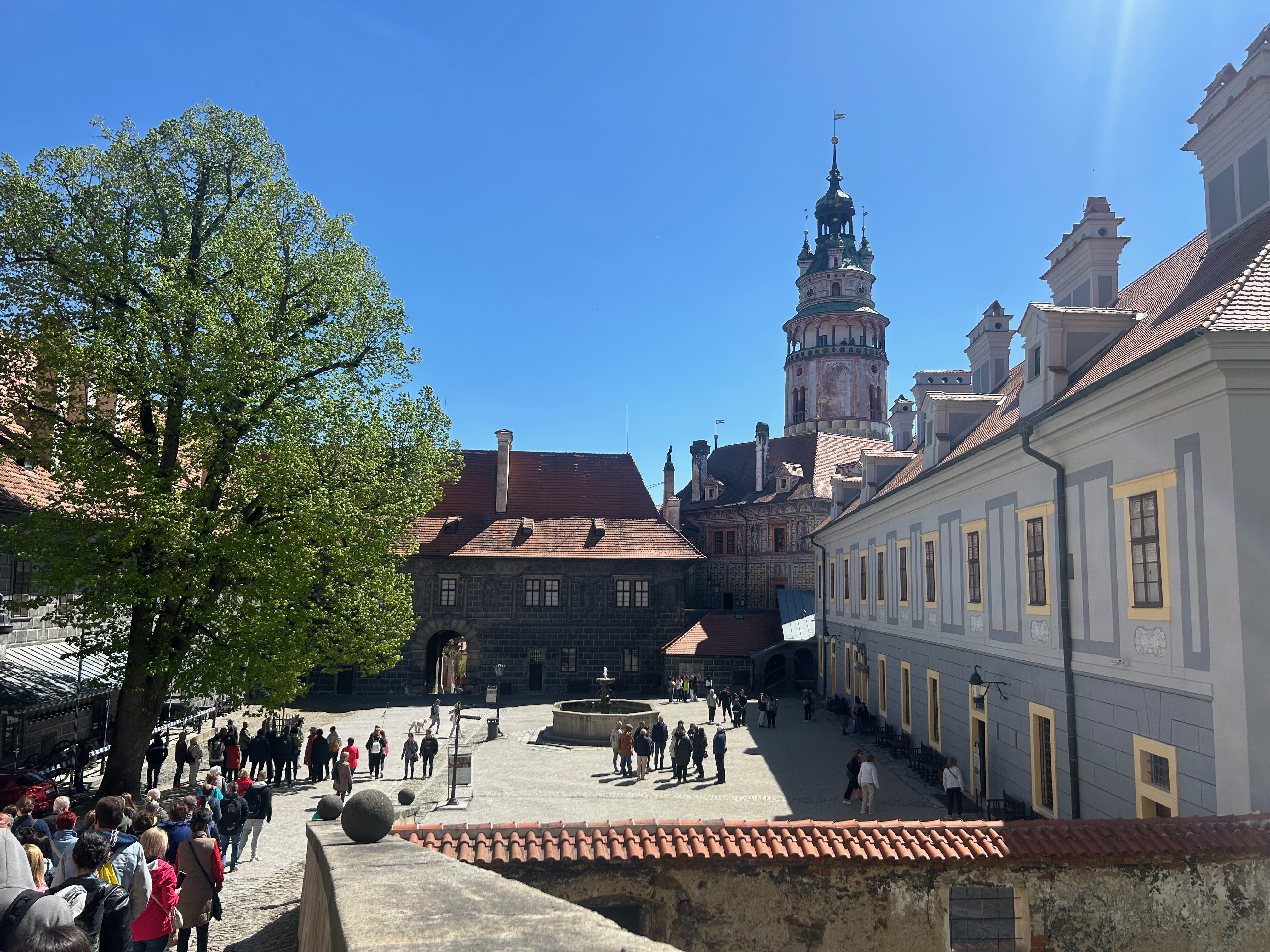 As a tradition, the Rosenbergs have kept 3 bears at the castle by the gates.
As a tradition, the Rosenbergs have kept 3 bears at the castle by the gates.
CK is such a beautiful town with little shops and kayaks on the river, about 3 rings of roads with a main center square.
CK used to be 80%+ ethnically German speaking. So in 1938, the Nazis were actually welcomed. However, after WWII, they were expelled as part of the greater de-Germanization of Czechoslovakia.
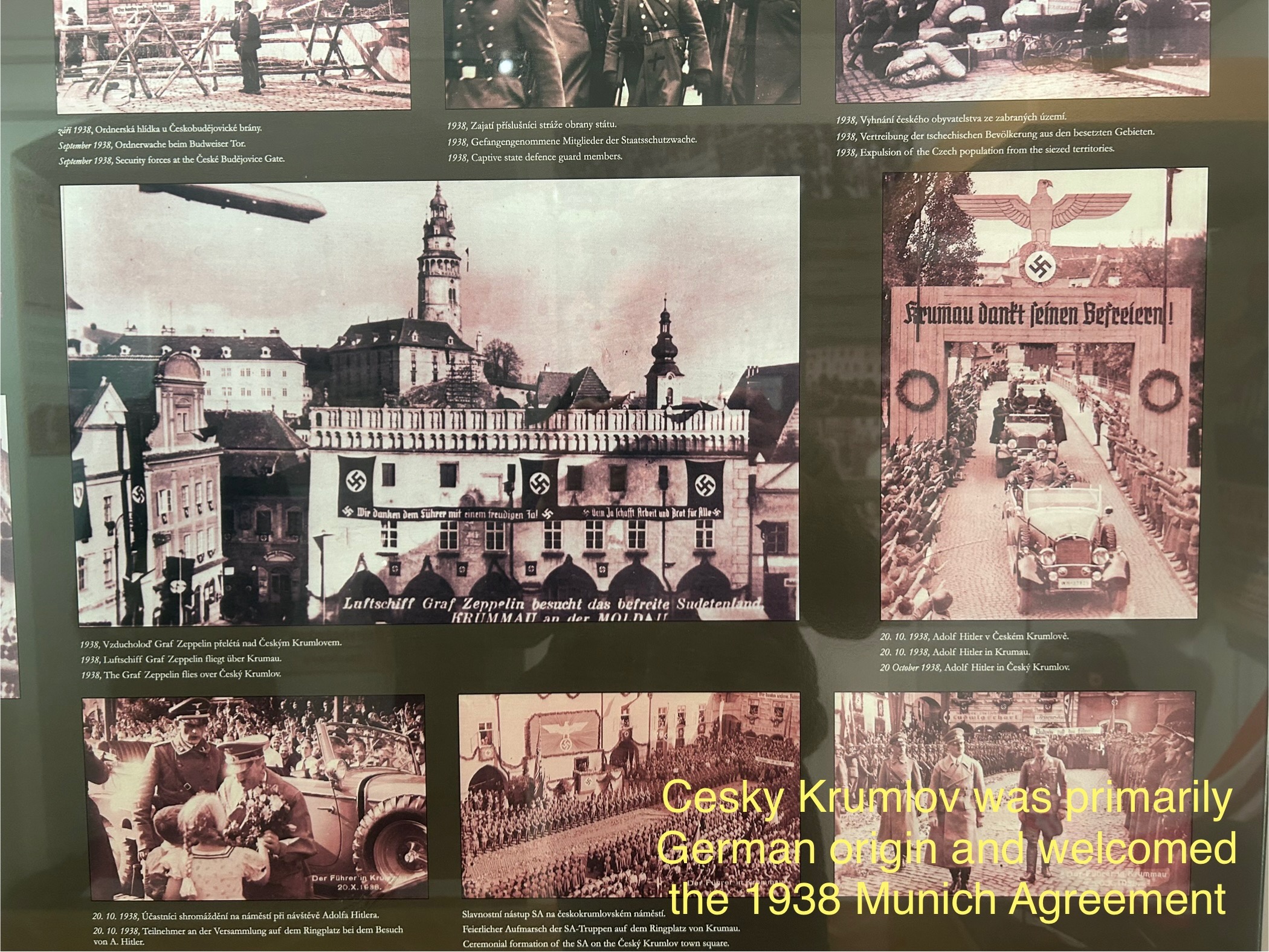
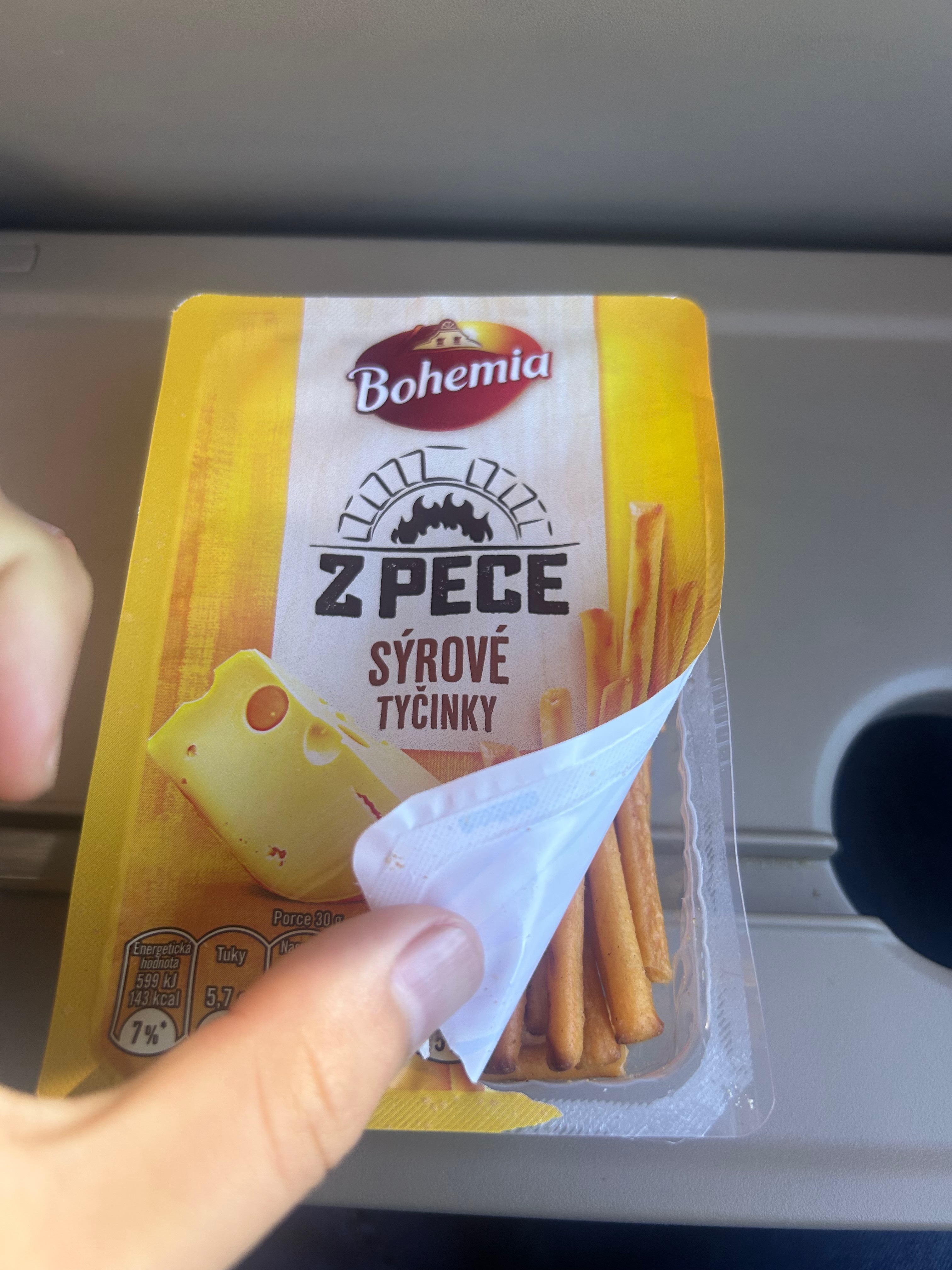
After walking across the rivers and the towns, and visiting the many Bohemian styled shops, I sat down and ate lunch serving historical Bohemian food.
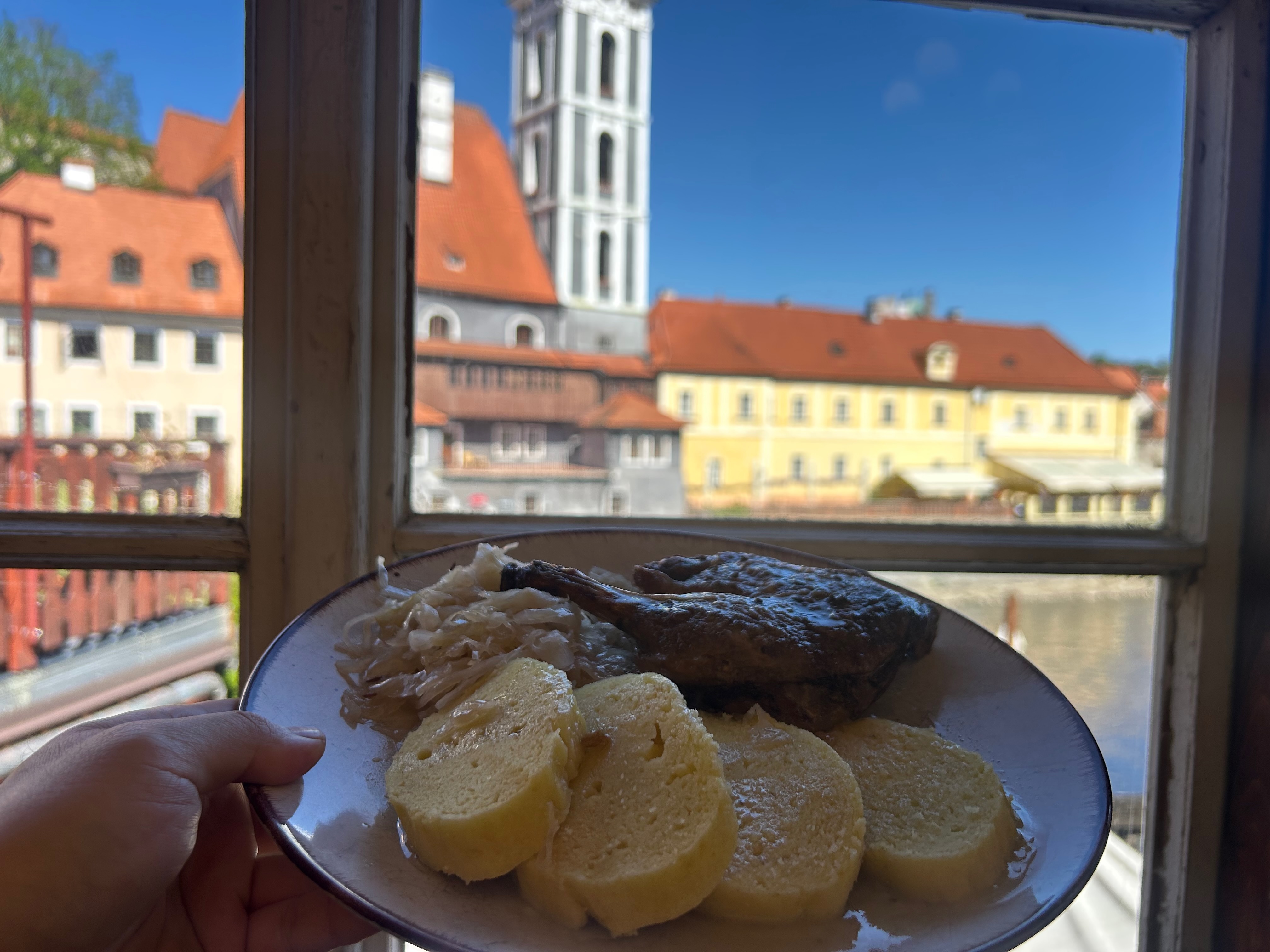
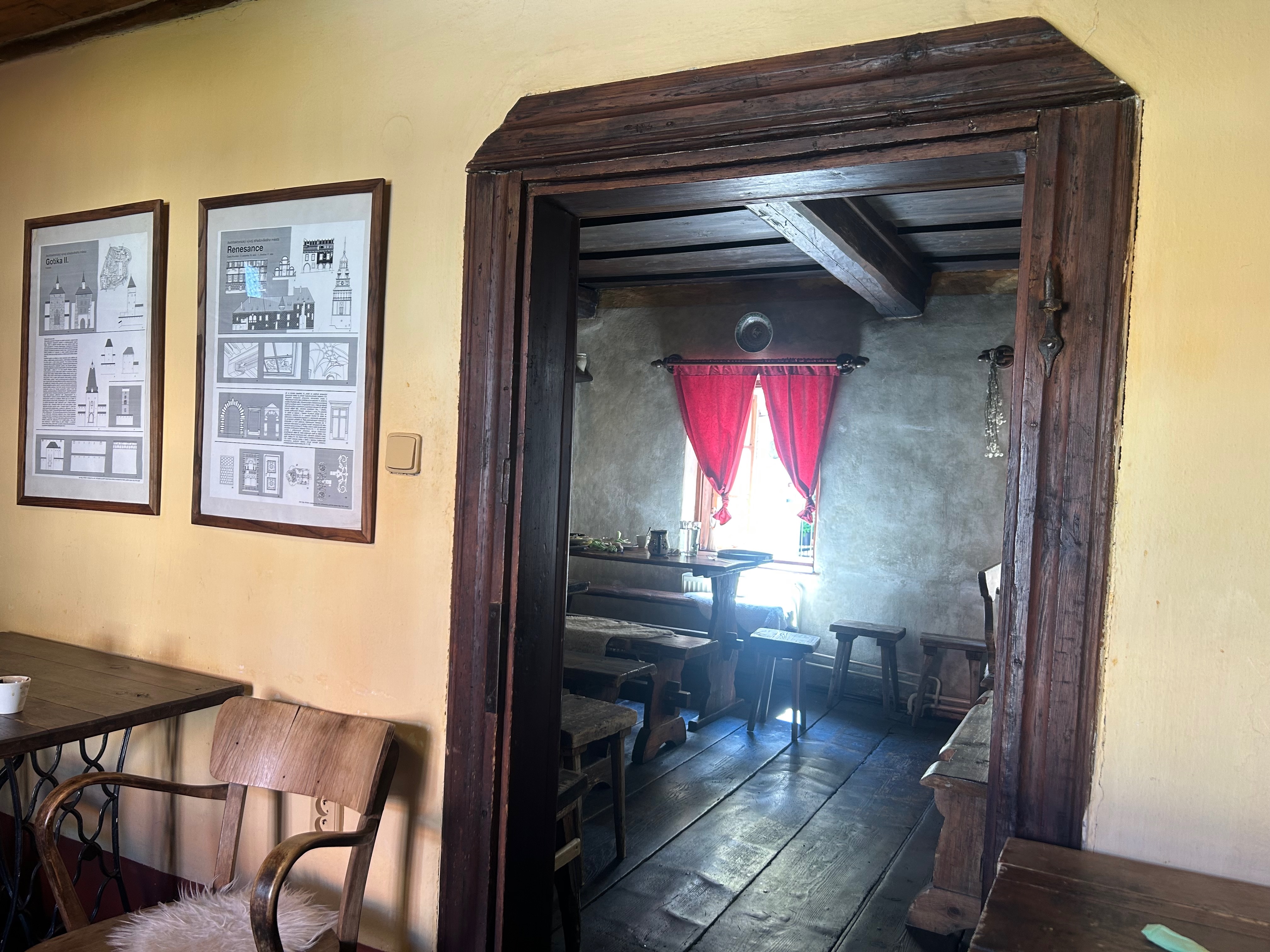 You can see the layers and layers of walls and building materials, and the history hidden in these crammed quarters
You can see the layers and layers of walls and building materials, and the history hidden in these crammed quarters
With sadness, I said goodbye along with the tour bus from Cesky Krumlov.
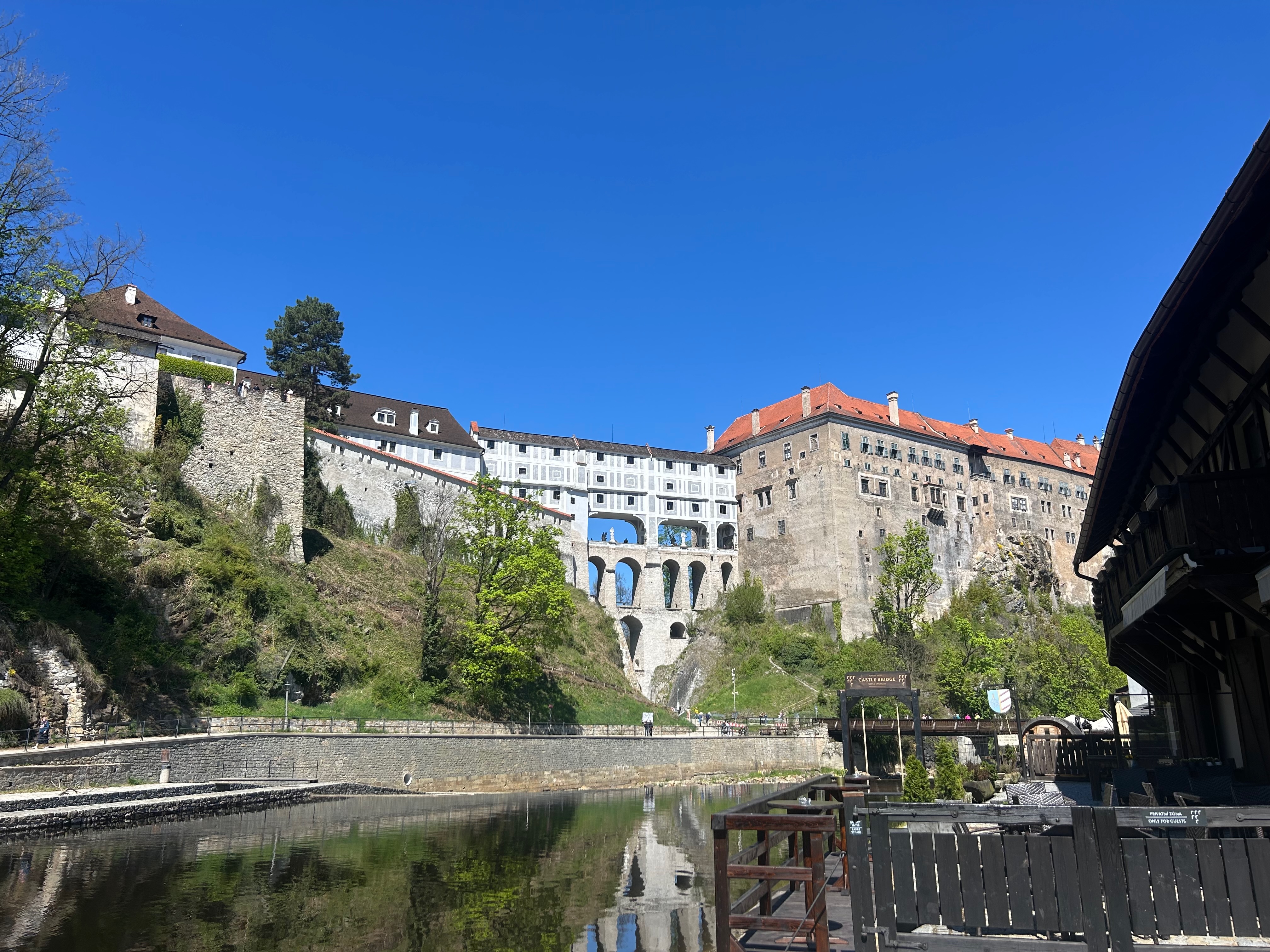
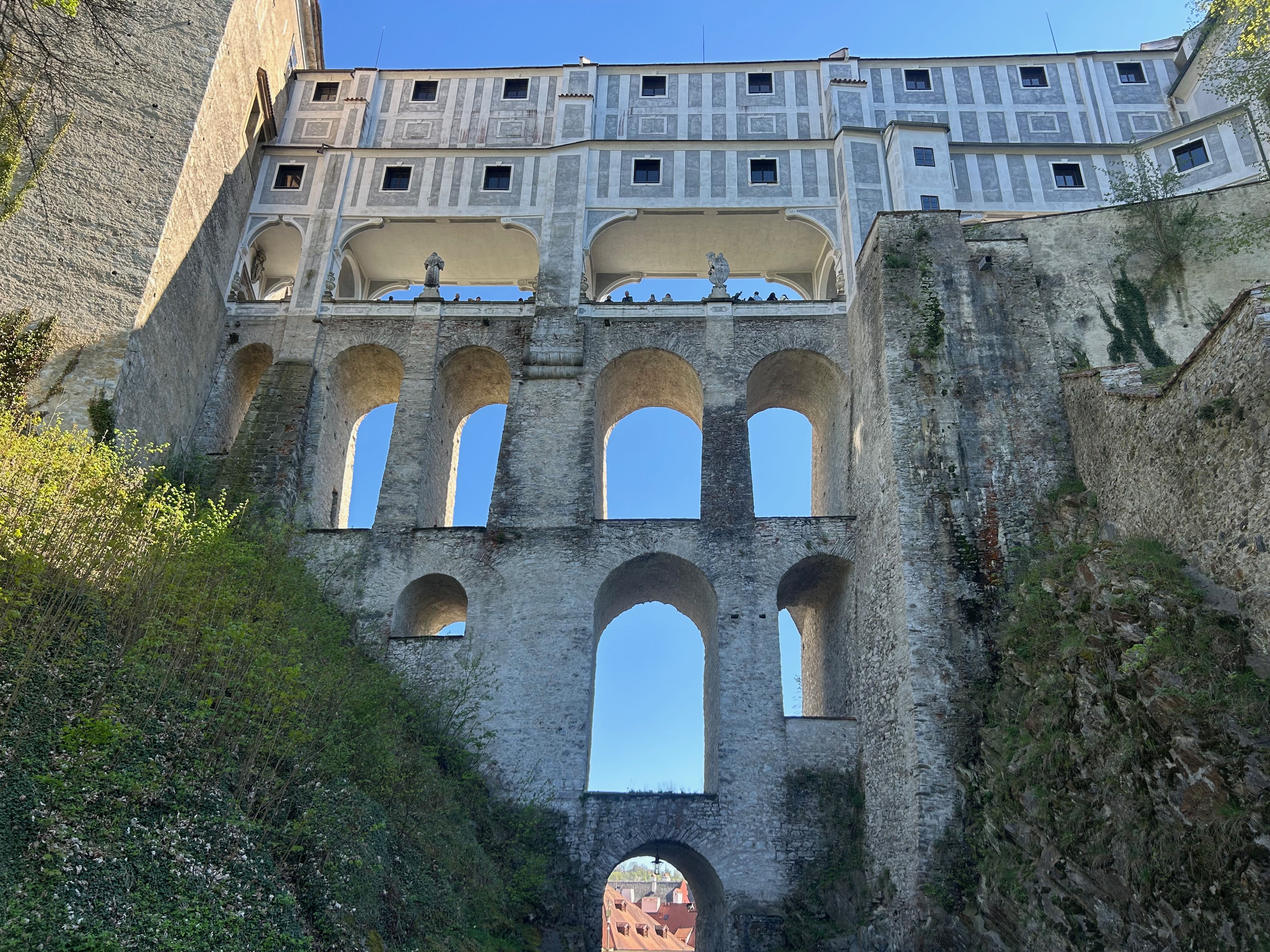
Day 3: Walking Tour of Prague
I spent the third day learning about Prague’s main attractions. The name “Bohemia” originates from the word “Boh,” which meant “home of the cow people” in Roman times.
We attended the Astronomical Clock show and learned about the history of Charles University. Our guide enthusiastically explained how education is free and excellent (if you take classes in Czech rather than German). We also learned about how Mozart premiered many operas in Prague, including Don Giovanni (statue).
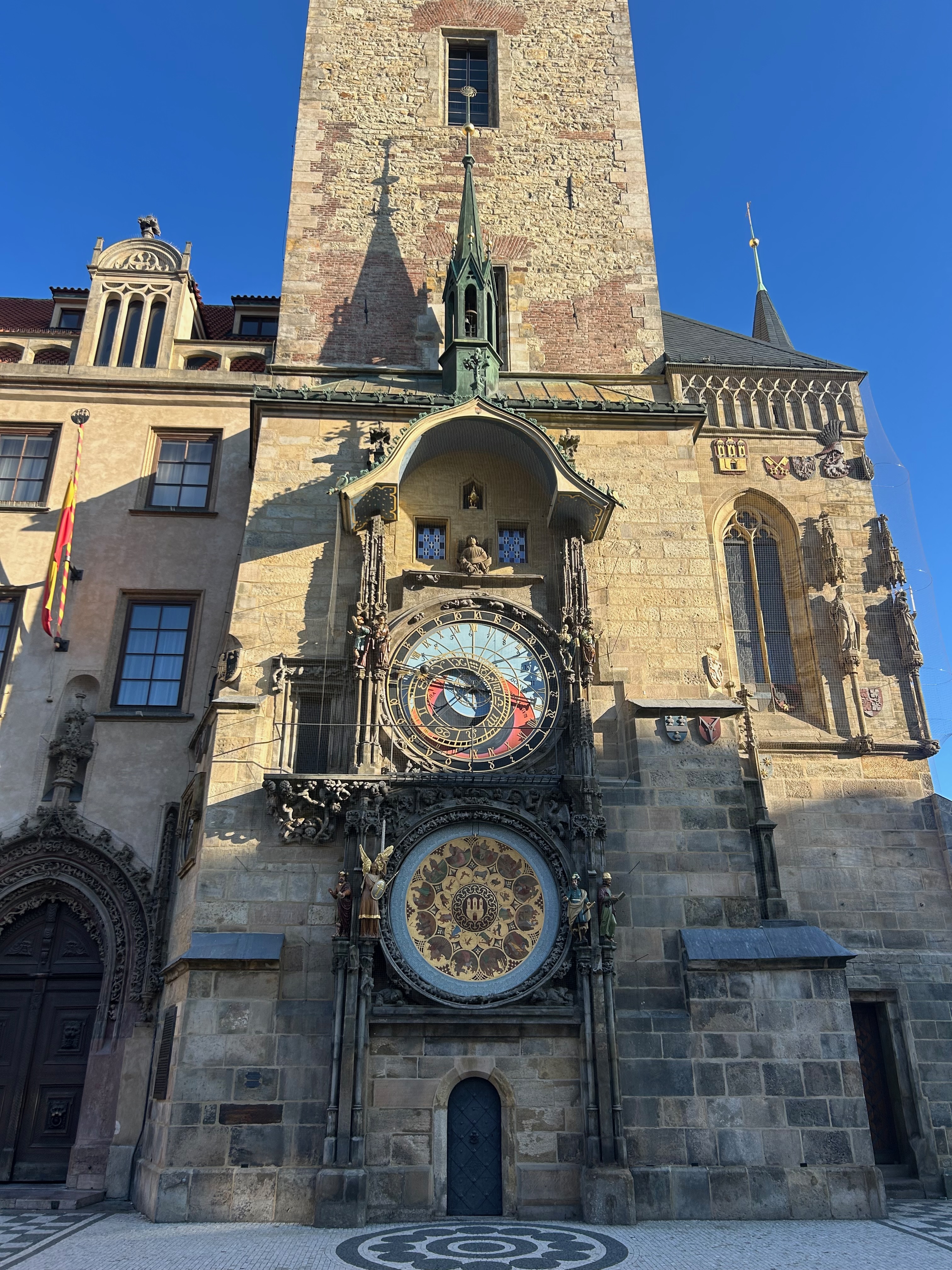
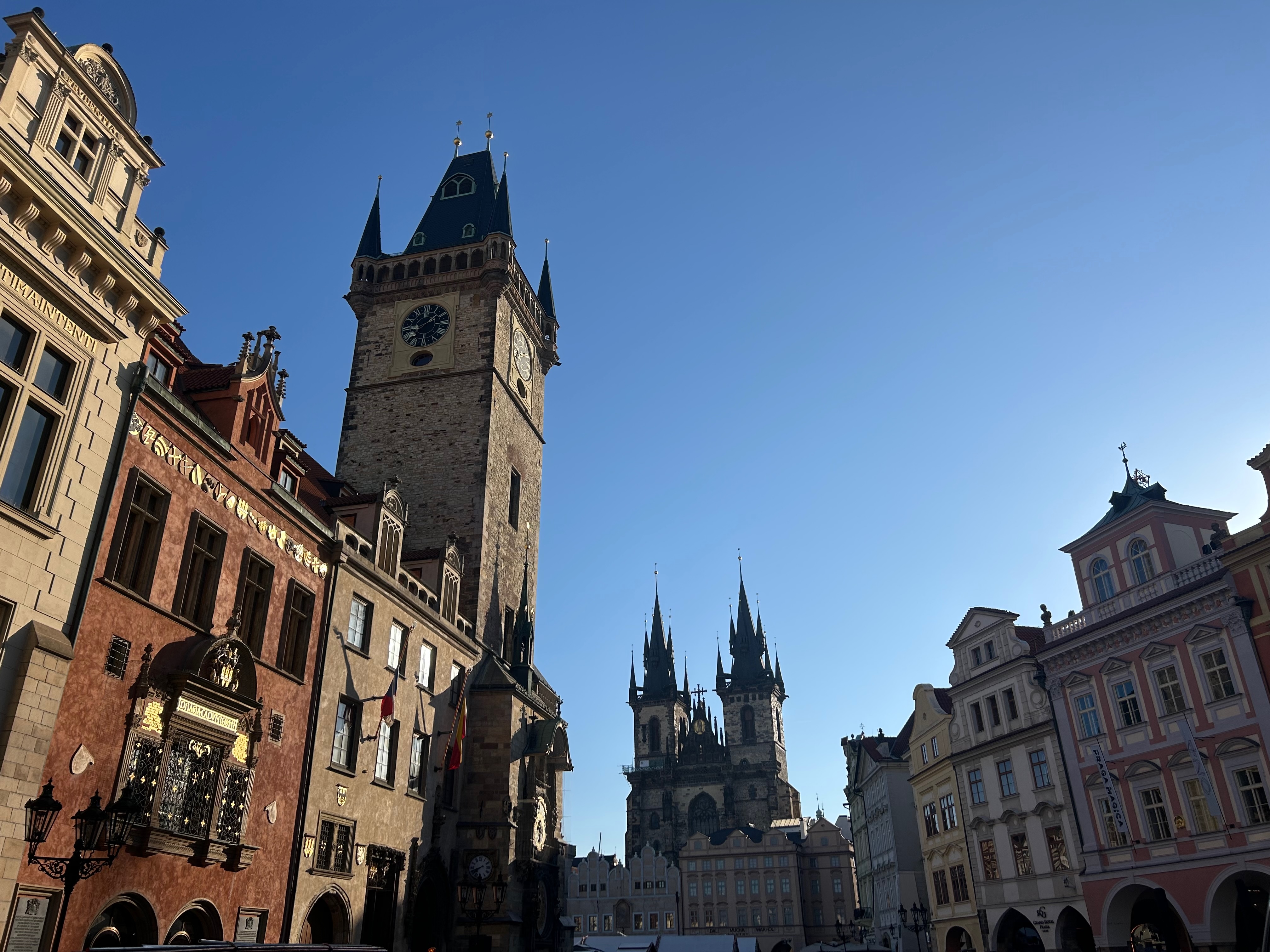
We learned about the religious conflicts between Jan Hus and the Hussites, including several instances of people being thrown out of windows (defenestration), before Austria ultimately converted the country back to Catholicism.
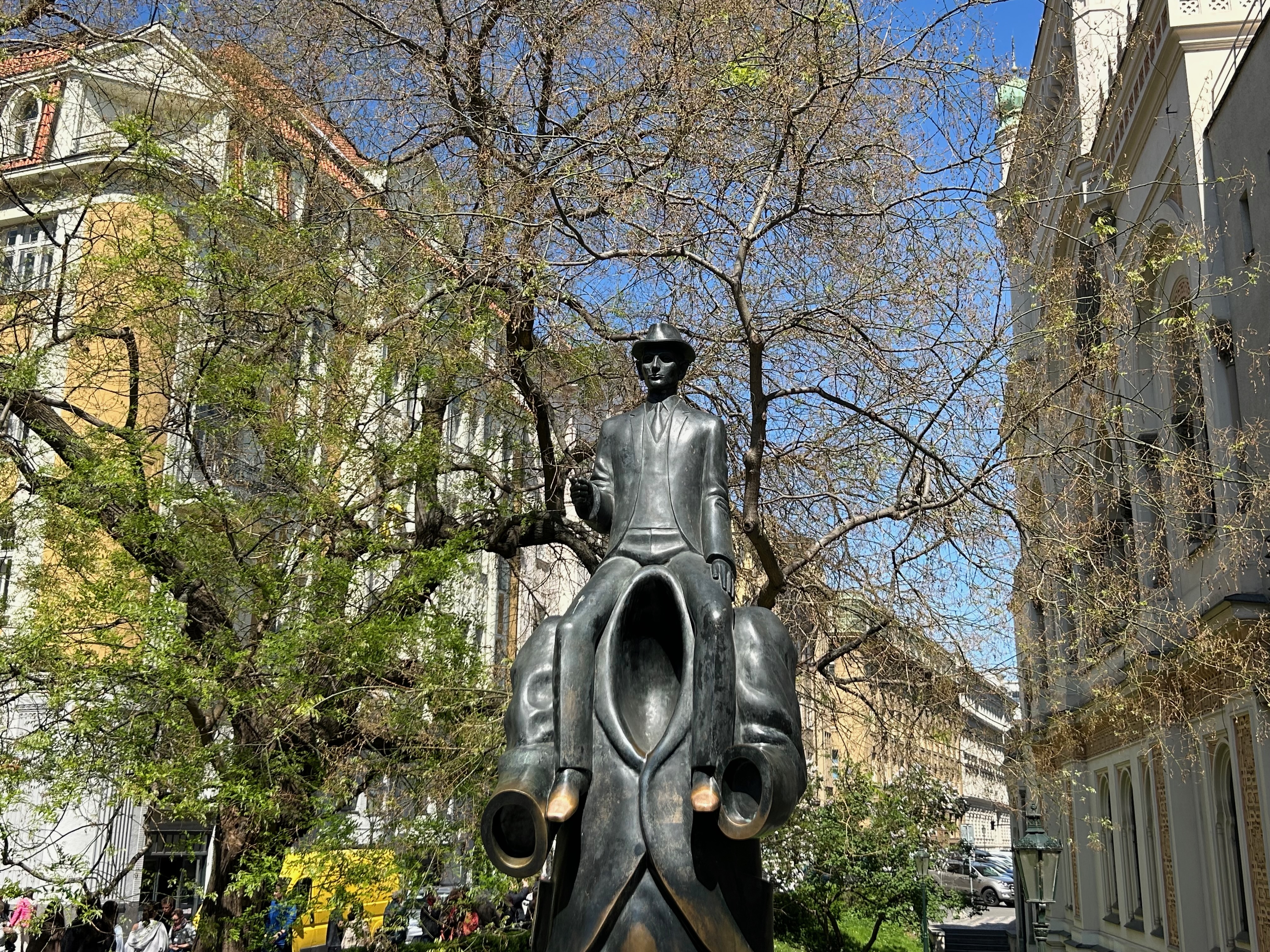
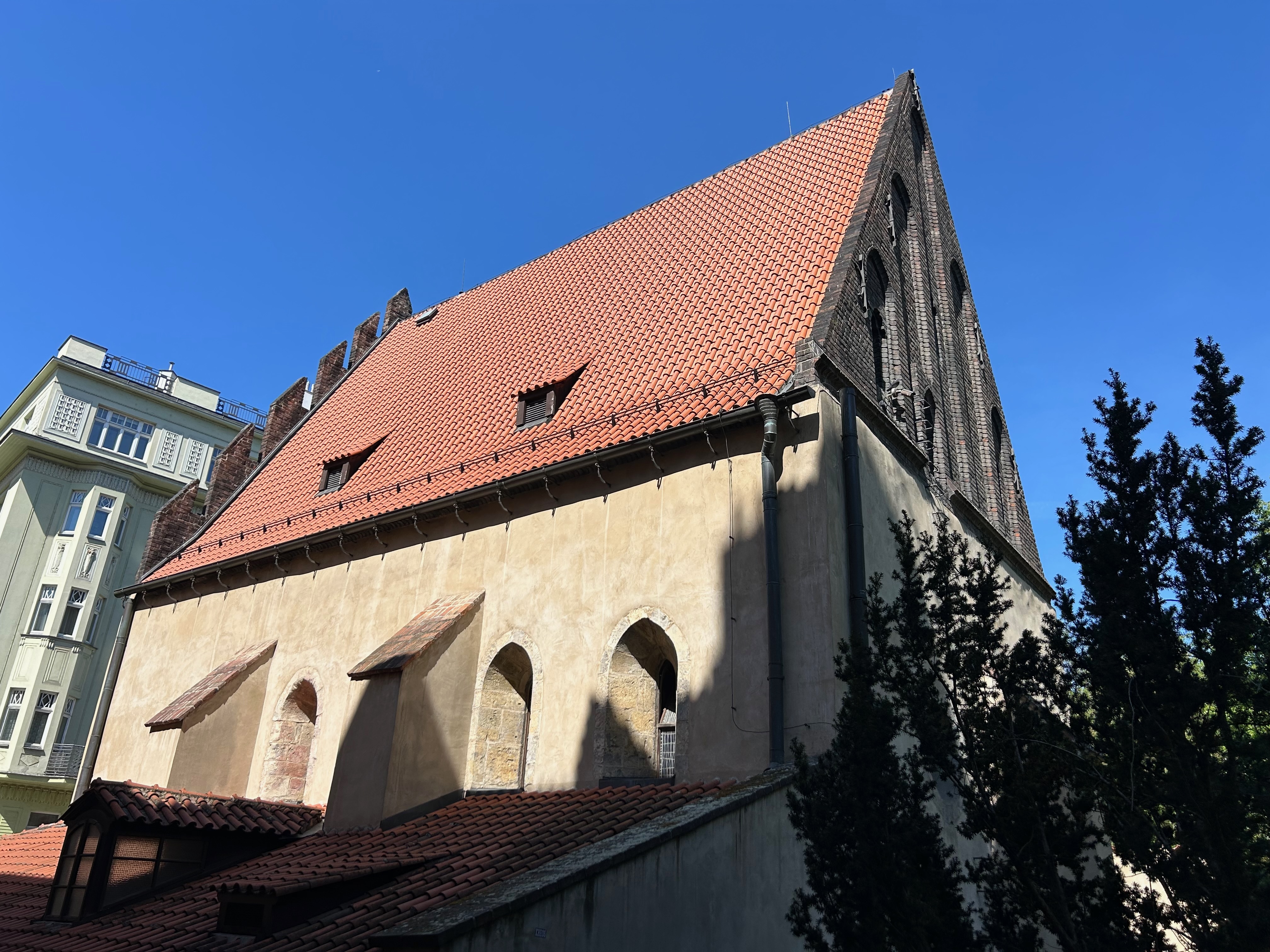 Left: Statue dedicated to Kafka and the cockroach from Metamorphosis.
Left: Statue dedicated to Kafka and the cockroach from Metamorphosis.
We learned about Kafka’s life, how his relationship with his father, his German studies, and his illness ultimately shaped his posthumous fame as a writer.
We also visited the Jewish Quarter of Prague and learned about the Golem that inspired Frankenstein. This was made possible by Rudolf II and the period when alchemy, gold, and the philosopher’s stone were considered scientific pursuits.
The Golem is related to the Jewish word for humans without souls, and there’s a story about how the rabbi forgot to remove the mouthpiece, which set the Golem free.
Day 4: Traveling to Kutná Hora (the mining town)
During my walking tour the previous day, our guide mentioned that the Powder Tower used to be called the Horská Gate, named for its location on the road leading to Kutná Hora.
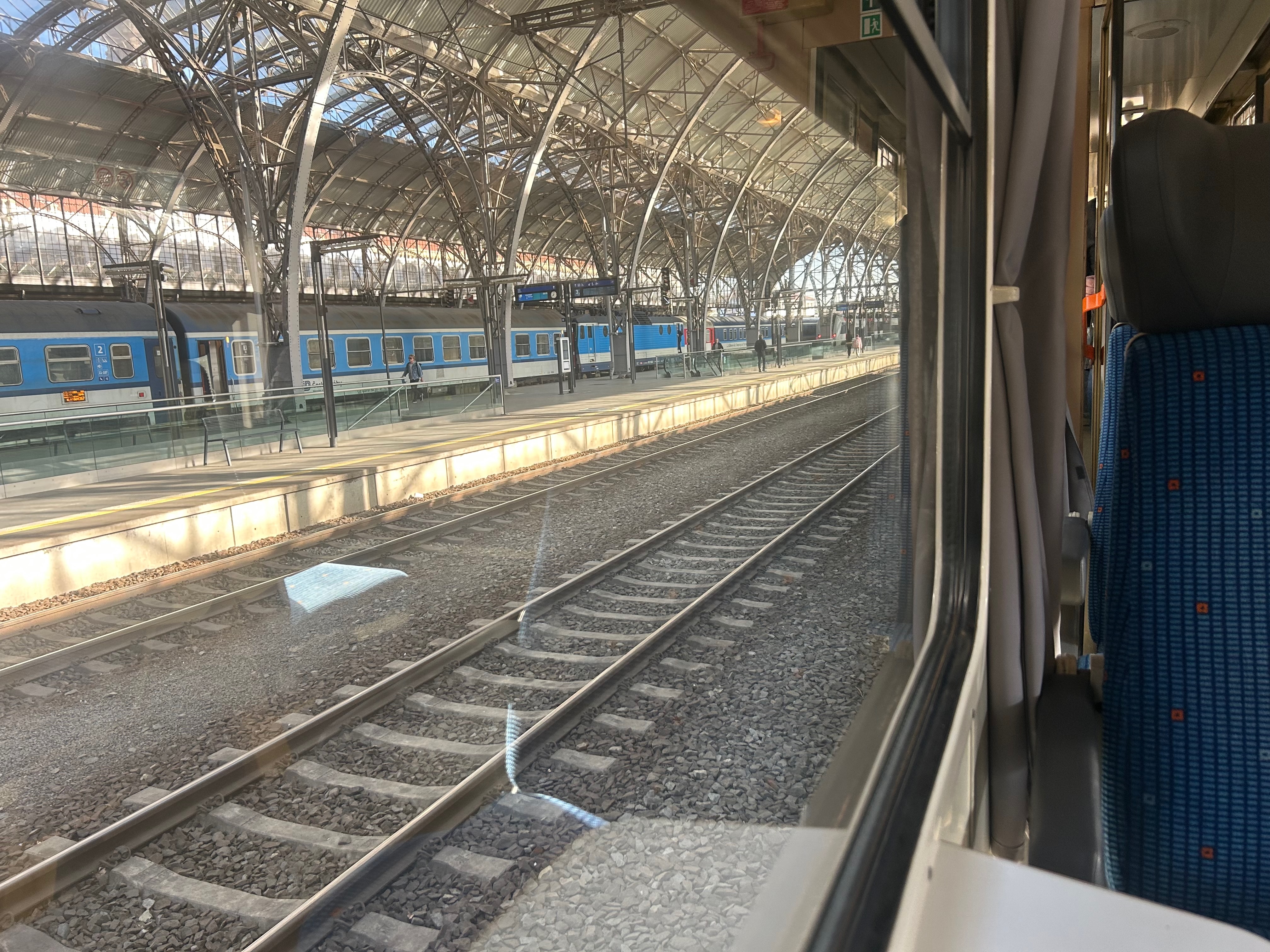
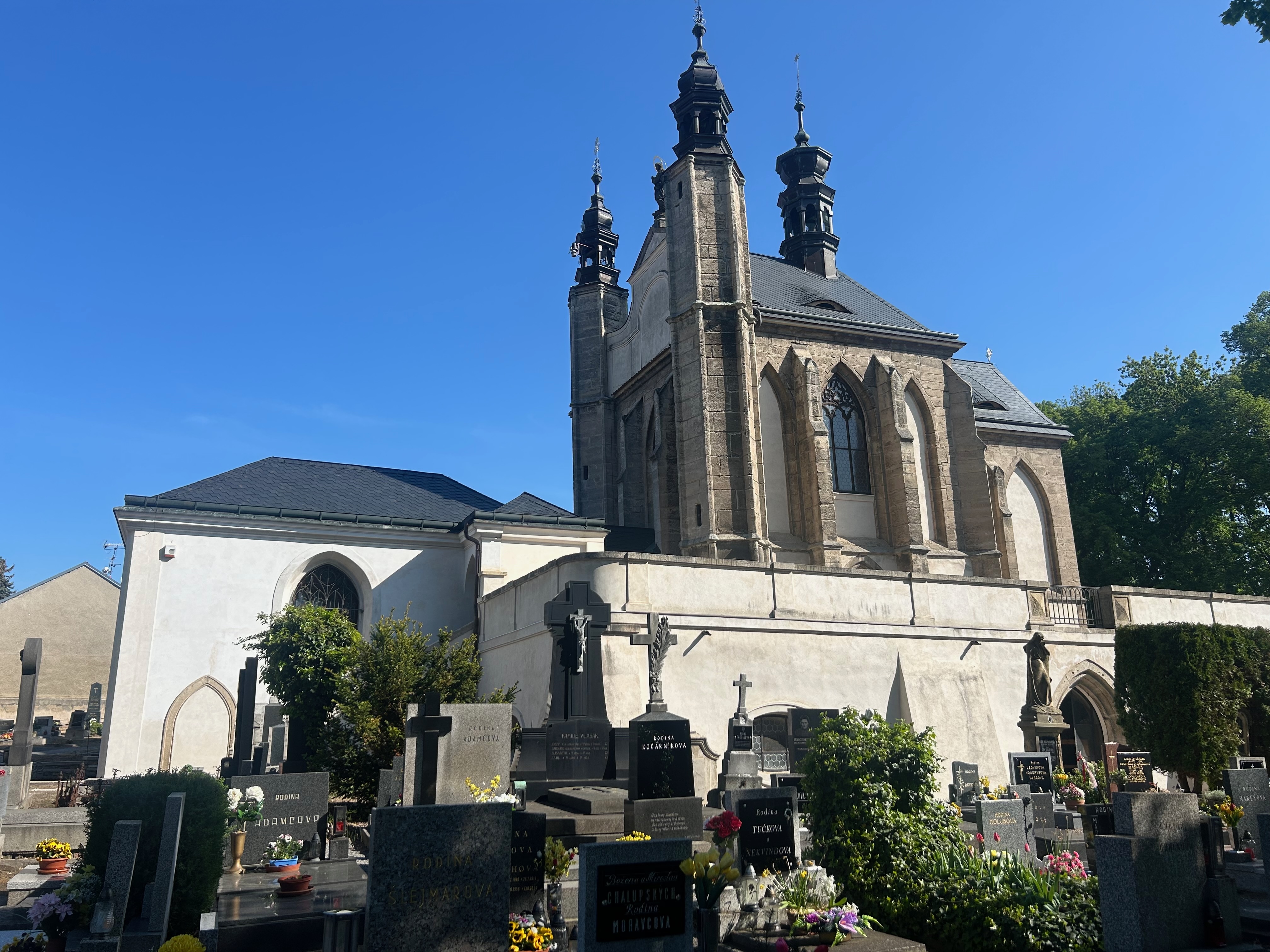
Kutná Hora was once the economic center of Bohemia due to its silver mining industry. I had the opportunity to visit the town by train.
My first stop was the Sedlec Ossuary, also known as the Bone Church. The church is decorated with human remains, a result of large famines and the 14th-century Hussite holy war.
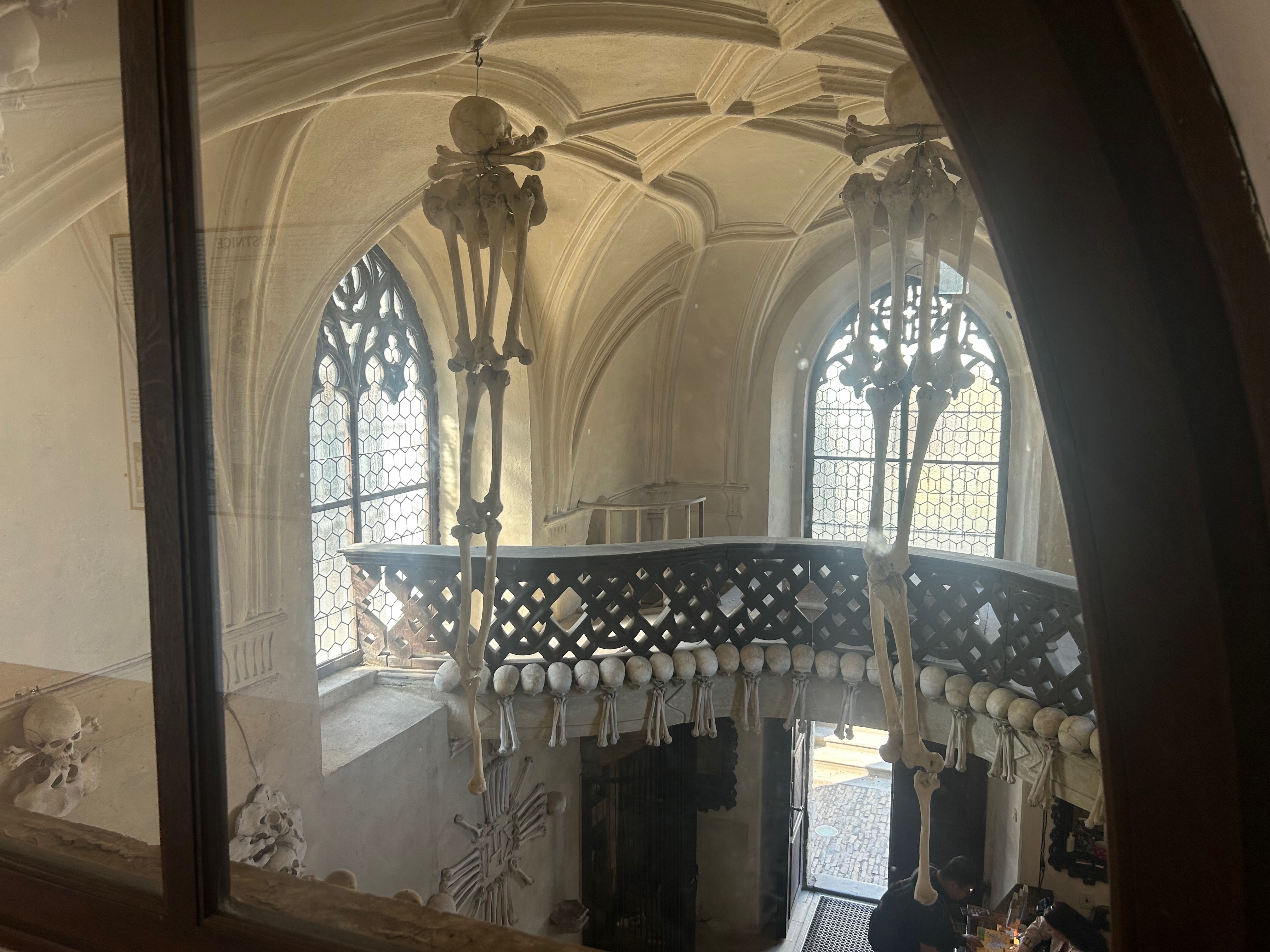
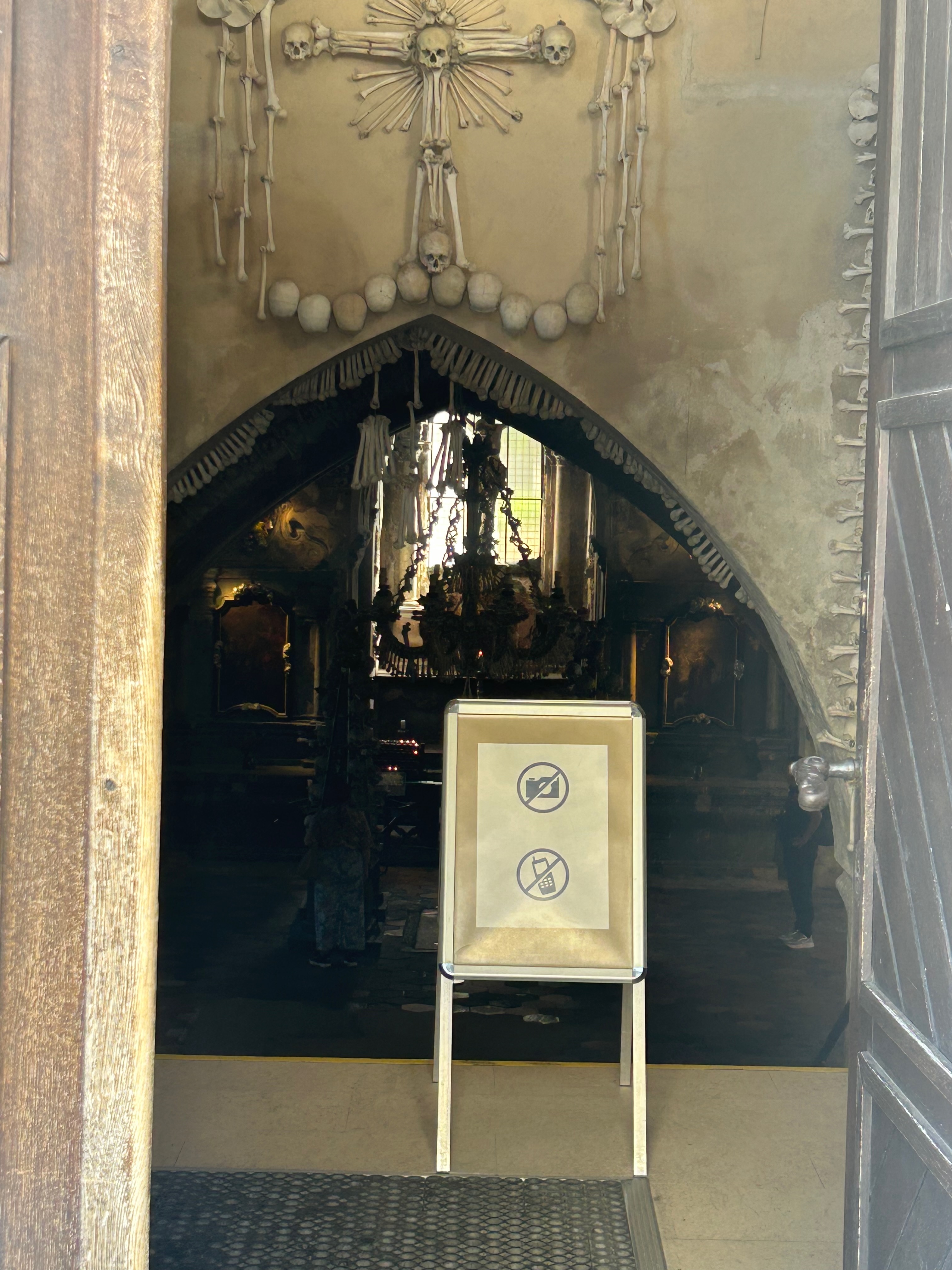
The theme of the Ossuary is Memento Mori - remember that you too will die. At the lower level, there are beautiful decorations with four pyramids of skulls. The Schwarzenberg coat of arms was also recreated using human bones. There are so many intricate details that are both beautiful and haunting at the same time.
Thank you Ms. Q for giving me this picture of the Schwarzenberg coat of arms from 2016. In present day 2025, pictures are not allowed
I then took the town bus to visit the famous St. Barbara’s Church. The church itself is grand, decorated in a beautiful Gothic style.
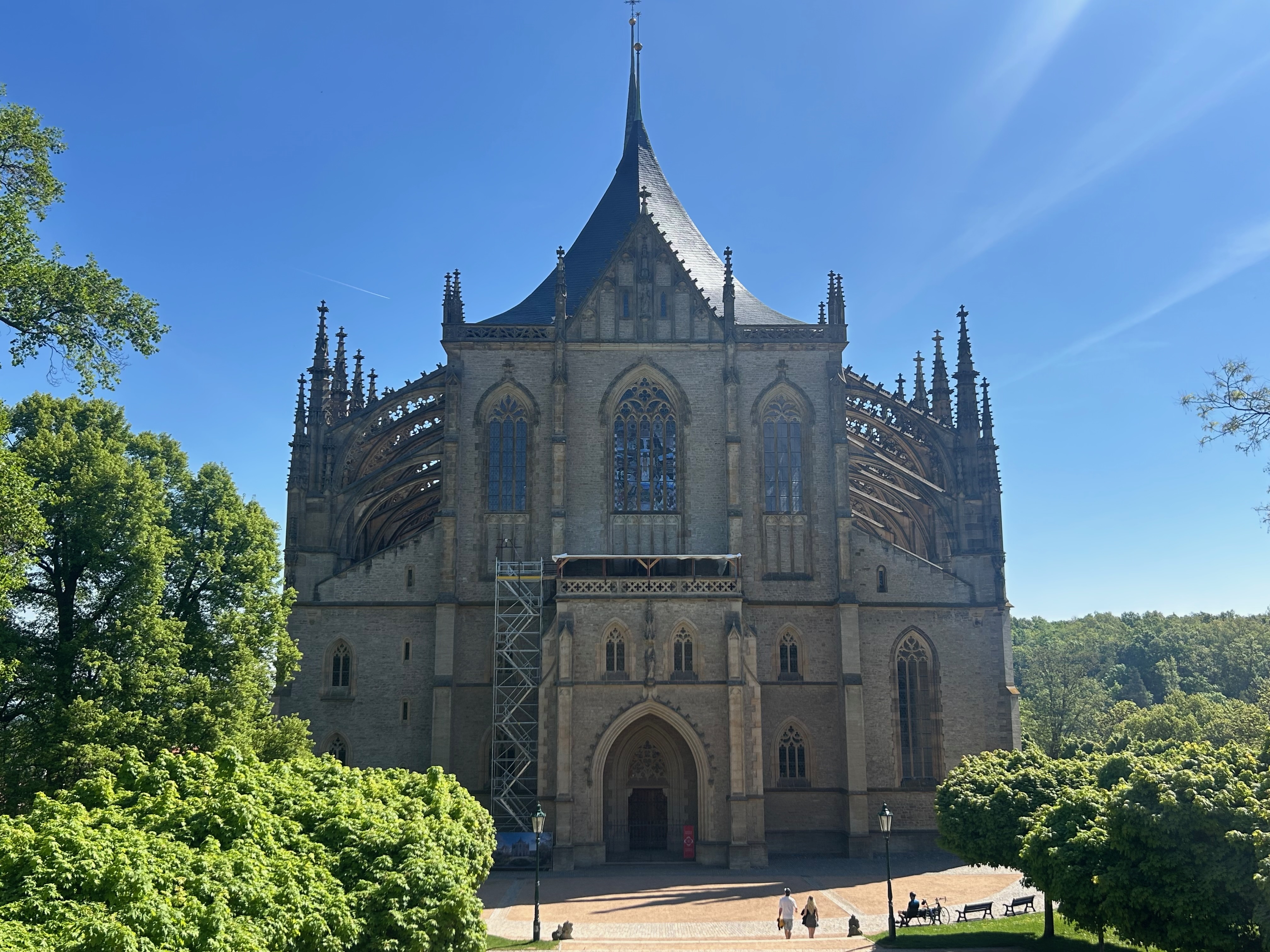
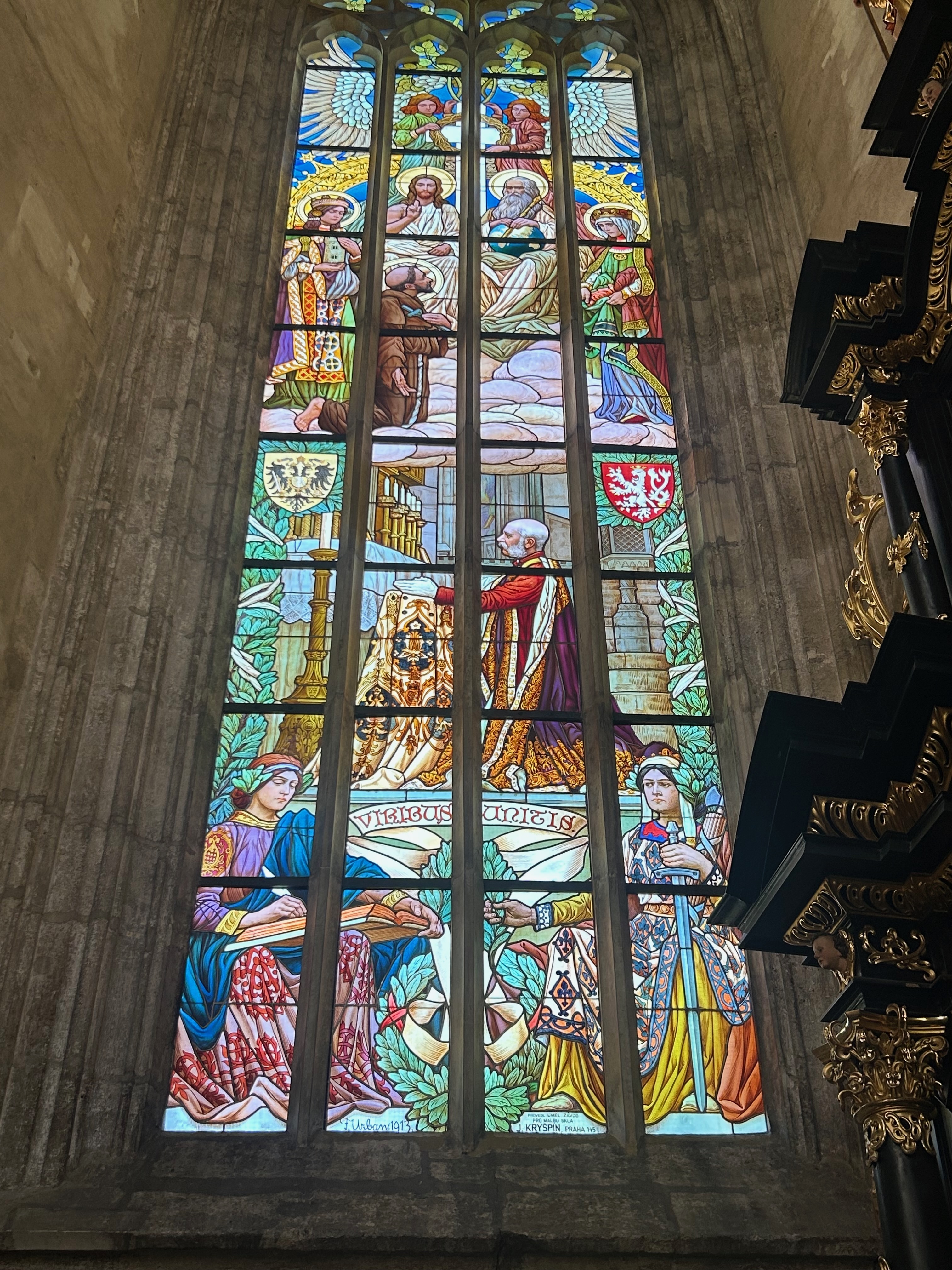 There were many school field trips here on that day :)
There were many school field trips here on that day :)
The Catholic decorations and the beautiful windows and ceilings are a sight to behold.
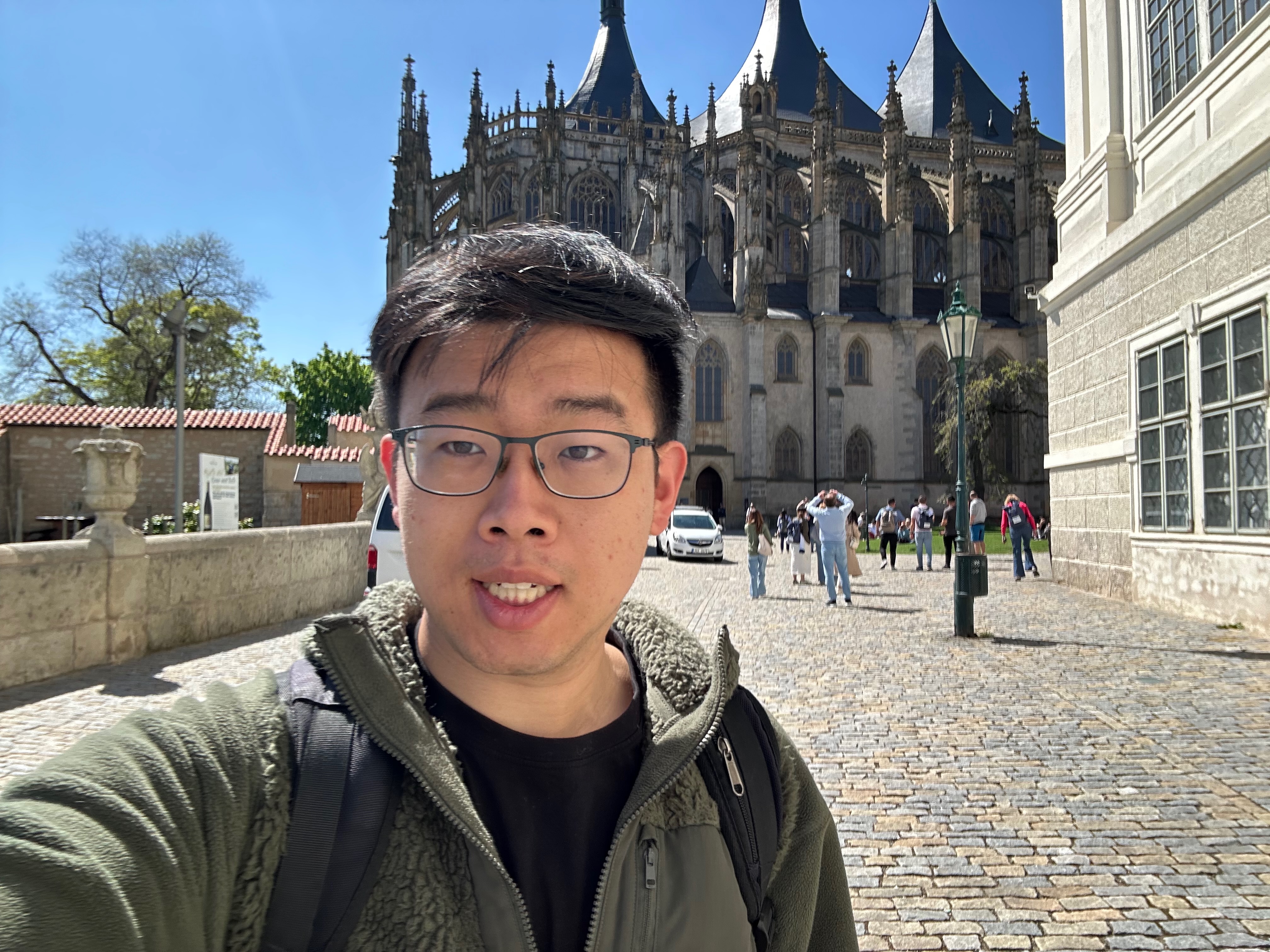
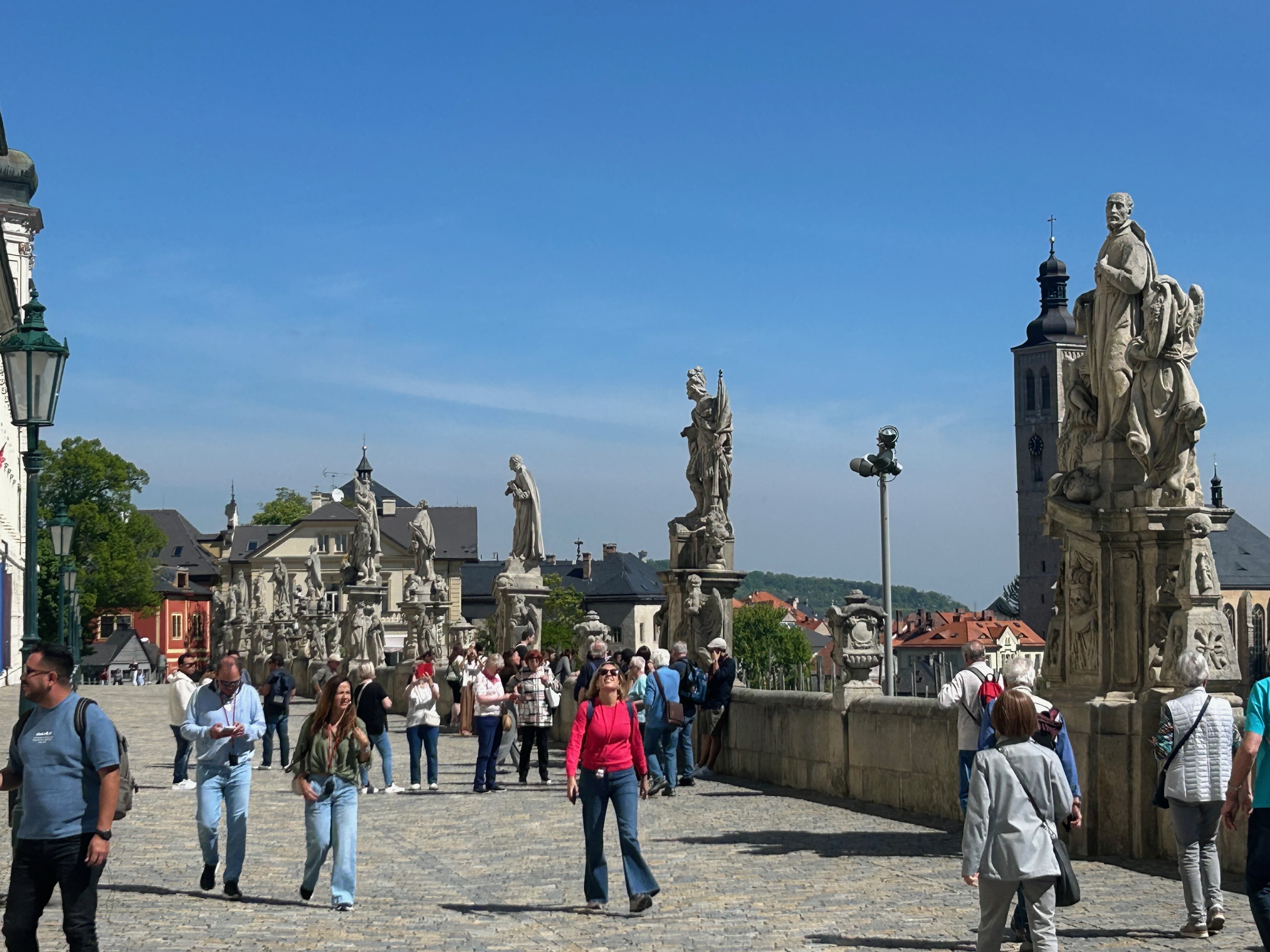
In the afternoon, I walked through the small town, visiting attractions like the Plague Column and the Italian Court, before visiting the Mining Museum. There were so many details about how people used to live and work in the mines.
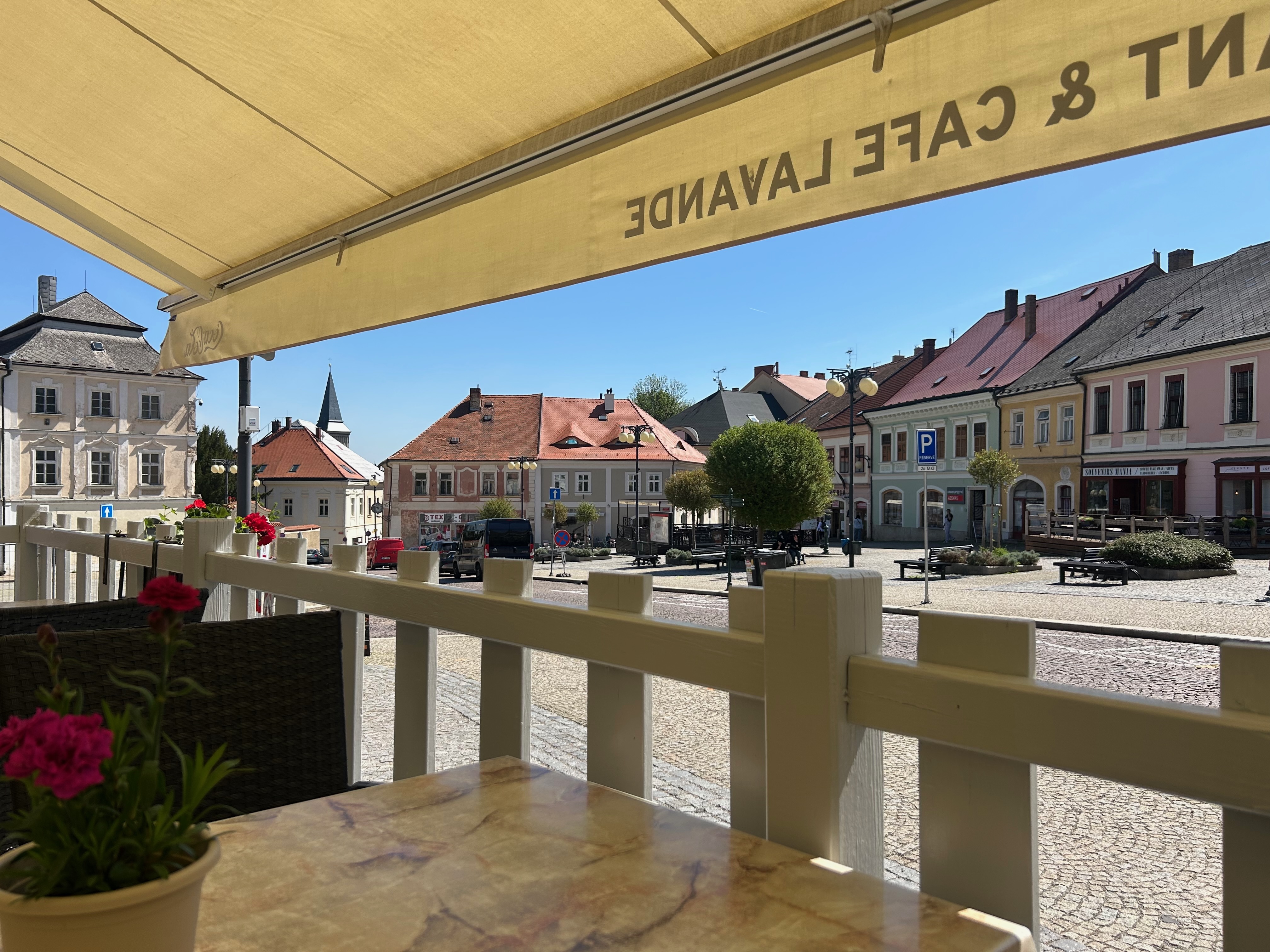
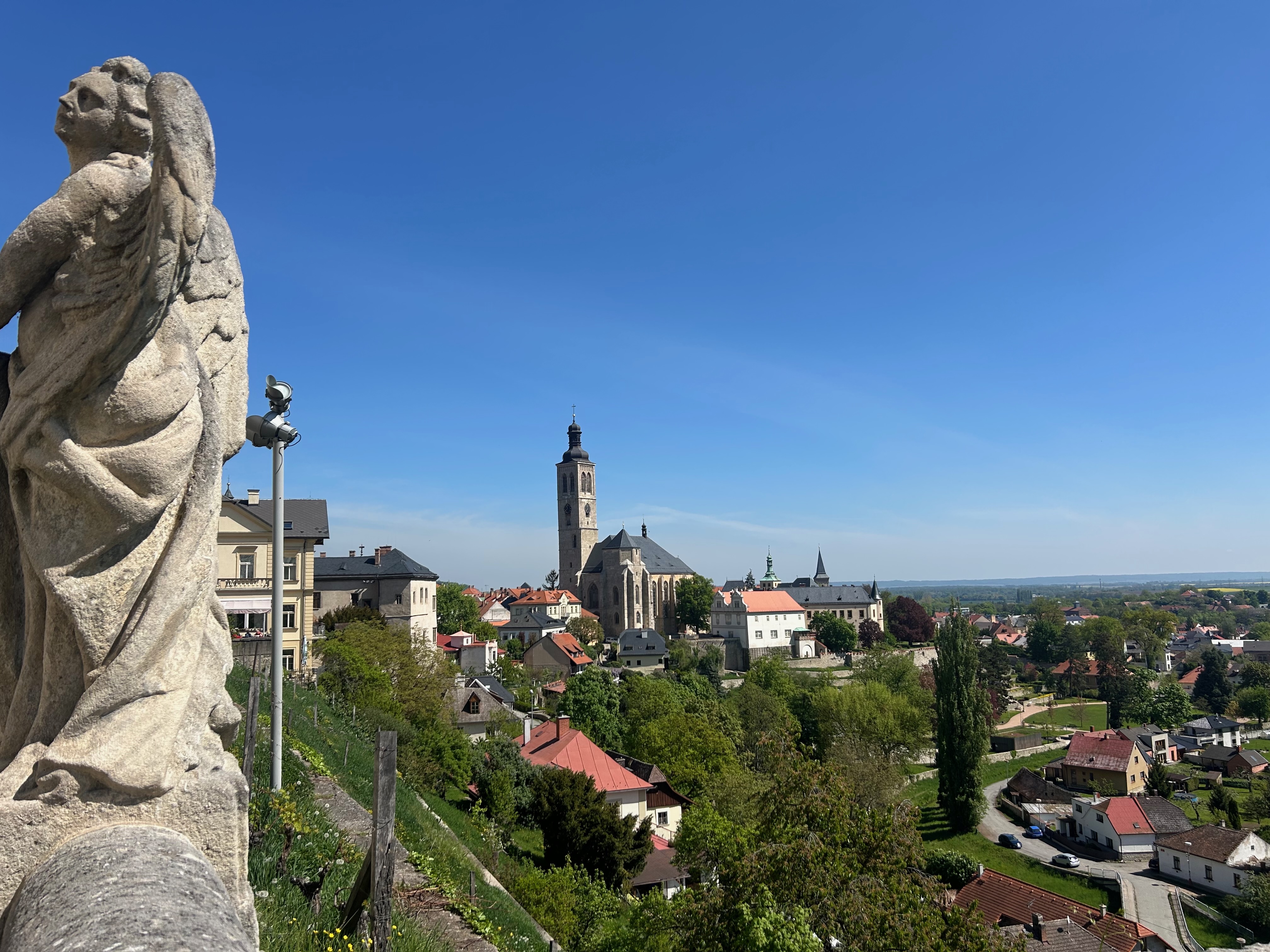 I enjoyed a delicious soup and schnitzel while soaking in the Kutná Hora atmosphere
I enjoyed a delicious soup and schnitzel while soaking in the Kutná Hora atmosphere
On the way back, I had a slightly amusing encounter with the bus driver who got upset with me for not realizing that I needed to specify which town I was traveling to, as different destinations had different fares.
I also had a funny coincidence where I met a Chinese-Singaporean couple at the Kolín train station (a larger town in the area), as we had encountered each other multiple times during the day - on the train, at the Ossuary, and at St. Barbara’s Church.
Day 5: Prague Castle Tour
I woke up early and walked to Dr. Franz Kafka’s gravesite in the New Jewish Cemetery. At the grave, there were signs pointing to famous people buried there. I had an interesting encounter with a weeping elderly woman at the grave.
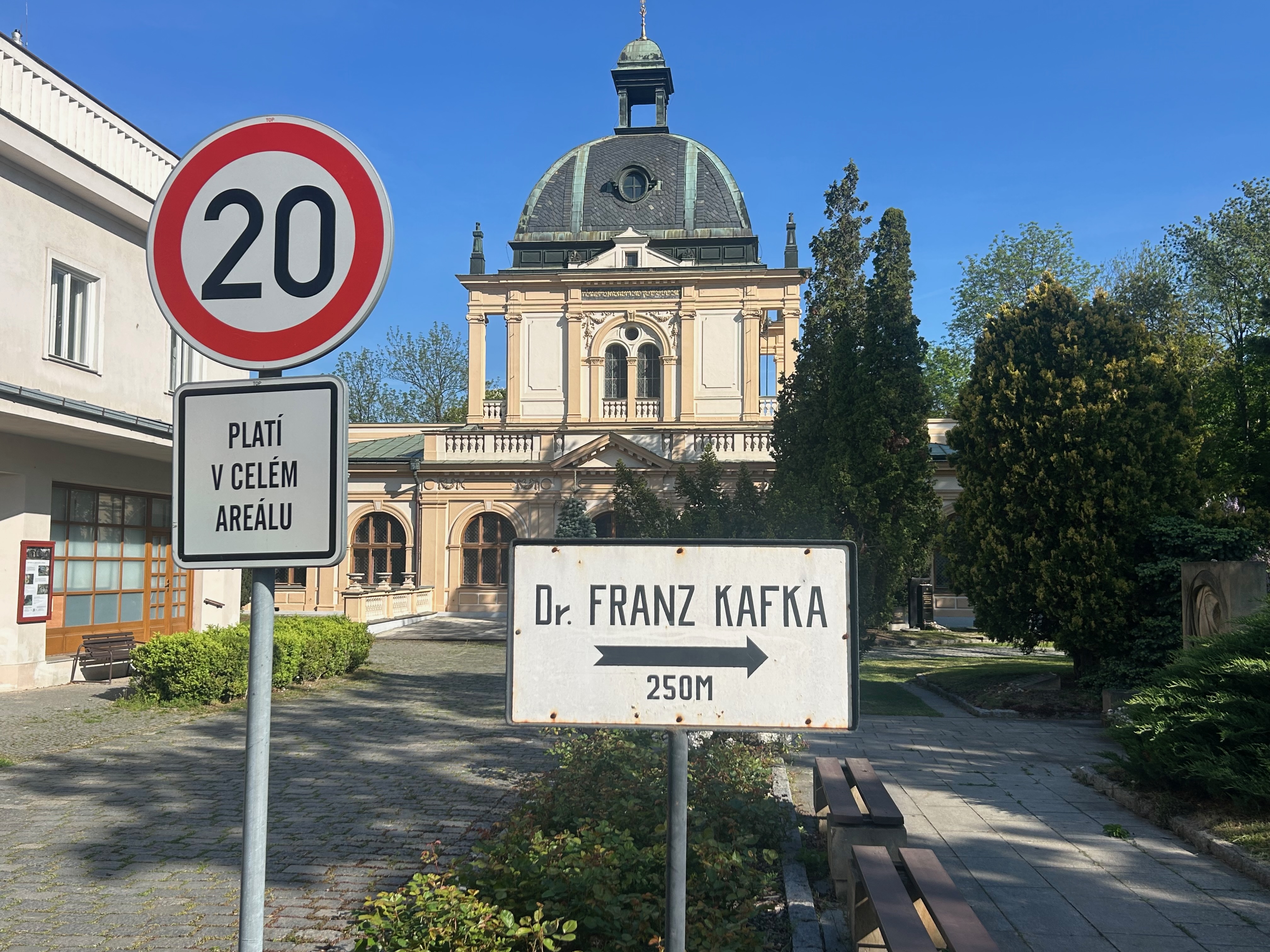
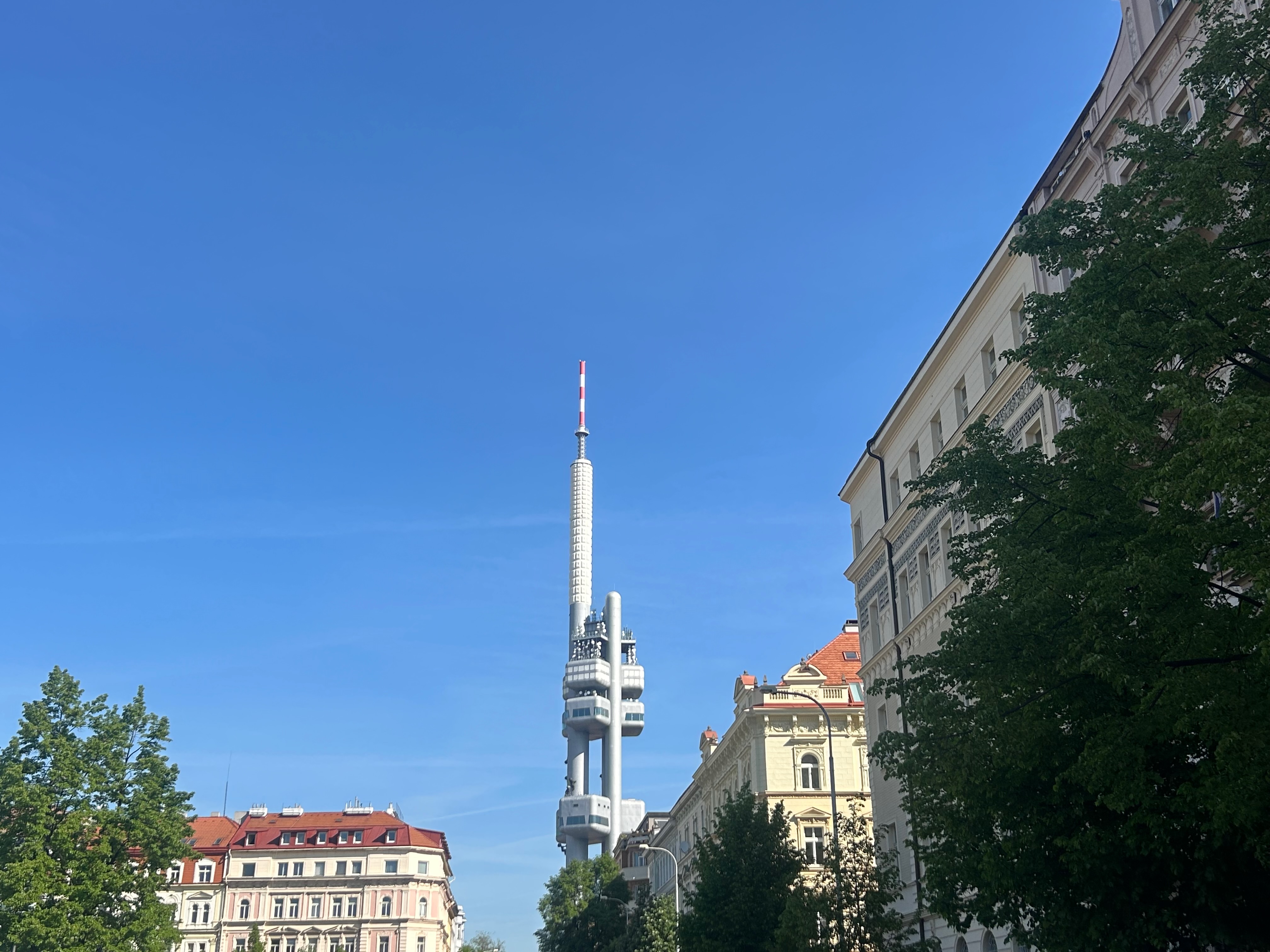 Right: Žižkov Tower
Right: Žižkov Tower
I had to hurry because I was running late for my walking tour in the Lesser Town across Charles Bridge.

The tour had an interesting setup. We met at the metro station but immediately took the tram up to see Prague Castle. Our group of about 20 people all tried to board the tram together.
It was fascinating to learn about how Charles IV, Rudolf II, and figures like Maria Theresa (mother of Marie Antoinette) shaped Prague Castle with various renovations and improvements that often spanned hundreds of years.
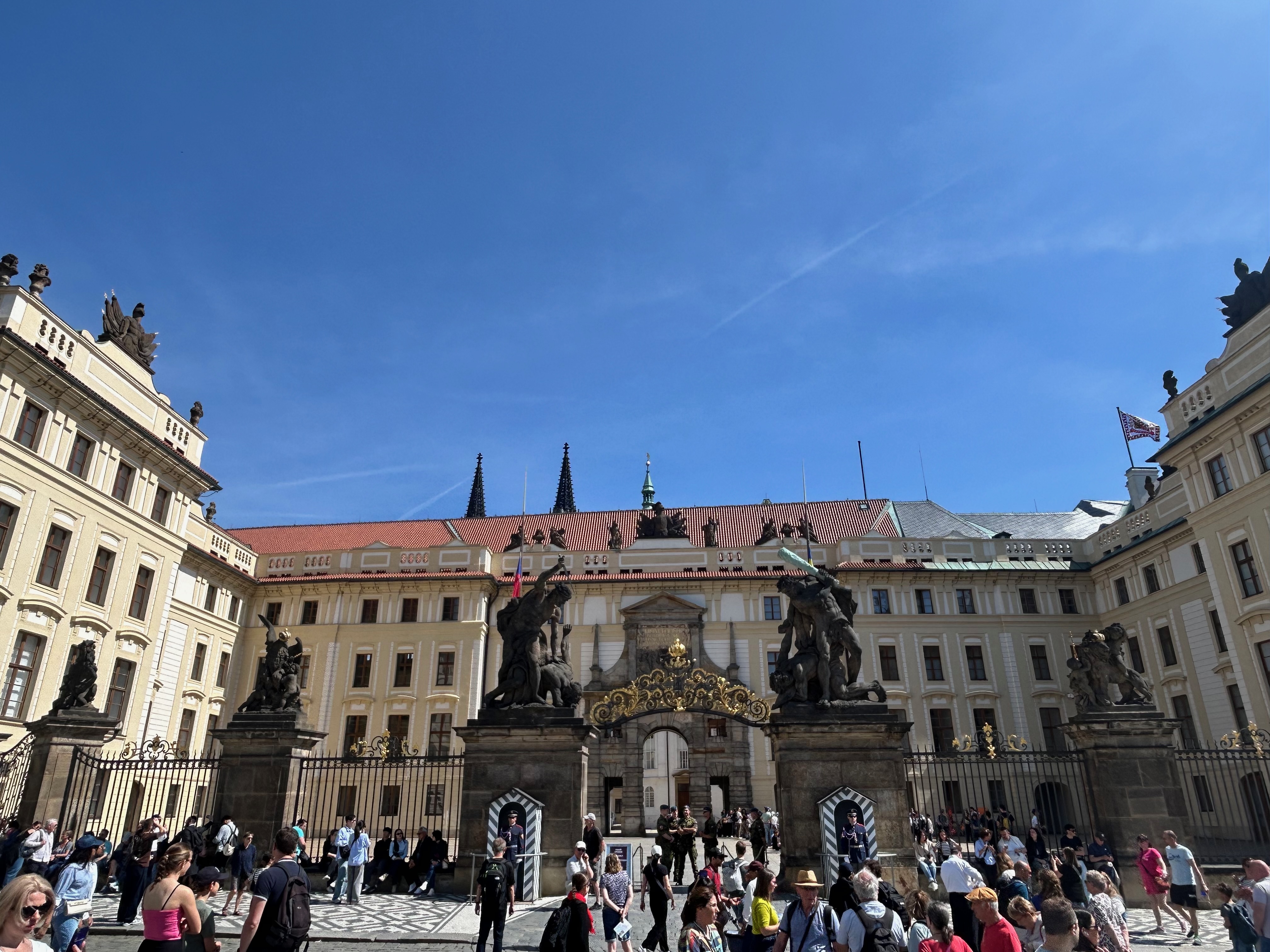
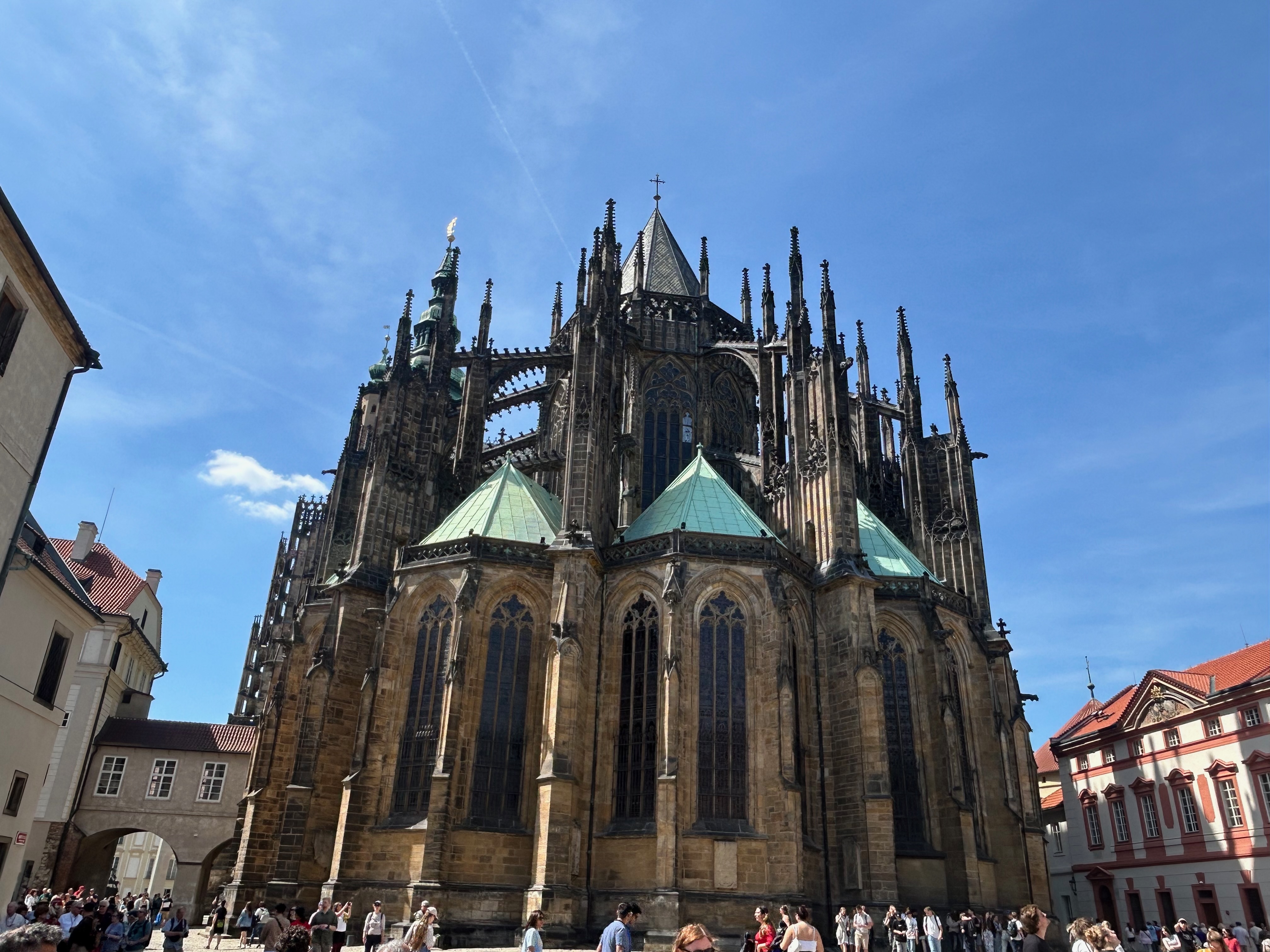
We stopped at noon to watch the changing of the guard. It reminded me of my time in the Canadian reserves when I had to practice rifle drills.
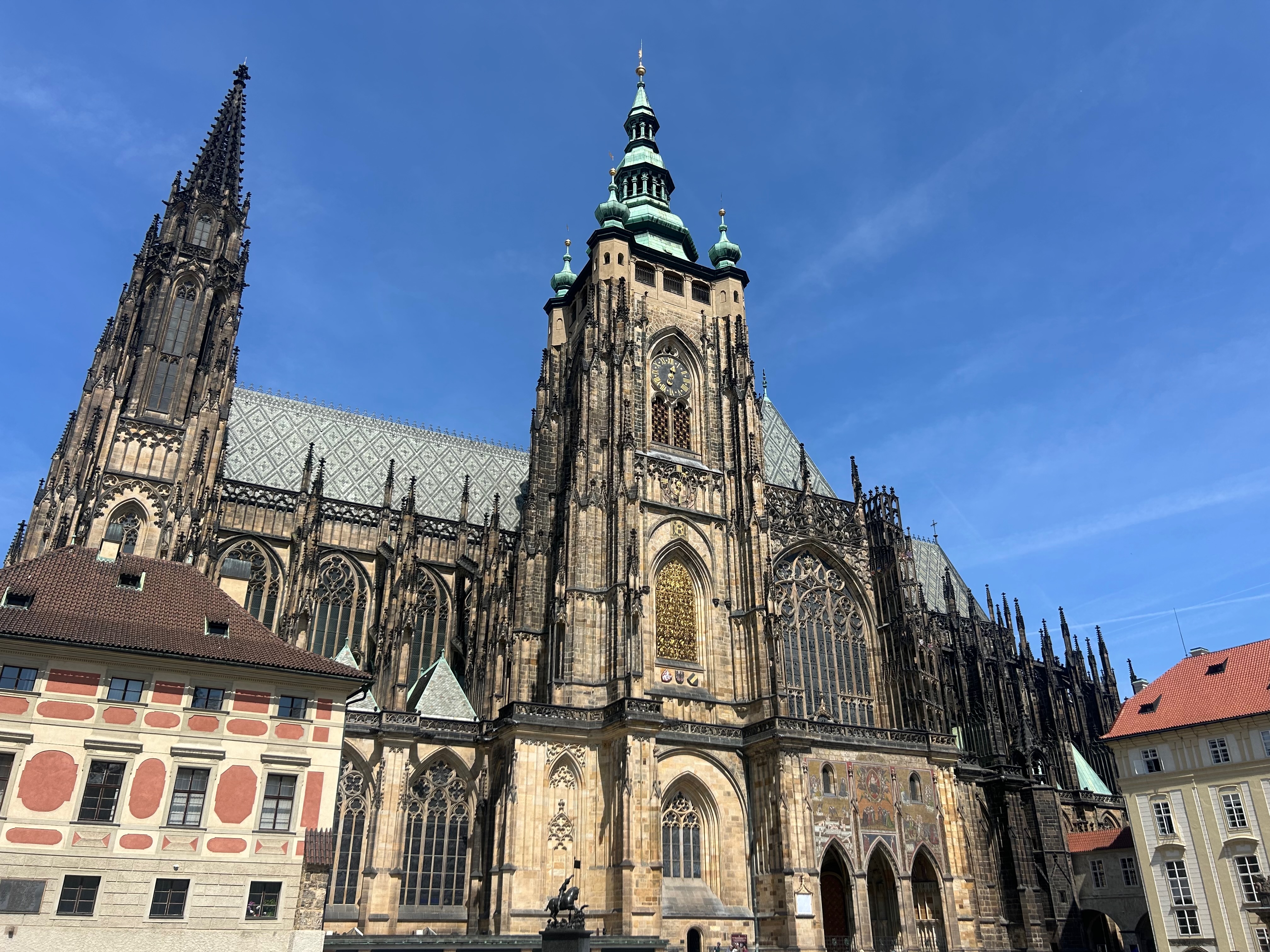
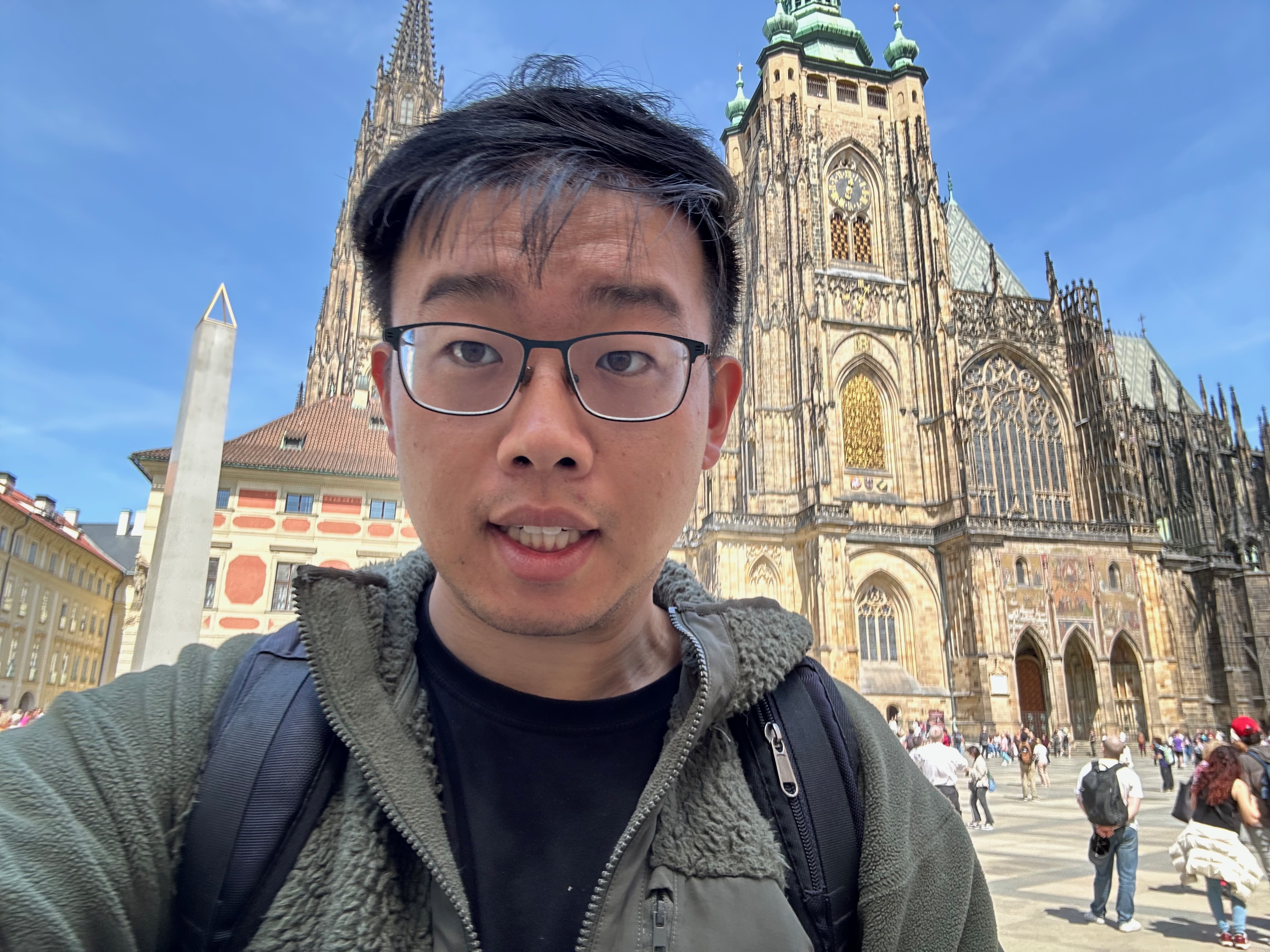
St. Vitus Cathedral is grand and full of life. The details on the twin towers are unmatched, and there is so much history and tradition as all the kings lived here throughout history.
There were three historically famous incidents of defenestration (throwing people out of windows) for religious reasons - first with Jan Hus, then during the Thirty Years’ War - all related to the conflict between Catholicism and the Reformation. I loved learning about this history in depth.
I enjoyed exploring the surrounding Lesser Town, which is serene but more colorful. (And as a frequent shopper, the shops are more unique!)
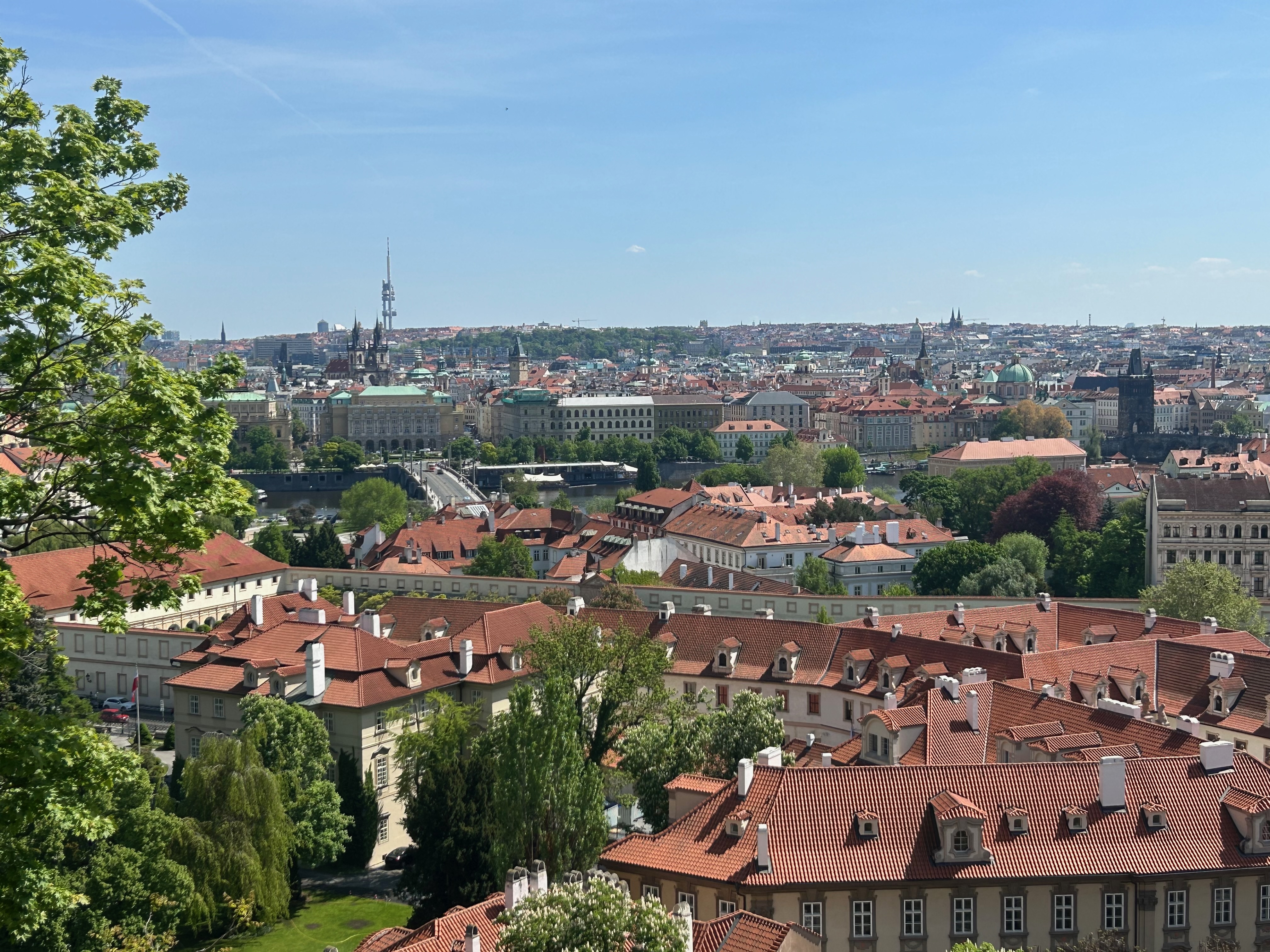
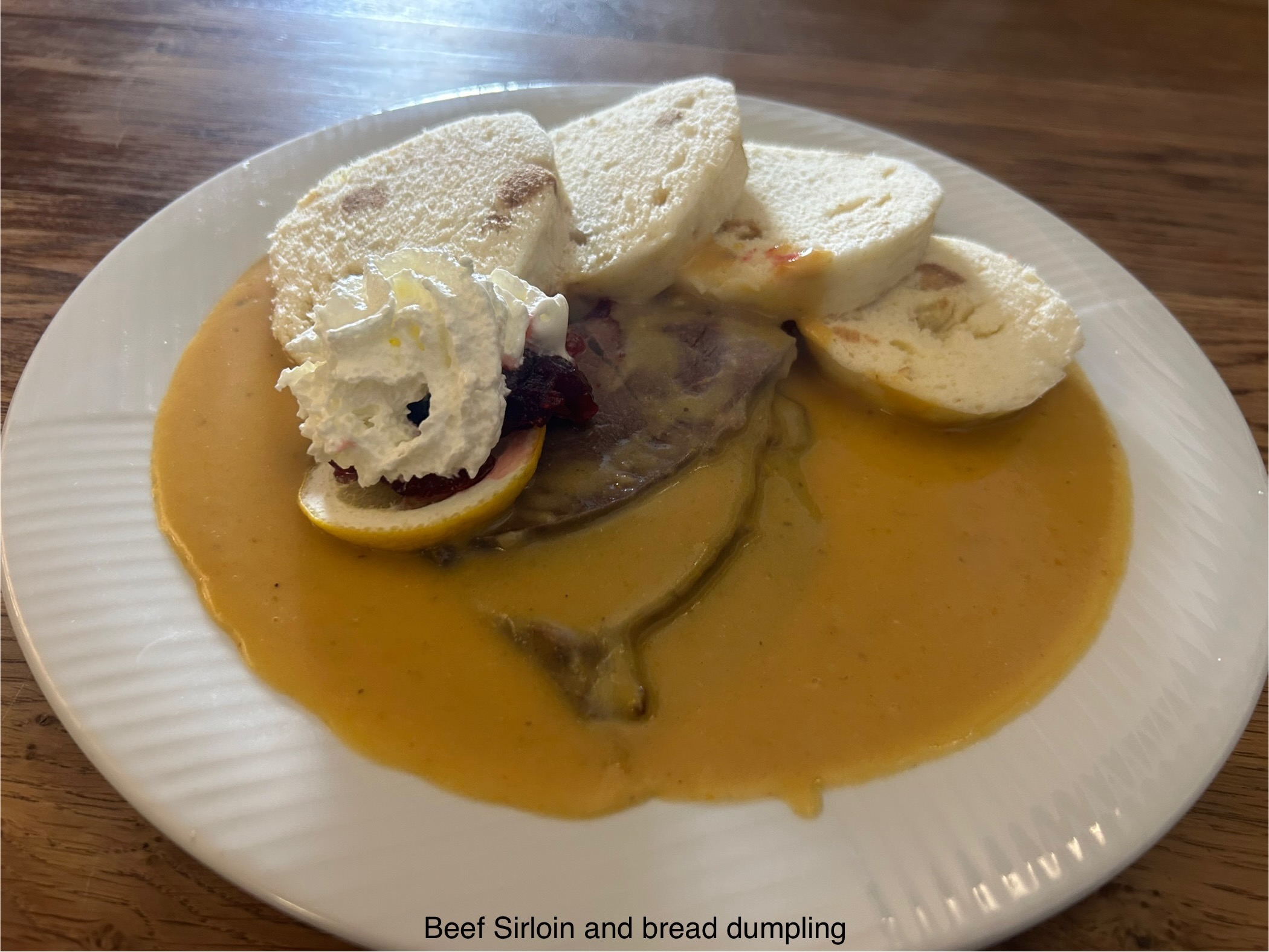
Day 6: Communist History
Going on the Communist History walking tour, I learned a great deal about the ethnic and geopolitical history of Czechoslovakia.
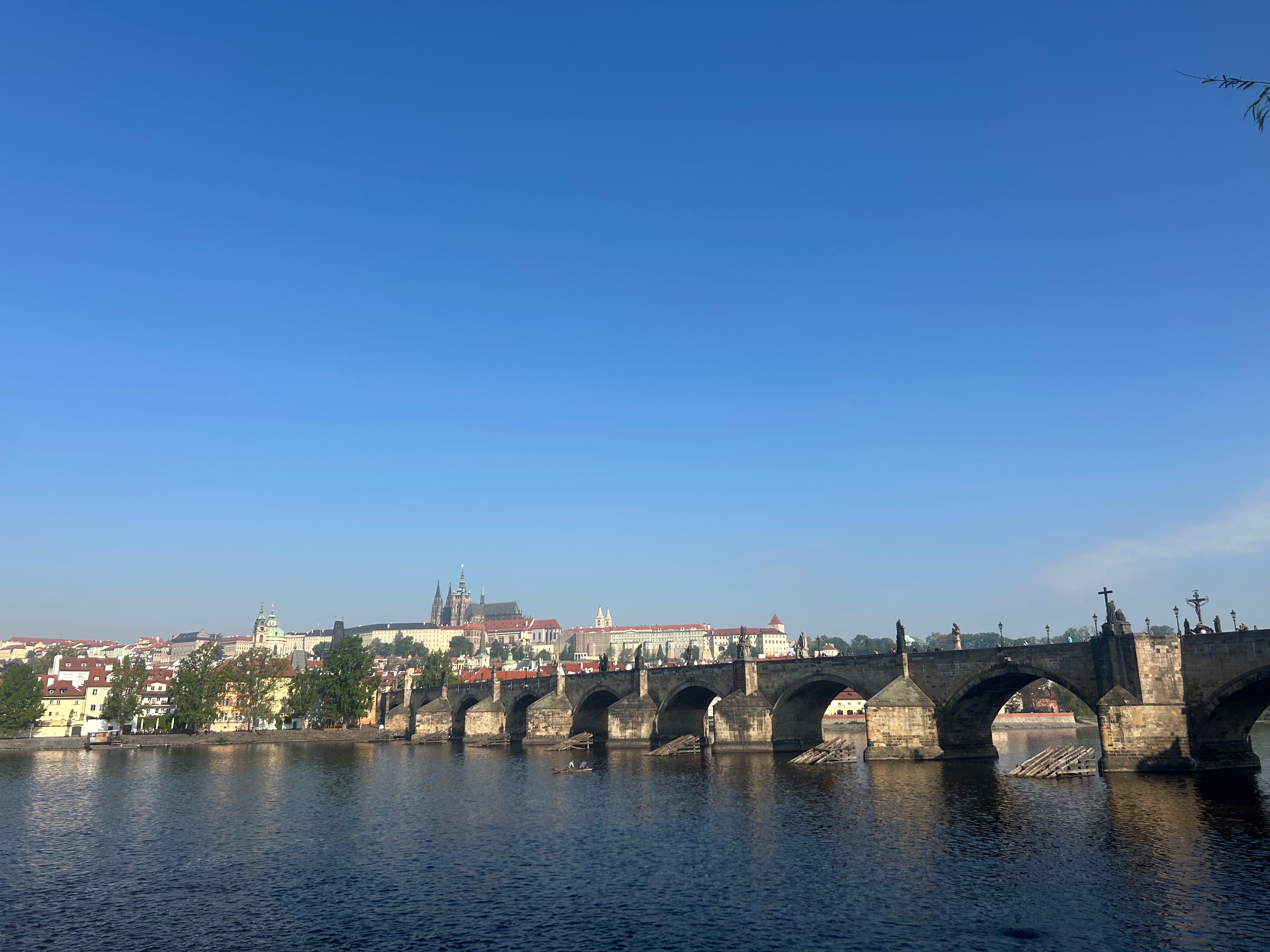
The tour began with the complex history of German-Czech relations. Germans were once an integral part of Czech and Bohemia during the Austro-Hungarian Empire. However, Czech nationalism grew, leading to tensions with the German minority.
In the 1930s, Czechoslovakia was highly industrialized, ranking among the top 10 countries in the world in GDP per capita. Most of this industry was concentrated in the Sudetenland region.
By 1935, the German minority party had become the most popular in the country, though it wasn’t in control due to the coalition government. Many Sudetenland Germans strongly desired to join the Third Reich and reunite with Germany.
The 1938 Munich Agreement proved disastrous for Czechoslovakia. Not only was the country excluded from the conference, but it also lost the Sudetenland - its industrial heartland. Despite having defense agreements with France and Western allies, Czechoslovakia received no support when Germany invaded. The situation worsened when the Czechoslovak president suffered a heart attack and ordered the army to stand down, despite having a substantial military force. Hitler soon arrived at Prague Castle, and Czechoslovakia became a German protectorate.
The tour then moved to the Jewish Quarter, where we learned about the Terezín concentration camp, located about an hour from Prague. This camp held Jews from various countries, including Denmark. When the Red Cross visited, the Nazis transformed Terezín into a propaganda showpiece, even making a film to portray it as a “spa concentration camp.”
In the main square, we discussed the WWII liberation efforts. According to the agreements, 90% of Czechoslovakia was to be liberated by the Red Army, with only 10% by American forces. Many Nazis attempted to surrender to the Americans in Pilsen. However, during the May 1945 Prague Uprising, a minor clash occurred when Praguers blocked the soldiers’ passage. Many Nazis ultimately survived by escaping through Prague.
After WWII, the Czechs took revenge on the German population. Over 90% of Germans were expelled, with many ethnic Germans being marked with swastikas. In 1997, Germany and Czechoslovakia signed a peace agreement, renouncing any territorial claims and committing to move forward. The formerly German areas were repopulated primarily by poorer Czechs and Slovaks.
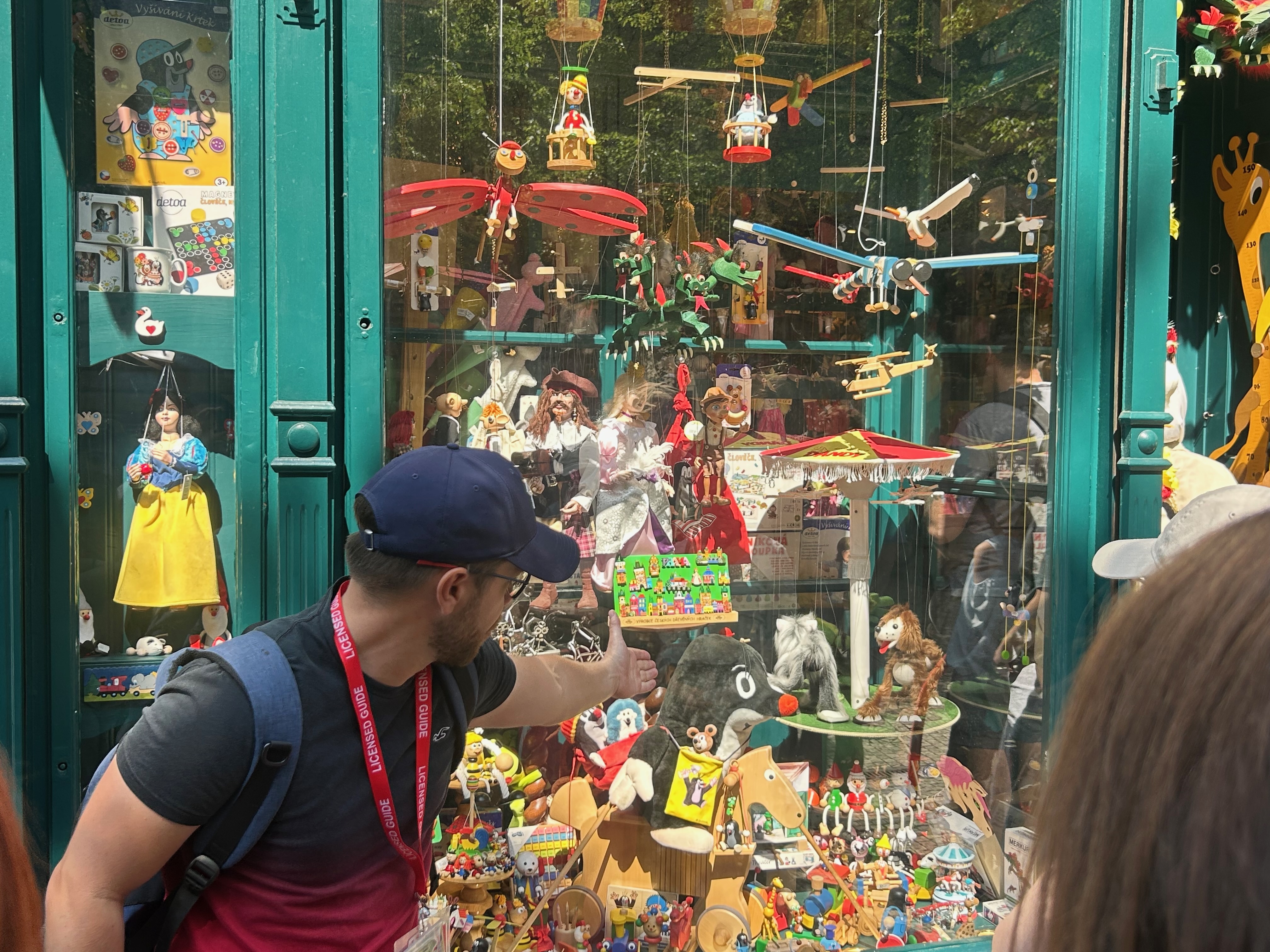
Krtek, the beloved little mole cartoon
Communism took hold in 1948, followed by severe persecutions in the 1950s. Despite being a Communist state, Czechoslovakia remained one of the wealthiest in the Eastern Bloc due to its industrial base. The Communist regime did bring some positive changes, including universal healthcare, education, social insurance, housing, and women’s rights. Notably, in the 1960s, Czechoslovakia introduced a three-year maternity leave policy that continues to this day. Even now, 25% of Czechs still live in Communist-era housing.
The 1960s also saw the Prague Spring, when Czechoslovakia attempted to liberalize with Western-style policies, including freedom of speech. However, in 1968, Warsaw Pact armies invaded, with five armies occupying the country. The president was demoted to a factory line worker as punishment.
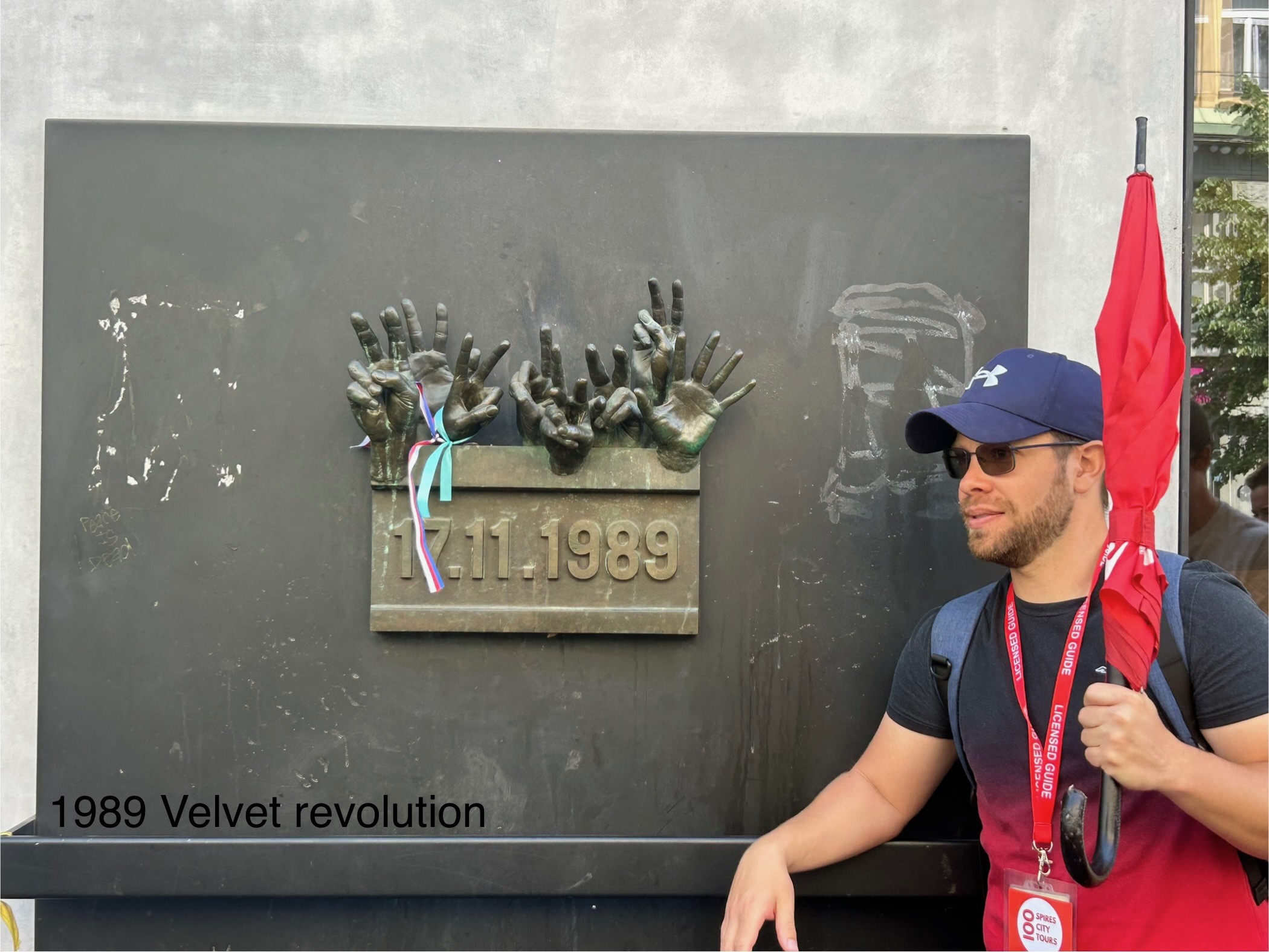
Finally, in 1989, the Velvet Revolution brought an end to Communism. After a brutal crackdown on student protests, the people took to the streets in peaceful demonstrations, ultimately leading to the fall of the Communist regime.
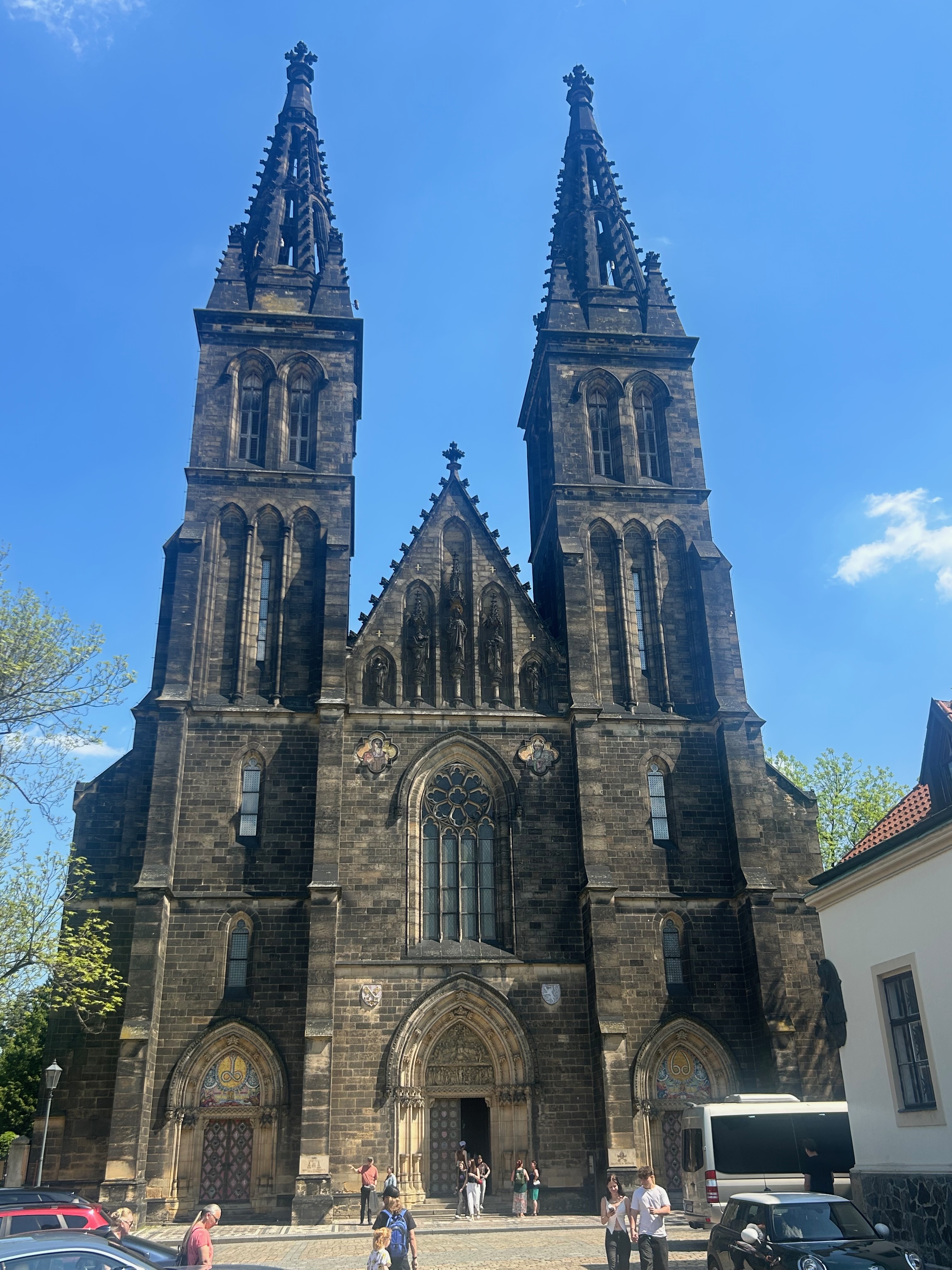
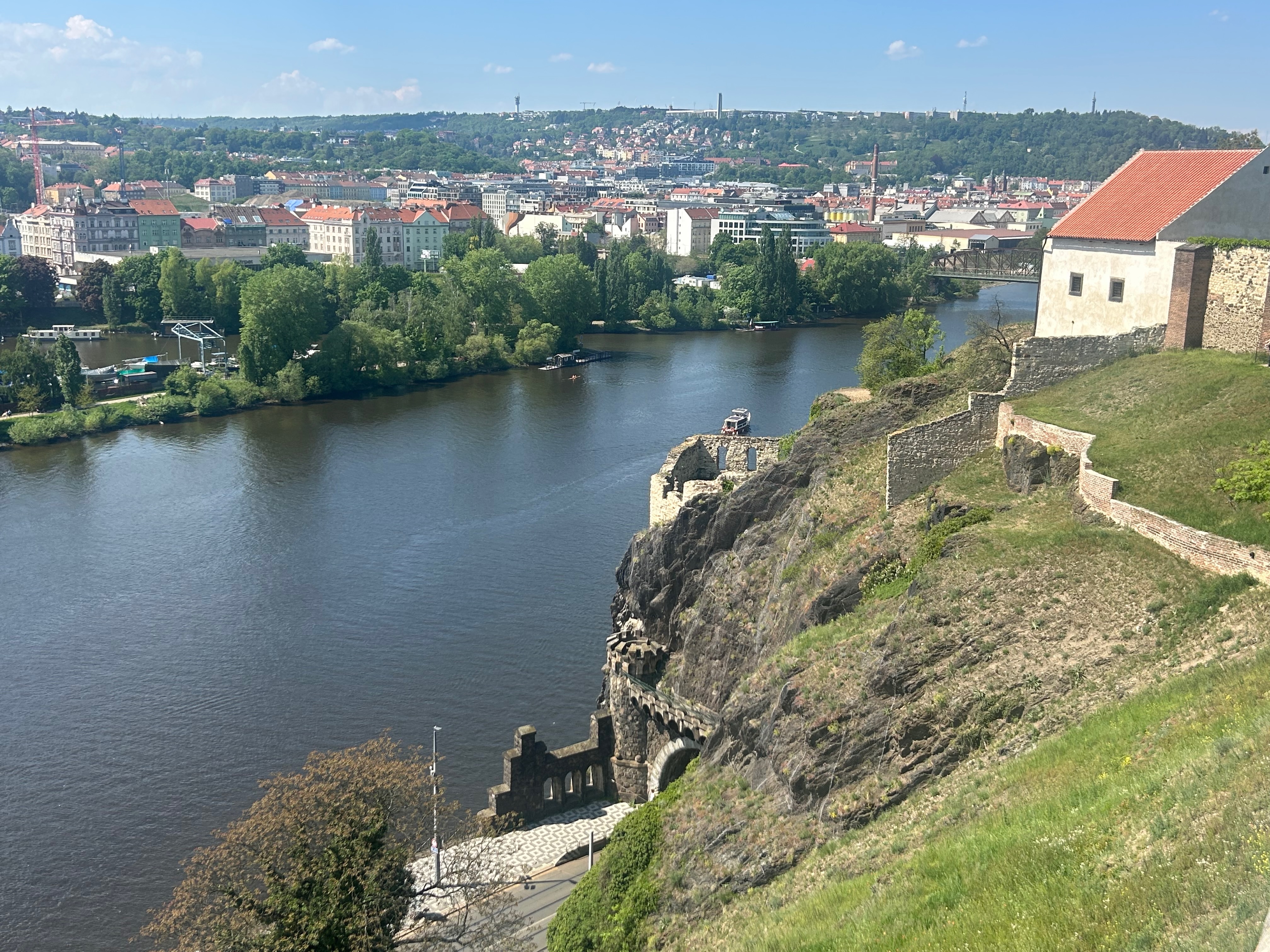
I spent that afternoon visiting Vysehrad, another historical castle. The scenery of the Vltava river and Prague skyline was fantastic.
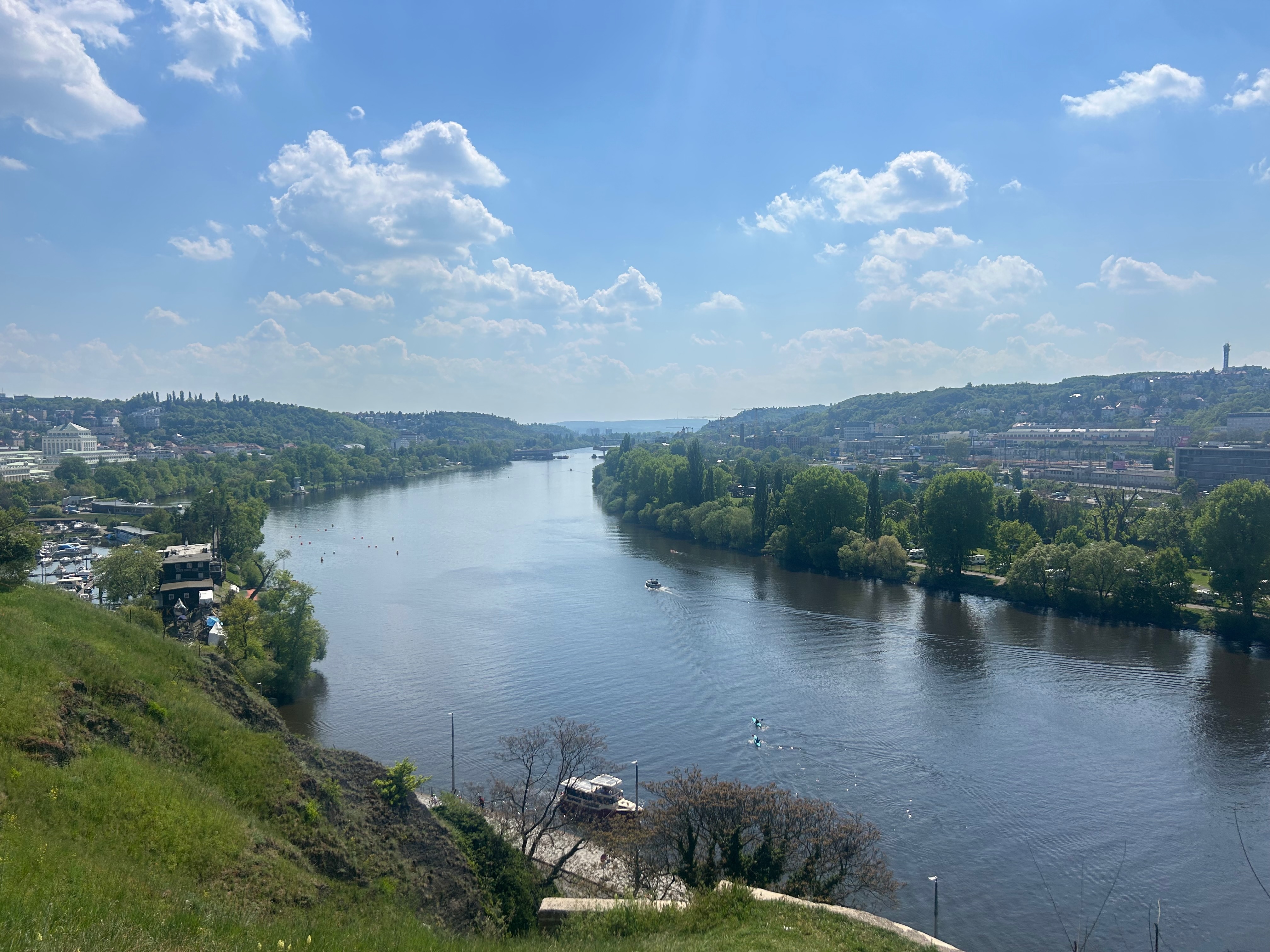
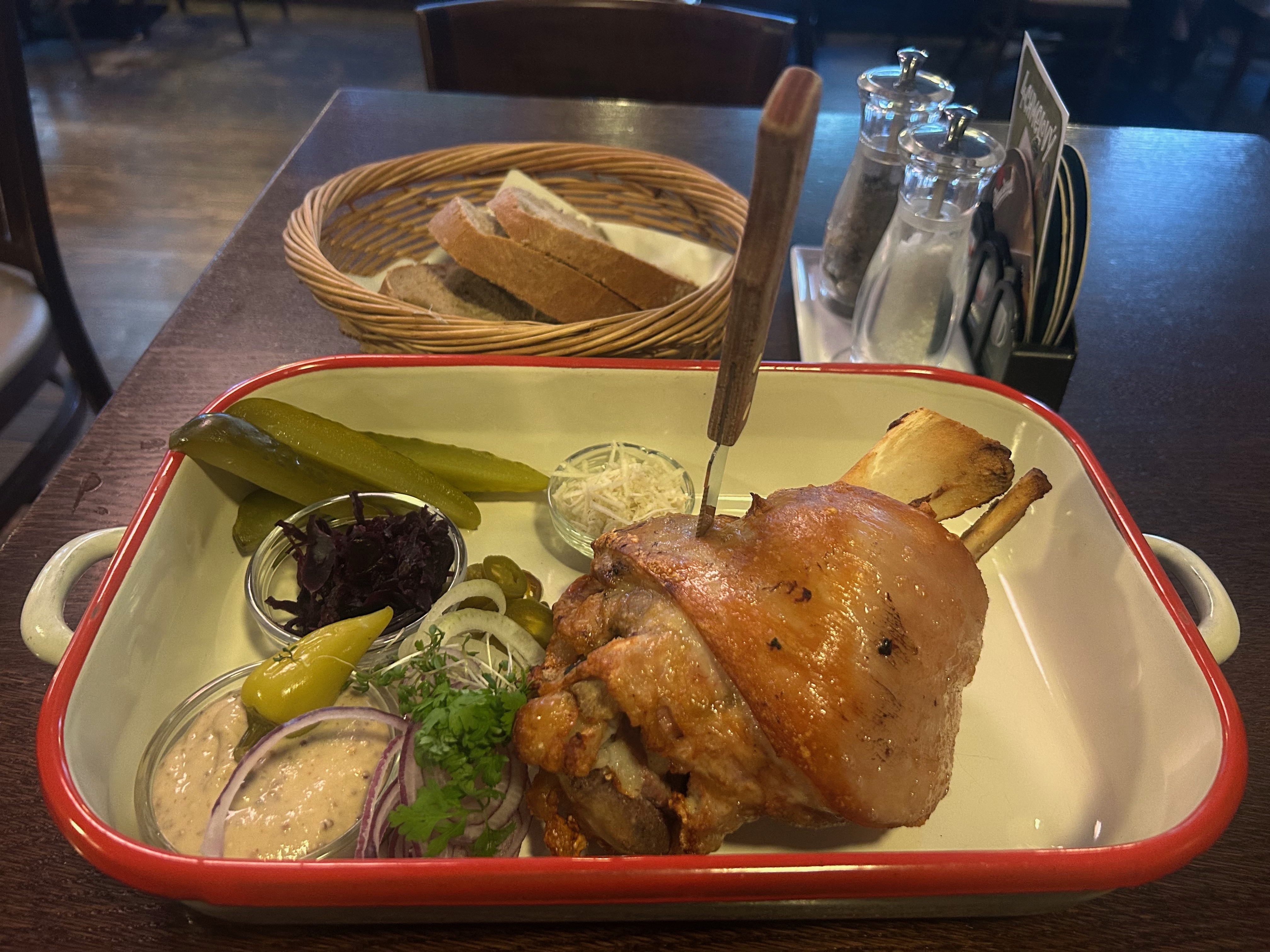
Day 7: Last day
On my last day, I walked up to the Grotta Umělá jeskyně and enjoyed the amazing garden and decorations.
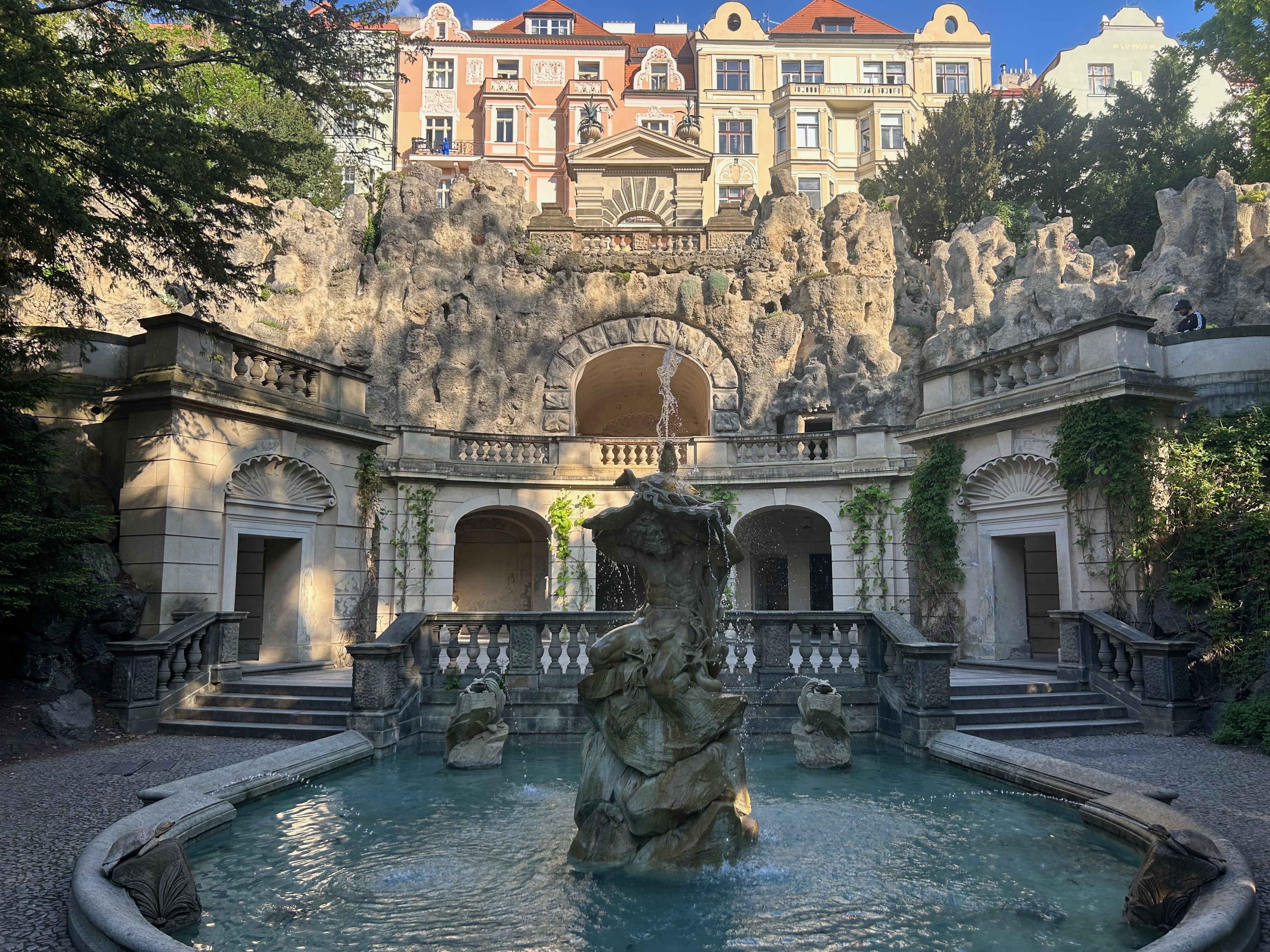

I spent the early afternoon at the Airport mall, before taking a country road to my hotel.
My last night was spent at this pilot-themed airport restaurant-inn. My room was literally in the attic, and I could open the roof window to peer at the surroundings.
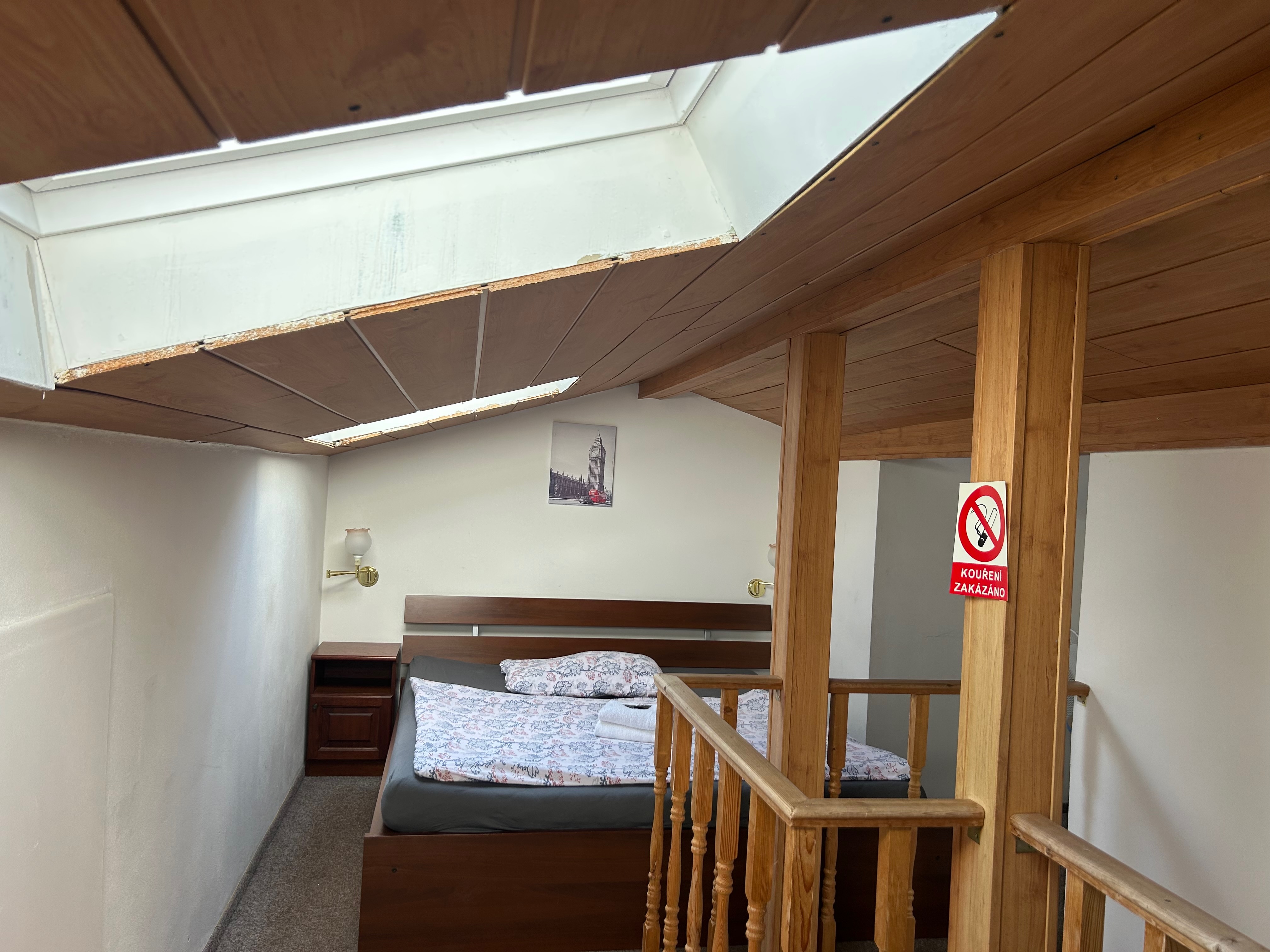
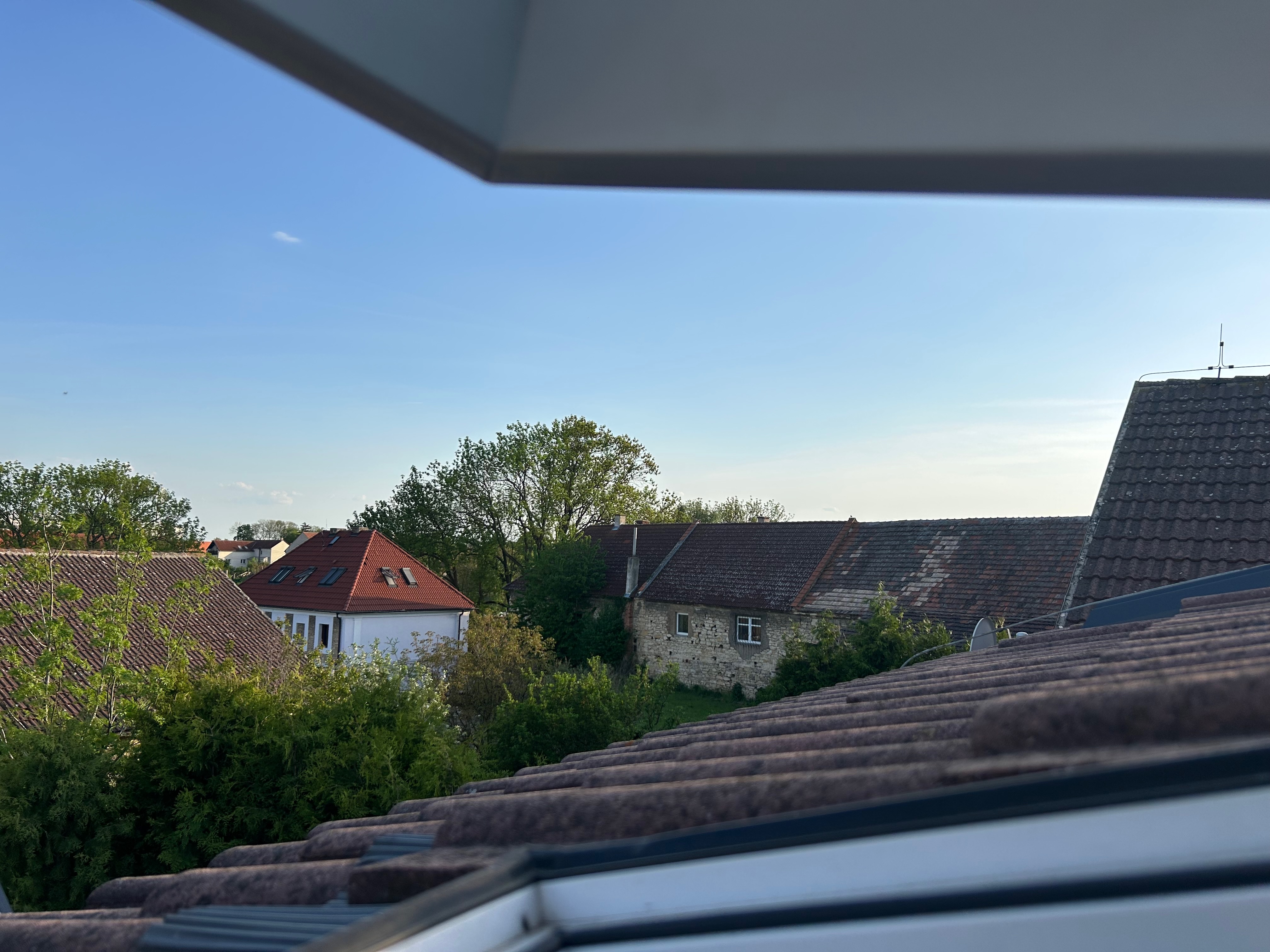
I really enjoyed dinner later that evening, people-watching the small town locals drinking some Pilsner Urquell.
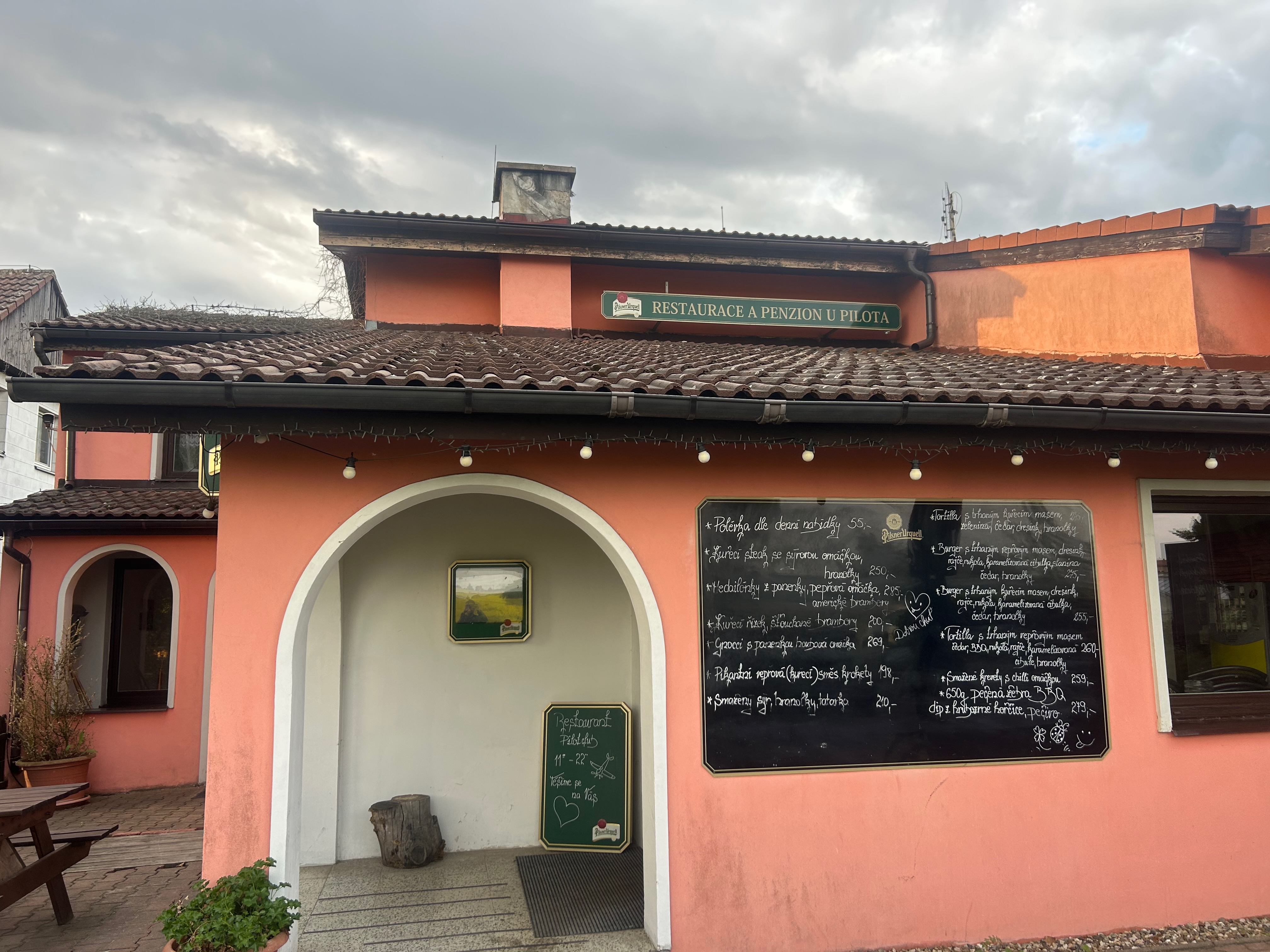
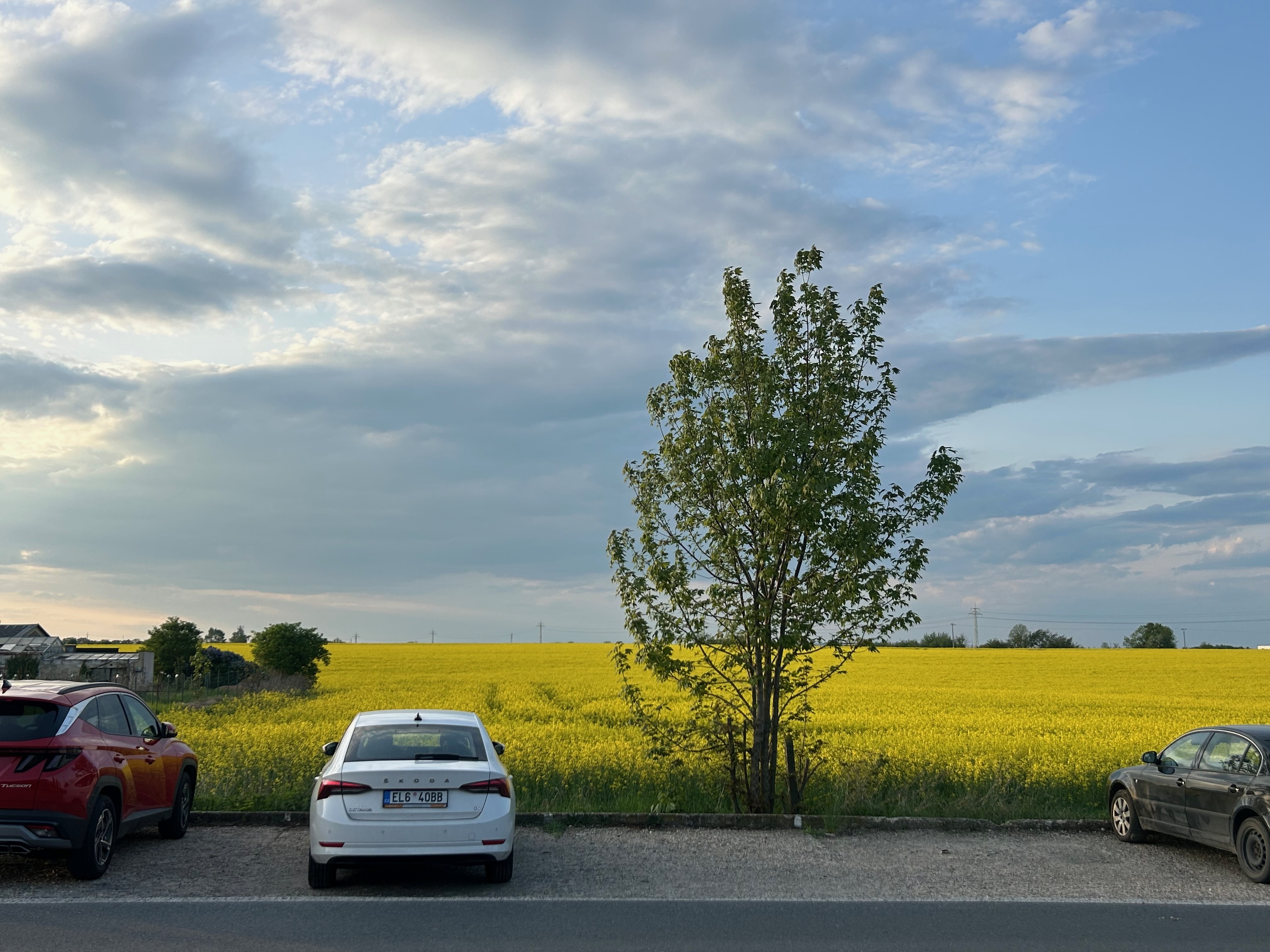
What a wonderful week in the Czech Republic!
[Receive future updates]
